|
By Alison Goldberger When I wanted to learn how to make salami I knew travelling to Italy was the only way to do it, so I booked onto the Advanced Salumi Course in Tuscany with Sapori & Saperi Adventures. The course was incredible, and I learned so much. I was also so impressed by Erica and her company that I asked her if we could collaborate. I’m a Scottish journalist and organic pig farmer but have lived and worked in Austria since 2015. Now I assist Erica with social media and online marketing. I absolutely love telling people about my time on her course and now I am excited to share with you why I think travelling with a local expert in 2022 (and beyond) can only enhance your holiday experience! Eat in incredible restaurants...and in private homes One of the most wonderful experiences I had was to dine in restaurants uncovered by Erica after years of eating and living in Tuscany. You can be guaranteed you’re not just eating in the restaurant all the other tourists found online! We were treated to dinner at Il Vecchio Mulino, where Andrea brought out course after course of exquisite local food. Many of Erica’s courses and tours also include meals in private homes. In Capezzano I was welcomed into Gabriella’s home where I ate the best seafood I’ve ever had. The freshest seafood cooked to perfection and an extremely warm welcome – it was an unforgettable experience. Learn how to make prosciutto as the artisans do Do you have a passion for prosciutto like I do? It’s unlikely you can just stroll up to any producer and they’ll tell you how it’s done. But when you travel with a local you certainly can, and they are happy to answer all your questions. When learning all about salumi in Tuscany I visited numerous artisans and gleaned the knowledge they’ve garnered over a lifetime. On these tours you’re also supporting these very small businesses, creating wonderful slow food with a passion you’re unlikely to find in large-scale producers. What’s more, you get to taste their incredible products! Savour products from small-scale producers You want to visit a local organic olive oil producer, or have always wondered how chestnut flour is produced, or perhaps gelato is more your thing? These were all requests during my course and every one was fulfilled! I took home a bag of chestnut flour after seeing how chestnuts are dried and milled. I sampled the best pistachio gelato at Cremeria Opera in Lucca and bought the tastiest new-season olive oil from Claudio Orsi of Alle Camelie. Erica has built up so many contacts across the region and she is happy to help visitors find what they’re looking for.
Erica drove us during our course so she was always on hand to answer questions and give us explanations about what we were seeing as we travelled. It was information born from a passion for Tuscany and gave us a wonderful insight into the history of the region as well as what it’s really like to live there. This is a feature of all tours and courses from Sapori & Saperi. For instance, on the Tastes & Textiles tours participants learn all about Lucca’s rich tradition of producing textiles. Meeting local craftspeople provides a wealth of knowledge you couldn’t get elsewhere! Did someone mention gelato I know one of my first thoughts when I think of Italy is gelato. We were taken for a quick pit-stop to sample some delicious gelato. It was actually in the Cremeria used for the Art & Science of Gelato course run by Sapori & Saperi. During that course participants immerse themselves in the icy world of Mirko Tognetti of Cremeria Opera Naturali per Gusto, Lucca. They learn his secrets and the science behind gelato and how to create their own flavours. Sounds like an absolute dream to me!
If you landed here by chance and would like to be notified of future posts, you can sign up here. If you’d like periodic news about our tours and courses, sign up here. This blog was originally published on Slow Travel Tours on 20 January, 2019.
0 Comments
What does Tuscan heritage mean to you? Do you think of Florence and its famous art and architecture? The leaning tower of Pisa? Maybe the landscape of vineyards, olive groves and pencil cypresses that give us Chianti and olive oil? My Italian friends from Lucca helped me design a tour based on their idea of their own heritage. They envisaged a tour that snaked diagonally across the region from Sansepolcro and Arezzo in the southeast to Lucca in the northwest. Chianti yes, but not the vineyards that leap to mind. Art and architecture yes. But no Florence. No Siena. No Pisa. Here are ten experiences they don’t want slow travellers to miss. 1: Sansepolcro (Arezzo Province) Why there? For two reasons. 1 The fresco of the ‘Resurrection’ by the hugely influential early Renaissance painter Piero della Francesca. You don’t have to be religious to be spellbound by it. Aldous Huxley called it the ‘greatest picture in the world’. 2 The Tuscan cigar. I don’t smoke and I think it would be better if no one did. But it turns out that tobacco was undoubtedly a major player in the history of Tuscany ever since 1574 when it arrived in the very spot we’re staying: Sansepolcro. From smuggling to women’s work you’ll hear all the pros and cons of tobacco at Roberta’s tobacco farm. Whatever your views, it’s fascinating seeing how tobacco leaves are harvested by hand and smoke-dried. 2: Anghiari (Arezzo Province) An English friend who accompanied me on a research trip said that of everywhere we went, it’s the place she most wants to return to. Its striking position poised on a cliff edge is attraction enough. Add to that a tour of the Jacquard looms at the Busatti linen mill, and you’ll want to return too. 3: Chianti (Florence Province) Could Chianti wine be even better if they restored all the dry-stone walling that was demolished when tractors blazed a trail through the vineyards in the 1960s and ‘70s? You can judge for yourself during a vineyard tour and tasting. 4: White Truffle (Pisa Province) San Miniato claims their white truffles are better than the more famous ones from Alba in the Piedmont. Follow the Lagotto dog, find your truffles and relish lunch with truffles in every course (except dessert). 5: Vicopisano (Pisa Province) When the Florentine Republic conquered the Pisans in 1406 they commissioned their star architect-engineer, Filippo Brunelleschi—famed for the dome of the duomo of Florence—to redesign the Pisan fortress at Vicopisano. My historian friend from Pisa says you mustn’t miss this magnificent castle, and he’s going to show you around himself. 6: Extra virgin olive oil My Slow Food friends are sure you have no idea how good extra virgin olive oil can be until you taste it here in Tuscany. It deserves the same attention you lavish on wine. 7: Lucca (Lucca Province) Lucca is so conservative that it never tore down its Renaissance walls, as if waiting for another attack. It may as well be us. And who better to show us around than a descendant of one of the noble families who ruled Lucca in the Renaissance! 8: Puccini (Lucca Province) Baritone Mattia Campetti insists that every visitor to Lucca must hear the music of that great operatic composer Giacomo Puccini in his home town. Mattia will give you a vivid and amusing tour of Puccini’s home at Torre del Lago. Be prepared for an entertaining concert when Mattia is joined by his soprano wife Michelle Buscemi. 9: Tuscan grill On the grill are a pig and a cow (no apologies for sneaking in two items here): the indigenous Cinta Senese pig (belted pig of Siena) and the white Chianina cow, possibly a descendant of the huge Palaeolithic aurochs. Their succulent flavour hasn’t diminished at all over the millennia. 10: Cantuccio (biscotti in English) Every Tuscan meal must end sweetly with cantuccini dunked in vin santo, our Tuscan dessert wine. How to book the Tuscan's Tuscany:
If my Tuscan friends have convinced you to come see Tuscany through their eyes, have a look at all the tour details here (click on the tabs below the introduction and read what appears in the window below) and email me for a booking form. If you landed here by chance and would like to be notified of future posts, you can sign up here. If you’d like periodic news about our tours and courses, sign up here.
Butter isn’t an ingredient you’ll find in traditional Tuscan cuisine. The people north of the Apennine Mountains have cows, and they make butter. In Tuscany we have sheep. Their milk is used to produce pecorino cheese (the word for sheep is ‘pecora’ and the cheese made from their milk is ‘pecorino’).
In the Garfagnana we have a native all-purpose cow good for a bit of both milk and meat, which since the diffusion of modern specialised breeds and until very recently was considered good for nothing and nearly died out completely.
Families made a little butter which they used primarily in sweet dishes. In a local cookbook compiled by a woman of Lucca, out of 179 savoury recipes only four call for butter, three contain béchamel sauce and one is the recipe of a chef who had emigrated to New York. On the other hand, almost every single one contains extra-virgin olive oil. Out of 33 desserts, 23 use butter, mostly in the pasta frolla crust of pies.
Occasionally you come across a cow family, like the Nesti of Melo (Cutigliano) into which Daniela Pagliai married. (Women rarely take their husband’s surnames, although the children bear their father’s name.) Daniela had been her father’s shepherd since she was nine and in charge of making pecorino from the age of 14. When she married, she had to change gears. She now makes several types of cow’s milk cheese, yoghurt, gelato and butter. For more about Daniela, see my blog post: Like the Seasons: the Life of a Cheesemaker.
When I take my guests to her, I always buy some butter. It conforms to two of my rules when buying food: very few ingredients and nothing I can’t understand. Andrew Wilder of Unprocessed October calls it the Kitchen Test. Daniela’s butter contains one ingredient: panna, cream.
When I first started visiting her, butter was such a minor product that she didn’t even have a special label for it. She sold it in a ricotta wrapper. Now there’s not only a label, but also an informative essay.
Daniela says: ‘Completely natural artisan production. Its distinctiveness is that during the summer the cows graze in alpine pastures producing milk rich in betacarotene, whose colour transfers to the butter making it yellow. In winter, the feed is based on hay [not silage] and the butter is paler.’
They say that variety is the spice of life, and it’s often these tiny details that distinguish the truly artisan product from a standardised industrial one. Of course, nothing beats visiting the producer and checking their claims for yourself. If you landed here by chance and would like to be notified of future posts, you can sign up here. If you’d like periodic news about our tours and courses, sign up here. This blog was originally published on Slow Travel Tours on 25 September, 2016. If you’ve been to the mountains of Italy, I bet you’ve asked this question yourself. You’re probably in a car on a road hugging a river and you’re craning your neck to look up at a terracotta-roofed village improbably balanced on an inaccessible ridge. To find the answer you have to abandon your car, get into your time-machine, key in ‘Middle Ages’ and click GO. With no discomfort on the way, you find yourself on a broad cobbled road nearly at the crest of the ridge looking down at that very spot in the valley you just vacated. You see the river running swiftly in the shadow of sheer rock walls that not even a mountain goat could scamper across. Your car is nowhere to be seen, because the road won’t be cut through the rock for several centuries. Your eyes follow the river to the left where it emerges from the gorge, still in the shade at noon, and disappears into a thicket of dense scrub on a river plain that floods in winter. You walk next to your mule laden with your jeans, T-shirts and iPad and in five minutes emerge into full sunshine at the ospedale next to the church in the village, where you are welcomed by a monk and offered a meal. As you tuck into your succulent boiled salt pork ribs, a large bowl of tasty chestnut-flour polenta and a skin of wine, you’re cooled by a soft mountain breeze that ripples through the golden farro in small terraced fields. A couple of enormous black pigs with pink belts around their middles wallow in a puddle formed by the spring that issues from higher up the mountain and provides clean cold drinking and washing water for the village. It must have been hard work creating the terraces, but the place is swarming with strapping young sons who look as if they’ve been down the gym pumping iron all morning, and it’s obvious time isn’t in short supply either. After lunch you’re not allowed to depart before having a snooze on a bed of hay in the inn, air-conditioned by the thick stone walls. Although you’ve signed up for a slow travel tour, you still have to get to the next village by evening. A shepherd setting out with his flock offers to accompany you and show you the way, not that you need help to follow the broad, well-maintained mule track bordered by dry-stone walls. He’s been visiting his sister who married one of the men in this village, and his aunt and uncle live here too. There are many family connections between adjacent villages on this slope and those just over the top behind the village. It’s all so convenient living right on the main mule track; nothing is much more than an hour’s walk away. As you amble along, he tells you that the village you’re heading for lies just below a fort, part of the Republic of Lucca’s line of defense against the warmongering Florentine Republic. The ridge serves as an ideal lookout point, but the garrisoned troops are always drunk, and he’s sure those sheep that went missing provided Sunday lunch for the officers. Besides, he lowers his voice conspiratorially, he and a couple of other shepherds, who know the tops of the mountains like the eagles, had a good trade in contraband chestnut flour and firewood with the Florentine citizens just over the border. All at an end now, of course. After about 50 minutes, at a fork in the road, the shepherd bids you farewell as he continues up to his house in the summer pasture half an hour away and you saunter down the slope to the village bar just in time for a gin and tonic and a pizza margherita. Oops! You must have accidentally hit the ESC key on the time machine. You can tell because they didn’t have tomatoes in mediaeval times, and there are those telltale electric fairy-lights in the bar garden. Oh well, now that you’re back, let’s do the return trip as a 21st-century hiker. The mule track, being inaccessible even by a Fiat Panda 4×4, has become overgrown, many of the cobbles have washed out and in places no trace is left. No matter. You shoulder your rucksack and set off down the tarmac road to the valley bottom, which takes 45 minutes. Turn left and walk along the state highway cut into the sides of the valley or raised above the boggy valley bottom. The sun finally got here at about 12.30 pm, the tarmac is still blazing hot and there’s no cooling mountain breeze down here. An hour later you arrive at a village in the valley bottom, built mostly since the 1950s to be near the factories that exploit the river water. Turn left and for another hour and a quarter climb steadily following the interminable switchbacks of the car road, built in the late ‘50s, to arrive after a grand total of 3 hours back where you had lunch. QED. Where did that mule go? If you landed here by chance and would like to be notified of future posts, you can sign up here.
If you’d like periodic news about our tours and courses, sign up here. This blog was originally published on Slow Travel Tours on 7 March, 2011. This blog was originally published on Slow Travel Tours on 28 January 2017. Did you know that olive oil is the only common cooking oil that is the juice of a fruit? All the other oils we use in our kitchen come from seeds: sunflower, rapeseed (canola), peanut and grapeseed. This realisation leads directly to another question. Would you cut an orange, leave it on the counter for a week and then squeeze and drink the juice? Would you step on an apple, leave it on the table for three days and then eat it? Yet that’s what happens to many olives before they’re pressed to extract olive juice. I’ve tasted and written a lot about olive oil, but this idea had completely escaped me until I met Elisabetta Sebastio last year. She’s a professional olive oil taster both for Italian Chambers of Commerce and international olive oil competitions. We ran our first full-day olive oil class during my Autumn in Tuscany tour in November 2016 (now we run a full course on the subject of olive oil: Olive Oil: Tree to Table in Tuscany). It was a revelation for all of us. We gathered around her kitchen table. She taught us how the professionals taste and rate oil. We tasted eight olive oils. The first was a surprise and I don’t want to ruin the impact by telling you what it was. Then there were four new-season oils: one from Sicily, two from Tuscany and one from the Abruzzo. Some people liked the tomato scent of the Sicilian one, others the bitter piquancy of the Tuscans. Lots preferred the less in-your-face qualities of the Abruzzese. Under Elisabetta’s guidance it was so easy and we were proudly feeling like experts when we started on the three defective oils. Wow! It was so clear that they didn’t measure up, and we could describe what was wrong with them: rancid, vinegary and fusty. We didn’t want to put them in our mouths. You’ll taste lots of mildly rancid oils in restaurants due to poor storage in clear bottles in the warmth. There were more revelations. Contrary to popular belief, true extra-virgin olive oil has the highest smoke point of any vegetable cooking oil. Another fact some people don’t realise is that it deteriorates with every passing day, even in a sealed bottle. If you’ve got some excellent oil, carpe diem. It will be worse tomorrow. But olive juice isn’t just for cooking. In Italy it’s mainly used as a condiment, like salt and pepper. This got us thinking about which olive oil goes best with which foods. Elisabetta had devised a lunch to demonstrate the classic pairing of regional dishes with an oil of the same region. We got to help prepare orecchiette (an ear-shaped pasta from Puglia) with an artichoke sauce seasoned with extra-virgin olive oil from Puglia. Sadly, we ran out of space in our stomachs before we could taste all the different dishes Elisabetta had prepared. I took another group to her home in December. One of them loved chocolate and Elisabetta assured me she could source some olive-oil flavoured chocolate. The platter of chocolates was beguiling and they tasted fantastic. She had made them herself! Join me on the course Olive Oil: Tree to Table in Tuscany from 18–23 November 2021 and meet the amazing Elisabetta and have fun with olive juice.
If you landed here by chance and would like to be notified of future posts, you can sign up here. If you’d like periodic news about our tours and courses, sign up here. Since we’re free to travel around Italy again and there are relatively few tourists, I decided to try out public transport and Pompei. I’ve never visited before. Even though I worked for 10 years as an archaeologist, I studied the neolithic, prehistory, not that modern Roman stuff with written records. Now that I live and walk among Roman remains, I’ve totally changed my attitude. I drive over the mountain to Pescia (home of Tommaso who teaches the wine-dyeing workshop during my Tastes & Textiles: Wine to Dye For tour). I park in the free car park at the station and board the train to Florence, from where I’ll change for the high-speed train to Napoli. The number of new and existing cases of Covid-19 is very low in Italy. Both Trenitalia and its rival Italo (pronounced eat-a-law) are trying hard to sanitise and respect social distancing. In the trains all the passengers are wearing masks and using the hand sanitiser installed at every door. Nevertheless, during lockdown we were trained to be very cautious, and even if the risk is very low, I admit I would have felt safer in my own car or a hire car or van with a driver I trust, like I use for my tours. Arriving at Napoli, my collaborator on my cheese courses is waiting to welcome me. Maria Sarnataro was born in Napoli and has booked me into Palazzo d'Auria, a beautiful B&B right in the middle of the historic centre. I’m relieved to have her by my side. It’s my first visit to the city and there are so many rumours about it being dangerous. In fact, I soon realise it’s no more dangerous than any large city, London, Paris, Milan or Rome. And the people are so welcoming! And here is my spacious apartment... When Maria and I are together, food is always uppermost in our minds. After checking into the B&B, Maria conducts me immediately to sample the famous sfogliata (more properly called sfogliatella) of Napoli in one of its most famous pastry shop. She explains there are two types. Both are filled with pastry cream containing ricotta and crystallised fruit, but riccia is a crispy puff pastry and frolla is more like a cake. Of course we have to try both! We’ve only gone a few steps from our sfogliata tasting at Scaturchio when Maria turns into another bakery, this one famous for its taralli. If you’re thinking taralli from Puglia, forget it. Apart from the shape, the taralli of Napoli are a different thing entirely, and in my opinion, are in a completely different class. Next time you’re in Napoli, arrive with a good appetite and head straight for Leopoldo! Enough food for the body. Now I want some food for the mind. I go to the National Archaeological Museum to check out the artefacts discovered during excavations at Pompei. Of course I’m drawn to those related to food production and eating. Then there's this interesting pan. I asked our Facebook followers if they had an idea what it could be used for. We had a few suggestions: snails or donuts! Dinner had to be the true Neapolitan pizza at Pizzeria Sorbillo - Centro Storico, only a few steps from my B&B. The menu of pizzas was long and creative, but in the end I chose a simple margherita with mozzarella di bufala DOP and a bottle of craft beer to wash it down. (Be sure to book in advance. Outside there was a crowd of people waiting to get a table.) You must book your ticket for the Pompei archaeological site in advance online. Now a tip for those of you who want to take the train from Napoli to Pompei. There are two services: the normal Trenitalia service and something called Circumvesuviana. Both depart from Napoli Piazza Garibaldi but they stop at different places in Pompei. Since I wanted to enter at Piazza Anfiteatro, I chose the normal Trenitalia service, for which I could also buy a ticket online. The Circumvesuviana requires you to buy the ticket from a nearby newsagent or a ticket machine at the station, and I didn’t want the stress of arriving early to buy a ticket. Maria said I’d made the right choice. To save you wondering, as I did, why Napoli Centrale and Napoli Piazza Garibaldi are at the same place on Google maps, they ARE in the same place except that the latter is beneath the former; to get to it you descend an escalator from inside the main station. Google can’t yet display 3D. I got off the train at Pompei and walked 10 minutes to the entrance to the archaeological site. Here’s a preview of what you'll see. For what is probably my only visit to Pompei, I had decided to splurge and hire a private guide. I lucked out with Francesco Tufano. He’s an archaeologist and could answer all my questions and more. I asked him to concentrate on food and food production, but I'm glad he couldn’t bear to omit many of the other interesting facts and features. Starting with Roman wine, archaeologists discovered exactly where and how far apart the vines were planted by pouring plaster into the holes left in the soil by the roots when the site was covered by volcanic ash. From that evidence they have planted a new vineyard with an old variety of grapes and are cultivating it according to methods found in Roman sources. I should have bought a bottle of the wine, but I didn’t have time. That’s the trouble with fast travel. Plan to spend a whole day! More about food and dining at Pompei. Francesco explained that Romans of that period (Vesuvius erupted in 79 AD) ate breakfast at home but lunched out. The photo below shows the breakfast room in a domus, the city home of a well-to-do citizen. The ‘steps’ at the back were a waterfall, and at the front are Carrara marble benches on which the people reclined while eating. There was a pool in the centre. This house was equipped with its own oven, but many people bought bread from a bakery. Lunch Pompei style! We walk along the pavement (sidewalk) of the main street paved with flat slabs of stone, uncharacteristically empty of tourists. Being thirsty, we stop for a drink at one of the Roman fountains. This lunch place reminds me of tavernas in Greece in the late ‘60s (maybe today too, but I haven’t been back) where, instead of a menu, the dishes were on display. The pots in holes in the counter kept food either hot or cold. You chose what you wanted and went to the dining room at the back to eat it. A little way down the street, after the phallic symbol pointing to the brothel on the right (prostitution was legal), we come to a bakery on the left. Further along are the baths. Men and women weren't allowed in at the same time and entered and exited by different gates. A parting photo from Pompei. The statue isn't antique. It's modern. I'll leave you to look it up on Google.
I’m headed further south to the National Park of Cilento to stay with Maria, my collaborator on my cheese courses who showed me around Napoli when I arrived. We'll post another blog next week featuring my three days of mozzarella, wine and other good food! If you'd like to join us to explore Italy during one of our many tours or courses, please visit our website and drop me an email to find out more! Another tour that didn't take place due to the coronavirus. Since many of you enjoyed the virtual Celebrating Sardinia tour and the Theory & Practice of Italian Cheese course, I’m going to lead you on a virtual Woad & Wool tour. Arm yourself with a cup of coffee or a glass of wine and enjoy the journey. Since my tours take you far away from the well-trodden tourist routes, a couple of maps will help you get your bearings. Saturday 16 May 2020 You’ve already arrived at Arezzo, a beautiful little town in southeastern Tuscany. I advise arriving a day or two before the tour so you can get to know it. There are many things to enjoy, and I only take you to the ones you probably won't find on your own. You’re probably a weaver or spinner or dyer, or maybe you’re interested in beautiful handcrafted objects even though you don’t make them yourself. You definitely like eating good natural food made with local ingredients! Right now we’re having lunch at my favourite restaurant in Arezzo, La Tagliatella, where mamma is in the kitchen, a son is a distinguished sangiovese wine sommelier (Chianti is mostly sangiovese grapes) and I’ve never seen another tourist. I introduce you to my dear friend and co-leader Cheryl Alexander of Italian Excursion, and we’re all talking excitedly as we get to know each other. After lunch we drive east and slightly north, over a mountain pass from Tuscany into the region of Le Marche. Take a good look at the trees. They were felled and floated down the Tiber River to be used as beams for many of the magnificent churches of Rome. We descend to the Metauro River valley and arrive at Oasi San Benedetto, a 9th-century former Benedictine abbey. In the abbey dining room, dinner cooked by the inimitable Patrizia Carlo is super-abundant and anything but plain. The first of our stomach-stretching exercises. Sunday 17 May 2020 Today we get to know the Metauro River valley. Fifteen minutes down the valley is Mercatello sul Metauro. Beatrice Cantucci has organised our morning, which starts with a tour of her mediaeval town. As fascinating as her tour is, it’s the women of the local lacemaking club and the men of the Academia del Padlot who win the day. The women are such good and patient teachers that you manage to make a creditable strip of lace even if you’ve never touched a lace bobbin before. Of equal skill among the pots and pans of the kitchen are the men who cook our lunch in their clubroom over a bar (=pub). They’re delighted when I ask if we can come into the kitchen to watch them at work. I’d be incredibly nervous frying so many eggs, but there’s no better combination than perfectly fried egg and the crispy fried goleta di Mercatello (pork cheek similar to bacon). After lunch some of you might opt to go back to the monastery for a virtual rest, but I wouldn’t advise it because our visit to the Roman house in Sant’Angelo in Vado is too interesting to miss. Unfortunately for the inhabitants, but fortunately for us, in the 6th century AD the Ostrogoths totally destroyed the town and it was completely silted over by the Metauro River. The mosaic floors of the Domus del Mito (House of Myth) are so well preserved that you feel as if the Roman family, who lived here toward the end of the 1st century AD, have gone shopping and will be back soon. Monday 18 May 2020 Today is our virtual woad dyeing workshop with Max, one of the highlights of our virtual Woad & Wool tour. We roll out of bed, grab some breakfast and meet Max next door at his Museum of Natural Colours. The lengthy preparation of blue dye from leaves of the woad plant (Isatis tinctoria) made it affordable only by the aristocracy. One of those was Federico da Montefeltro, Duke of Urbino, who ruled this part of Le Marche in the 15th century. I’m sure you know this portrait by Piero della Francesca, who we’ll meet later in the tour. He’s depicted in red, but in fact the Montefeltro colours were blue (woad) and gold (reseda or dyer’s weld). I hope this year was a better year for reseda. Since last year was terrible, we used imported annatto instead. Max does lots of workshops with children, and besides the dyeing, you find yourself grinding pigments and painting with them. In the afternoon we join Patrizia in the kitchen for a lesson preparing food of various colours. 'I just got some local violet potatoes’, she says excitedly. ‘Let’s make gnocchi’. And you do. Tuesday 19 May 2020 Sad to say, this morning you must leave the virtual Oasi di San Benedetto, but I promise you that the rest of the virtual Woad & Wool tour will be equally entrancing. We drive from the region of Le Marche back over the mountain pass into Umbria. A friend of mine who studies history obsessively explained to me that Le Marche translates as ’The Marches’ which in mediaeval Europe was a border between realms, in this case three: Tuscany, Umbria and Romagna (now part of Emilia-Romagna). We are touring the orchards at the Archeologia Arborea (Arboreal Archaeology) with the inspirational Isabella dalla Ragione. With her father she started salvaging ancient local fruit varieties, many dating back at least to the 15th century. She studies their representations in paintings and books and has discovered recipes for how they were used. There are so many more interesting facets to Isabella’s life that I can’t tell you everything in this small space. A good reason to come on the real tour in May 2021. It’s a 10-minute drive into Città di Castello where we have lunch at Trattoria Lea, take a quick look around the town and meet at Tela Umbra a Mano for a private tour of the linen mill and its museum. Can you believe, they are still weaving fine linen sheet-width fabric by hand! Two women sitting next to each other at each 19th-century loom. In the museum you see antique Perugia towels, the blue decoration dyed with woad. Sorry no photos allowed, so you’ll have to come to see them. And there’s a touching love story and a friendship with Maria Montessori, the founder of Montessori schools. We could easily spend more time in this fascinating city, but it’s getting late and we have a half hour drive to our accommodation at Agriturismo Terra di Michelangelo. Wednesday 20 May 2020 Last night our virtual Woad & Wool tour took us to Agriturismo Terra di Michelangelo. Yes, that most famous Renaissance artist was born only 10 minutes from the farm. I’m not taking you there because on my research trip I decided, although they’ve done their best, a simple house is just a house. Instead we’re going to Anghiari to visit the much more exciting Busatti weaving mill. It’s still in the private ownership of the Busatti family, and the first time I went I was privileged to be shown around by Giovanni Busatti himself, who even took us up to the private guest apartment on top floor. Today Michelangelo Formica, head of sales, leads us into the bowels of the building where the 19th-century jacquard looms are clanking away. Michelangelo shares my philosophy about the value of quality. When he’s at an international textile fair, if he’s approached by a buyer asking for his lowest price, Michelangelo replies, ‘I’m not the right supplier for you’. At the end of the tour, you can’t resist buying some of their luscious linens. It’s worth checking the scrap room where you’ll find real bargains. Until you come on the tour in May 2021, you can shop online at here. If any restauranteurs are reading this, Busatti will work with you to create unique table linens for your restaurant. Sorry if this sounds like an advertorial, but I love the people and the establishment. Depending on how long you spend shopping at Busatti (last year Jenny bought fabric for a huge table cloth), you have free time to explore Anghiari and have lunch. I have two favourites. Last year I went to Talozzi Bistro, so today I’m going to the Cantina del Granduca (the Cellar of the Grand Duke). It sounds posh, but don’t forget it’s his cellar where a mother and son preside. You can even get a good salad, which by now you’re really craving. Soon it’s time to meet in the main piazza for the 10-minute drive to Sansepolcro. The early Renaissance artist Piero della Francesca was born here, and we’re going to the Civic Museum to see some of his work. The masterpiece here is his 'Resurrection'. Aldous Huxley called it the greatest painting in the world. This absorbing video gives you an excellent foundation for our visit. After the museum, some of you visit the Aboca Museum of medicinal herbs and others wander through the town. I’m going to the duomo to revisit a painting that makes me laugh. Now we return to our agriturismo to learn how to make the classic Tuscan cantuccini (you probably call them biscotti), which are so good after dinner dunked in vin santo (Tuscan dessert wine). But first a relaxing aperitivo on the terrace. Gabriele serves us the salumi (prosciutto, salami, etc) he makes from his heritage Cinta Senese pigs. Thursday 21 May 2020 Today the virtual Woad & Wool tour heads north into the Casentino. Never heard of it? You’ll know it well by the end of the tour. It’s only an hour’s drive through rolling hills to the mediaeval fortified town of Poppi where we meet Luca Bellugi at the workshop of his late aunt Elisa. She was an accomplished weaver and fashion designer, but is most famous for having woven a blanket for the Pope and curtains for Jacquie Kennedy. It’s lunch time, and I hope by now you have complete trust in me. If not, your heart will sink as we drive onto the forecourt of an Esso station. We enter the small marquee at the side and there before us, as if by magic, is an elegant dining table. Course after elegant course of local food paired with local wines arrive in the hands of the three Marzi brothers and their nephew Francesco. After our virtual gourmet lunch at the Esso station, we’re happy to reach the Castello di Porciano above Stia where we’ll stay until the end of the virtual tour on Monday. Now we’re dining at the water mill Mulin di Bucchio, very near the source of the Arno River, the one that flows under the Ponte Vecchio at Florence and down to the sea at Pisa. You can see its strange route here from top right (near where we’re sitting) running south and hanging a U to go back north to Florence. I don’t know why, but water mills fascinate me. Perhaps it’s the simplicity of the machinery (even I understand how it functions) and the energetic efficiency. Naturally flour is the protagonist of the meal. Friday 22 May 2020 Everyone who wants a virtual morning walk in the sun down the hill from the castle to Stia should leave now. Those going with the driver can relax for another 15 minutes. We arrive at the Museo dell'Arte della Lana (Museum of the Art of Wool) for our tour and weaving workshop with Angela Giordano. The museum is in a woollen mill, a beautiful example of 19th-century industrial architecture. All the machinery was powered by water. It finally closed in 2000 after a steep decline due to competition from synthetic fabrics. The strong, warm rustic wool is called panno casentino. After being woven the fabric is fulled (washing and beating to compact the fibres) and napped (pulling up fibres using hooked needles to create a fuzzy surface). Both processes increase the water resistance and warmth of the fabric, important characteristics in a shepherd's cloak as well as garments intended for an aristocrat's draughty castle. I first heard about the museum when I received an invitation to a temporary fashion exhibition there. Angela leads us in a weaving workshop. Experienced weavers can do monk’s belt weaving, and the rest backstrap weaving. It’s only a 5-minute walk to our restaurant on the old main street of Stia. On our way we step into Pieve Santa Maria Assunta. When you’re in a romanesque church, always look up. The capitals of the columns often depict strange pagan creatures. Filetto restaurant next door presents a short menu of typical Casentino dishes. I’m having acquacotta. It means ‘cooked water’, but is in fact yet another Tuscan dish for using up stale bread. You stew onion, celery and tomatoes in vegetable broth, and at the end of the cooking poach one egg per person right in the pot. After lunch we finish our workshop with Angela, before going next door to Tessilnova. where owner Claudio Grisolini is expecting us. It was his father who popularised panno casentino culminating in Audrey Hepburn wearing a coat made of it in ‘Breakfast at Tiffany’s’. Claudio takes us behind the scenes to a vaulted room which was part of a woad processing mill. It’s been a full day. Time to relax with an aperitivo and dine at Osteria Toscana Twist—local Tuscan ingredients prepared with a modern twist. Saturday 23 May 2020 Virtual yesterday was dedicated to weaving and textiles. Virtual today it’s food. We’re off to visit cheesemaker Lorenzo Cipriani and his pasta wizard mother Miranda. Picture yourself travelling along winding mountain roads and then a dirt track to their sheep farm at the end in the Casentino Forest National Park. It’s a beautiful day, and Lorenzo decides to make cheese outside. In the photo below he’s taking curd from the pot to make raviggiolo. You probably haven’t heard of it, partly because it’s only made in a few places in Tuscany, but mainly because you have to eat it very fresh, within two or three days. Way too short a shelf life for supermarkets! We have it as antipasto for lunch drizzled with Lorenzo’s olive oil. Next out of the cheese pot is pecorino. Lorenzo cuts the curd to allow the whey to come out, then gathers the curd with his hands, lifts it from the whey and puts it in moulds to drain and eventually to age. In the kitchen we gather around Miranda to watch her make tortelli di patate (potato ravioli), a speciality of the Casentino. We don’t make them in my part of Tuscany. To you they might sound like carbohydrate stuffed with carbohydrate, but they’re wonderfully light and flavoursome served with sage butter and grated pecorino. You have a free afternoon on the virtual Woad & Wool tour. Maybe you walk on one of the many paths around the castle or maybe you write emails to family and friends or maybe you relax in the sun. Now we’re at dinner at La Buca in Soci, just down the river from Stia. Last night was your chance for vegetables. Tonight the speciality is tagliata. Tagliata means sliced. In Tuscany it's a thick rib steak, grilled rare and cut vertically into slices. There are other dishes on the menu, but if you like beef, this is the place to have it. They serve it with the most more-ish fried potatoes I’ve ever eaten. Sunday 24 May 2020 I’m so excited about today’s activities on the virtual Woad & Wool tour. I’m taking you to the Osteria da la Franca at Corezzo for a hands-on lesson making the tortello alla lastra and then to the herbal pharmacy and hermitage of the Benedictine Monastery of Camaldoli. Tortello and raviolo are members of the same family: little stuffed pasta pillows (if they end in ‘i’, they’re plural). What you call them depends on where you are and what they’re stuffed with. The tortello of Corezzo is stuffed with potato, similar to the tortello Miranda made for us, but they’re not cooked in boiling water. Instead they’re cooked on a lastra, a slab or sheet or plate, in this case of stone which is heated over an open fire, like a griddle. Owners Daiana and Mattia (and their three young children) welcome us and introduce us to their cook Loredana. She’s a patient teacher and you’re excellent students. Don’t eat too many! Loredana and Mattia have prepared a big lunch for us. As we drive along the mountain road to Camaldoli, are you thinking, ‘Why another Benedictine monastery? We’ve already stayed in one.’ Camaldoli is different. There is still a community of monks and hermits living here. The setting is extraordinary. Not bare and rocky like the nearby and better known Sanctuary La Verna where St Francis is said to have got the stigmata. Here the mountains are lush and wooded, because for centuries the monks planted 4–5,000 fir trees every year, helping prevent global warming before it became critical. We visit the herbal pharmacy at the monastery. The museum is full of fascinating instruments: stills for distilling essences and huge ceramic storage jars. I would have liked to have walked up to the hermitage, but since it’s raining lightly, we drive. We glimpse the hermits’ simple houses through a gate. But it isn’t all austerity, as testified by the interior of the chapel. We take a different route down and pass a clearing full of Eremurus bulbs glowing like candelabras in the misty air. We arrive slightly chilly and damp at the Locanda dei Baroni, opposite the monastery, happy to find a fire burning in the hearth. Monday 25 May 2020 It’s the last day of the virtual Woad & Wool tour and time to leave the castle where Federica, Martha’s righthand woman, has looked after us so well. Don’t be too sad. There’s one more adventure awaiting you at Arezzo. We have a virtual visit to a painting restoration studio. It was recommended to me by the woman who also told me about the wool museum at Stia. Before my first visit in 2017 I had no idea of how you restore ancient paintings. The work is detailed and painstaking, but also exciting. I’ve visited three times and the women, who call themselves Art Angels, have always been working on a polyptych of 13th-century wooden panels painted by Pietro Lorenzetti, the older but less famous brother of Ambrogio, whose 'Allegory of Good and Bad Government' you might have seen in Siena. Marzia shows you the techniques they use to uncover the original painting. The good news is that they finally finished! The opening was scheduled for 17 April, but had to be postponed due to Covid-19. I wonder what they’ll be working on next year. And now it’s time for virtual hugs and kisses (allowed under social distancing rules) before we scatter to further travels and home. If I’ve whetted your appetite for Tastes & Textiles tours, head on over to my Tastes & Textiles web page to find out more. You’ll find dates for tours in 2020 and 2021. There are still places on the Wine to Dye For tour starting on 15 September 2020. If you’re interested, let me know. I’m not requiring a deposit until we’re all more certain about the possibilities for travel this year.
By Alison Goldberger In February we took off from our base in Tuscany to head to Emilia (the northwestern part of Emilia-Romagna). This region of Italy is particularly famous for not one, but two delicious types of salumi— Prosciutto di Parma and Mortadella di Bologna! This is why a group of eager students joined us to learn how to make these incredible products for themselves on our Advanced Salumi Course Bologna-Parma. During our induction we dove right into WHY we learn here and discussed artisanal production vs la Grande Industria. We met passionate farmers Giorgio & Claudia Bonacini at their farm, Il Grifo, near Reggio-Emilia. They are the definition of artisanal production. As we toured the farm where they rear Mora Romagnola pigs we heard about how they keep the whole production cycle at home and how they farm their 65 hectares biodynamically. They showed us the Modena cut, how they make salami, mortadella and the method for salting whole pieces. We also had the chance to inject a coscia (leg) with flavoured brine to make prosciutto cotto, but we didn’t have time to cook it. We think it would have tasted absolutely wonderful though! As soon as you ask Giorgio a question, he grabs a pen and sheet of paper and starts illustrating what he's talking about. We sometimes joke that we'll mount an art exhibition of his drawings! One of the parts of the course the students found really interesting was sitting around a table with him and learning how fermentation works. Giorgio loves the science behind curing and fermenting and this passion really rubbed off on our students! We also visited the Brianti family where Aldo and his son Luca rear free-range Nero di Parma pigs and Piemontese cattle on their organic farm. The guys gave us a run-down on a range of salumi typical of Parma—with a break to enjoy Sunday lunch with the family! Here’s a special piece of salumi by the Brianti’s, Fiocco di Santa Lucia. The photo on the front is Luca’s youngest daughter Marika. The fiocco is usually made from one of the leg muscles, but the Brianti’s have started curing one of the shoulder muscles, which they are also calling fiocco. It means ‘ribbon’, so a muscle that is longer than it is wide! Classic prosciutto di Parma was taught by Maurizio Cavalli. He and his family cure and age the Brianti’s prosciutto. In addition to prosciutto, they also produce coppa, culatello, culaccio and fiocchetto. It’s not all about salumi on the course though. We love to give our guests a real taste of the particular parts of Italy we visit. So we also paid a visit to Acetaia del Cristo where we learned all about the production of aceto balsamico tradizionale di Modena DOP. Yes, it requires all those words to distinguish the true balsamic vinegar, which takes 12 years to be ready to bottle, from the aceto balsamico IGP, which takes only three months. We tasted it too of course—and discovered for ourselves the huge differences between the two!
Phew! If this has whetted your interest, take a look at our website for more information. And sign up to our newsletter to be the first to know the dates for 2021! By Alison Goldberger 2019 has been a year of welcoming talented and interesting guests to our plethora of tours and courses with Italian artisans. Tours and courses run throughout every month – it’s action packed here in Tuscany! Here’s a small selection of some of our favourite tours and images from the year! If you paid us a visit, thank you! And we look forward to welcoming more of you in 2020! January The first course of the year was the ever-popular Advanced Salumi Course Tuscany. This course was wonderful but we also had the sad job of saying goodbye to Giancarlo Russo who has collaborated with us on most of the Courses with Artisans since 2010. He followed his family to Florida where he’s selling Italian wines. We miss his broad knowledge about everything Italian as well as his kindness and sense of humour. February In February we visited a new dairy keen to share their knowledge with our guests on upcoming mozzarella courses. We met Salvatore and his team at Caseificio Giusti. The mozzarella course allows our participants to get hands on with the mozzarella-making process so dairies like this that are open to visitors are key. Our participants are mostly professional cheesemakers looking to add something to their business, or to improve on the mozzarella they currently make. We also welcomed a lovely group of keen gelato-makers to the Art & Science of Gelato course at Cremeria Opera with the talented Mirko Tognetti! March We visited two lots of free range pigs and made salumi with their butcher-owners, one at the biodynamic Il Grifo farm, Bagno di Reggio Emilia and these sleek Nero di Parma pigs at the organic San Paolo farm, Medesano, during the Advanced Salumi Course Bologna-Parma. During the year we revealed some exciting news about this course! Previously you had to take the course in Tuscany first, but this year it we added some more hands-on work so you can take it on its own. It is of course also still possible to do them together though – they run one after the other! April Here are the smiling faces of our fun group on the Theory & Practice of Italian Cheese course! May Oh May! You brought us the fantastic Celebrating Sardinia tour! And what a tour it was. Trying to choose just one photo is difficult as this tour is filled with so much colour and interesting things to see and do. But I’ve chosen this colourful image of two of our guests standing in front of one of the decorated ox carts that parade during the Festa of Sant’Antioco. This year it was possible to get up close to the carts – something that wasn’t allowed in previous years. What a treat! Oh, and we can’t forget the foodie surprise of the year! The wonderful feast at…wait for it…a gourmet Esso petrol station! This place was found during the Tastes & Textiles: Woad & Wool tour. It’s called Piacere Quotidiano (Daily Pleasure) and is owned by four brothers – they serve the best food in the area—all locally sourced! June Here’s Giulia Paltrinieri showing us the fascinating craft of card weaving during the Tastes & Textiles: Hanging by a Thread tour. We visited her at the restored Fortezza Verrucole and learned that the earliest archaeological remains of card weaving date from the 7th century BC at a site near Rome. July In July we were absolutely delighted to congratulate Roger Longman of White Lake Cheese on winning not one, but three awards in the Yorkshire Cheese Awards for his English Pecorino. He won Supreme Champion, Best New Cheese and Best Speciality Cheese for Ewe Beauty. He found out the news while on our Mozzarella & its Cousins course, but had previously taken the Theory & Practice of Italian Cheese course in 2016. He said he’d never have been able to make such good pecorino without it. We love to hear about the achievements of our former course participants. Whether that's winning awards or creating that perfect product at home – we are always happy to get some news in our inbox. August In August Erica took a fact-finding trip to Pescia to scout out some interesting people to visit during upcoming courses. There, she met Michele who showed her around the land of the Perterra agricultural cooperative. The project was created by young people with no background in farming. They bought 40 hectares of abandoned farmland with a grant from the Tuscan region and are now restoring its productivity. A truly fascinating project. Check out our blog post about this project and the other gems found in Pescia. September Creativity was flowing in September as we ran the Tastes & Textiles: Wine to Dye For tour. Our guests met the talented Tommaso Cecchi de’ Rossi who showed them his special technique for using wine as a dyeing mordant. October One of the great things about our tours and courses is that although they are well-planned, we also have some room for some unexpected trips! This was the case during the Giants of Sardinia tour. We came across coral and gold filigrana artisan Francesco Sanna. He works alongside his brother Giovanni. Francesco demonstrated various filigrana techniques. The coral they use comes from Sardinian waters and is responsibly fished. November The year came around full circle with the Advanced Salumi Course Tuscany marking our last course of the year! Here are our smiling course participants with norcino Massimo Bacci. December December is a time to relax, celebrate the holidays and think about the year ahead. This picture shows Lucca dressed for Christmas – 'always dreaming'. We hope you’re dreaming about travelling with Sapori e Saperi Adventures in 2020. We wish you all the best for the coming year!
If you’d like to join us in 2020 take a look at our website to see the full selection of tours and courses. For more info and to book drop Erica an email at [email protected]. We can't wait to see you! |
Email Subscription
Click to subscribe to this blog and receive notifications of new posts by email. AuthorErica Jarman Categories
All
Archives
October 2023
|
|
copyright 2017 sapori-e-saperi.com | all rights reserved
|
Website by Reata Strickland Design

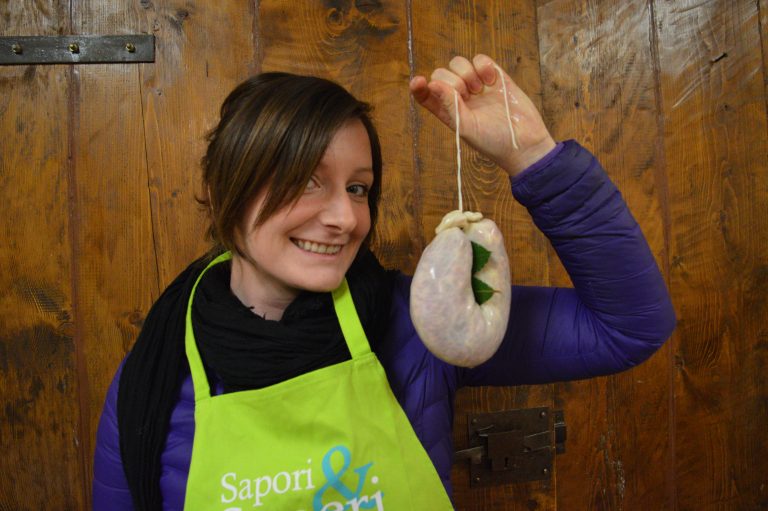
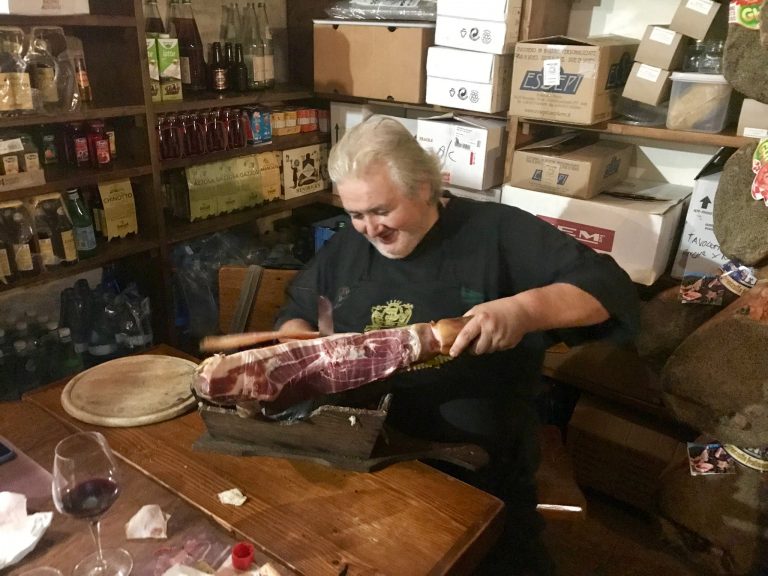
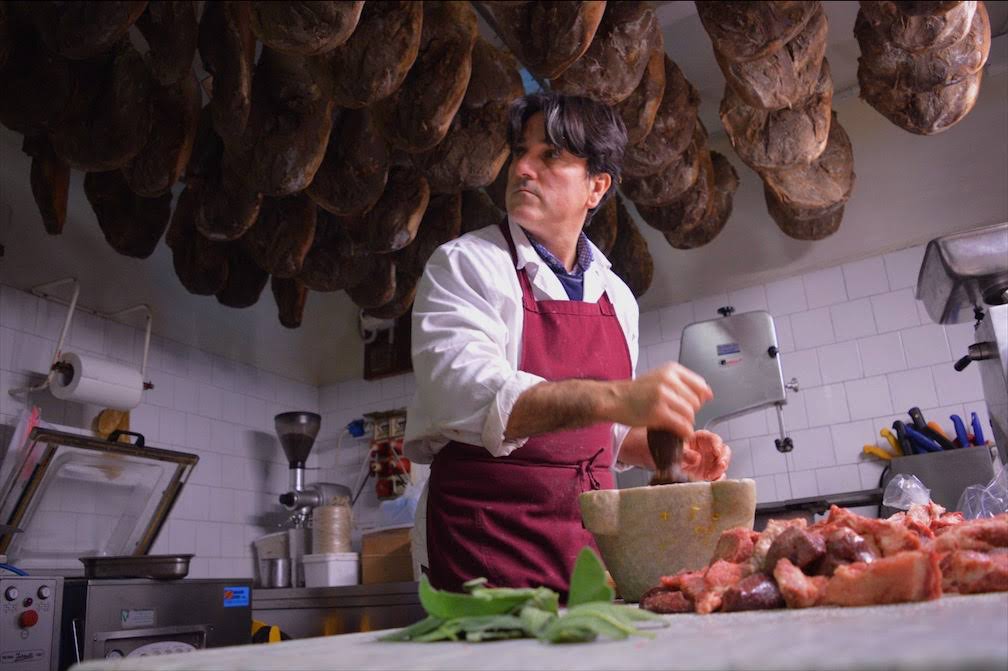
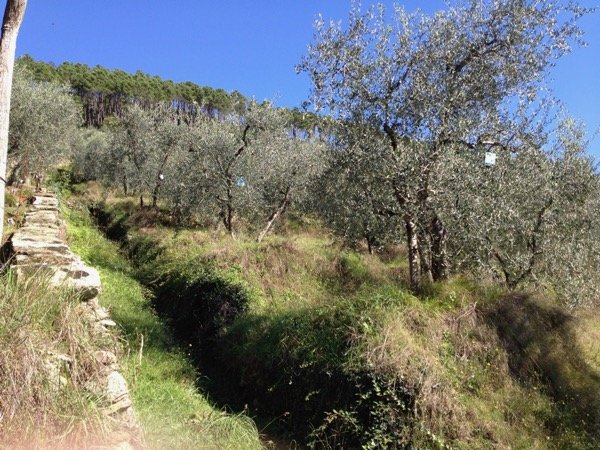
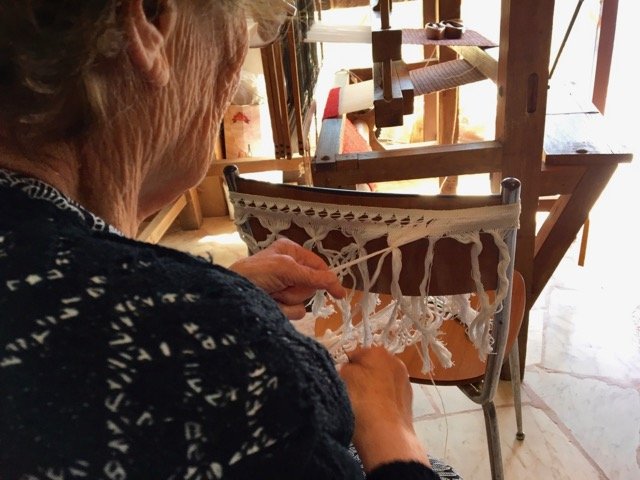
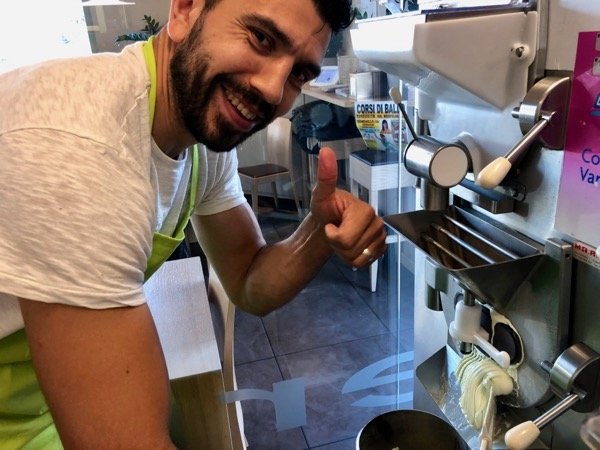
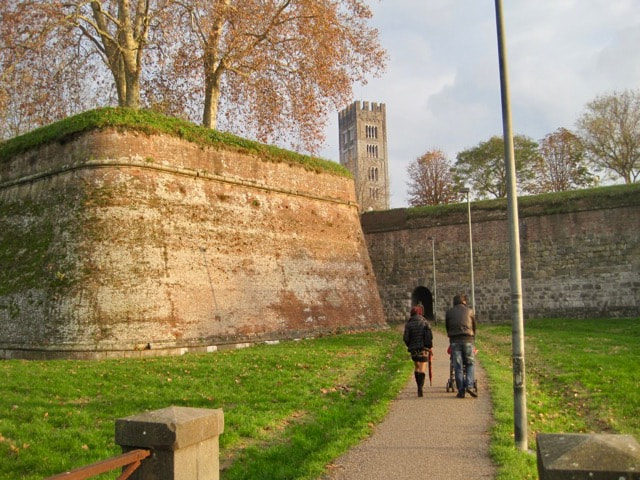
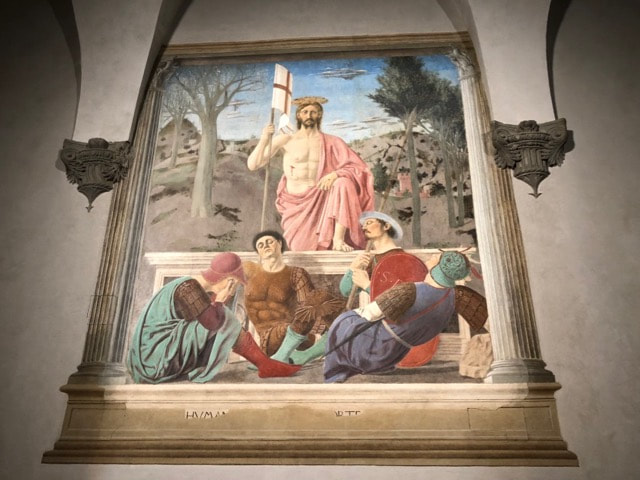
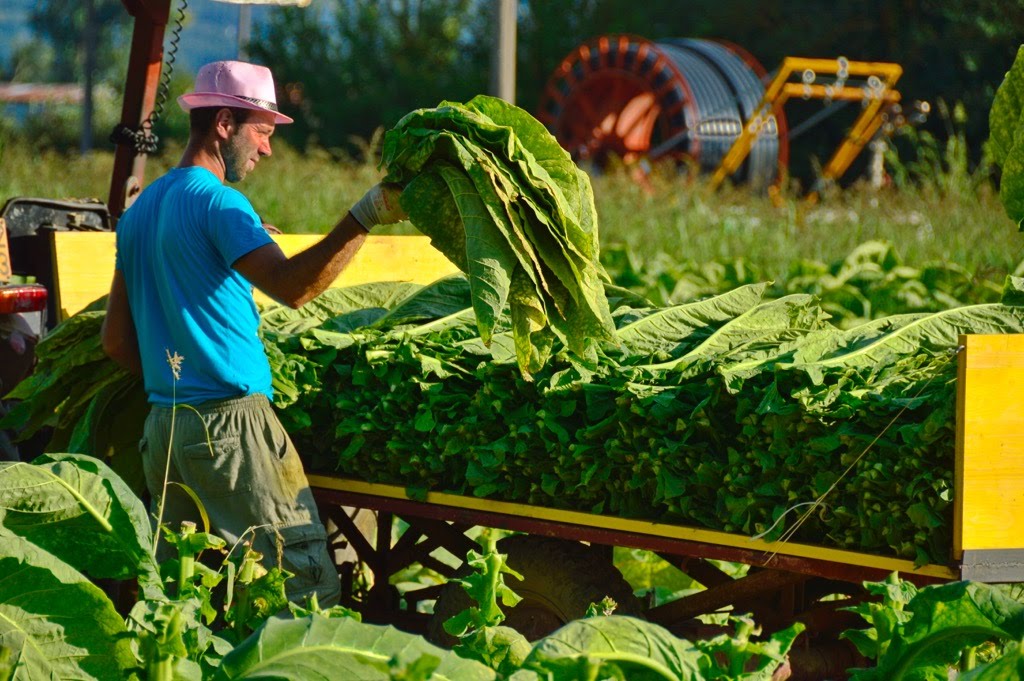
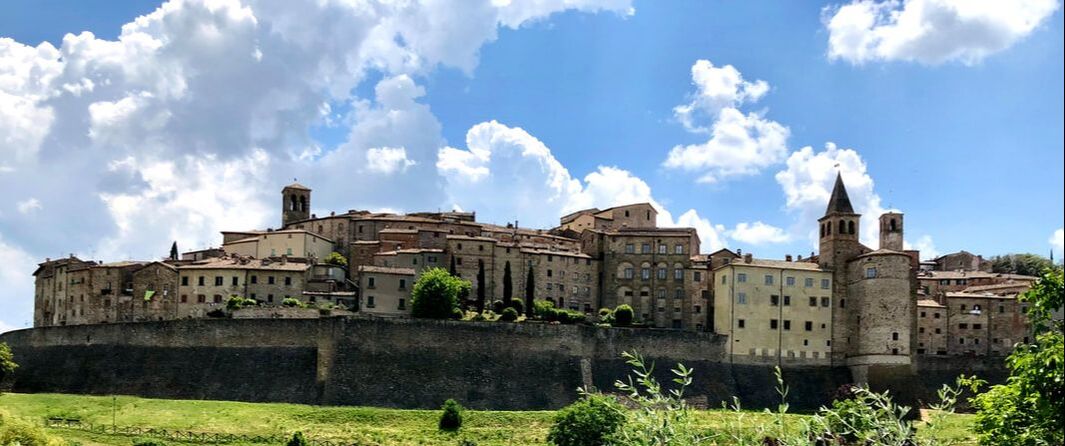
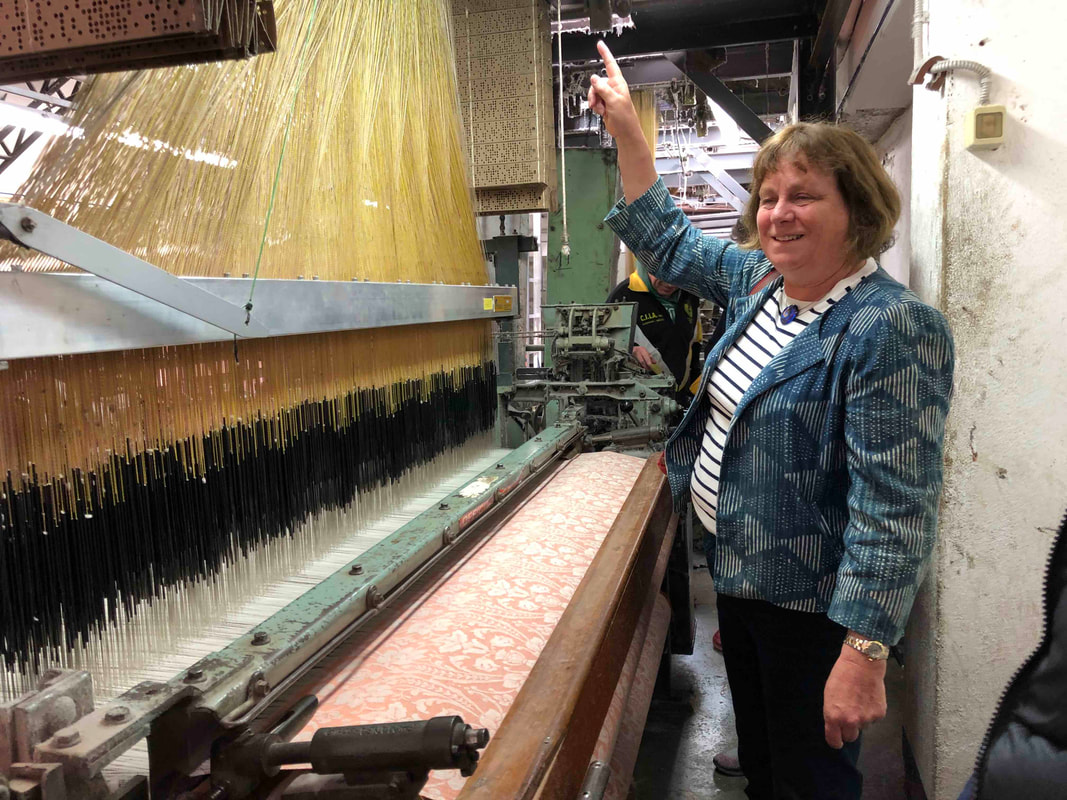
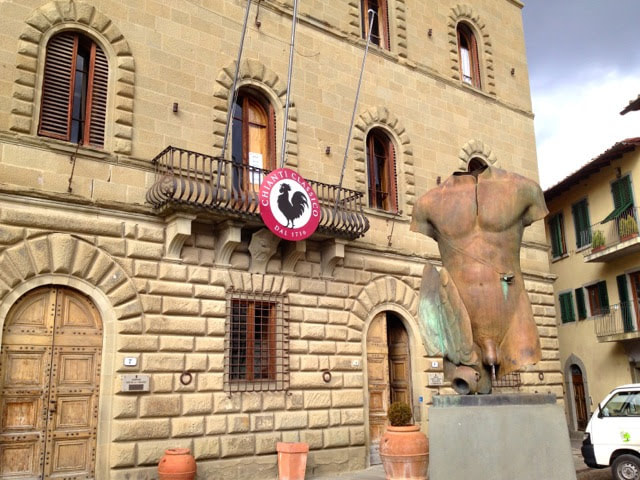
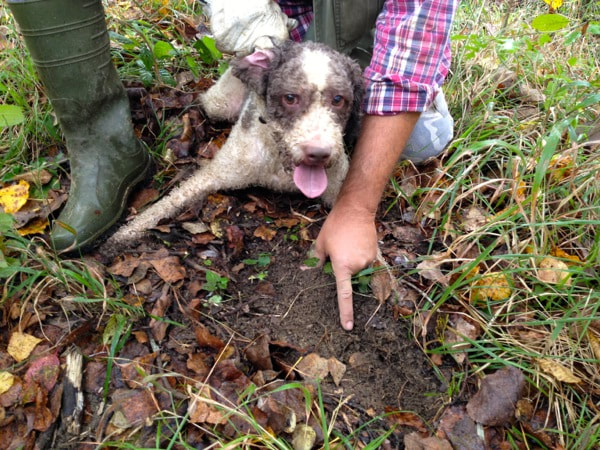
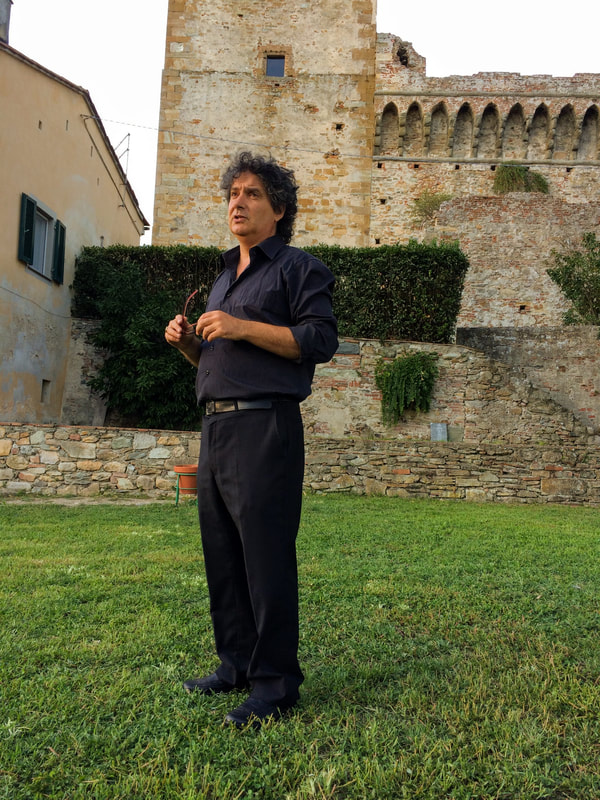
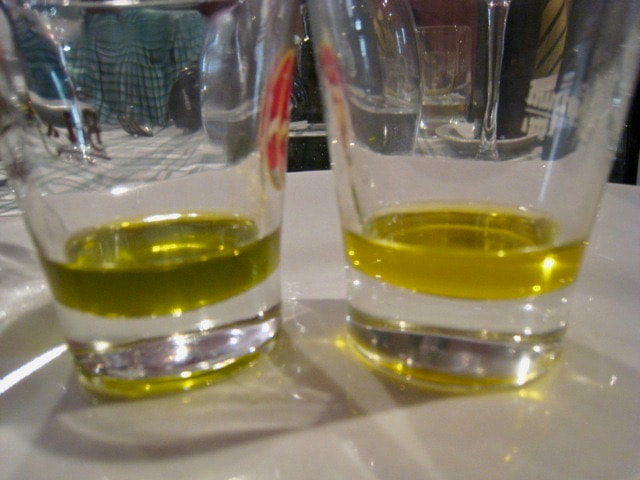
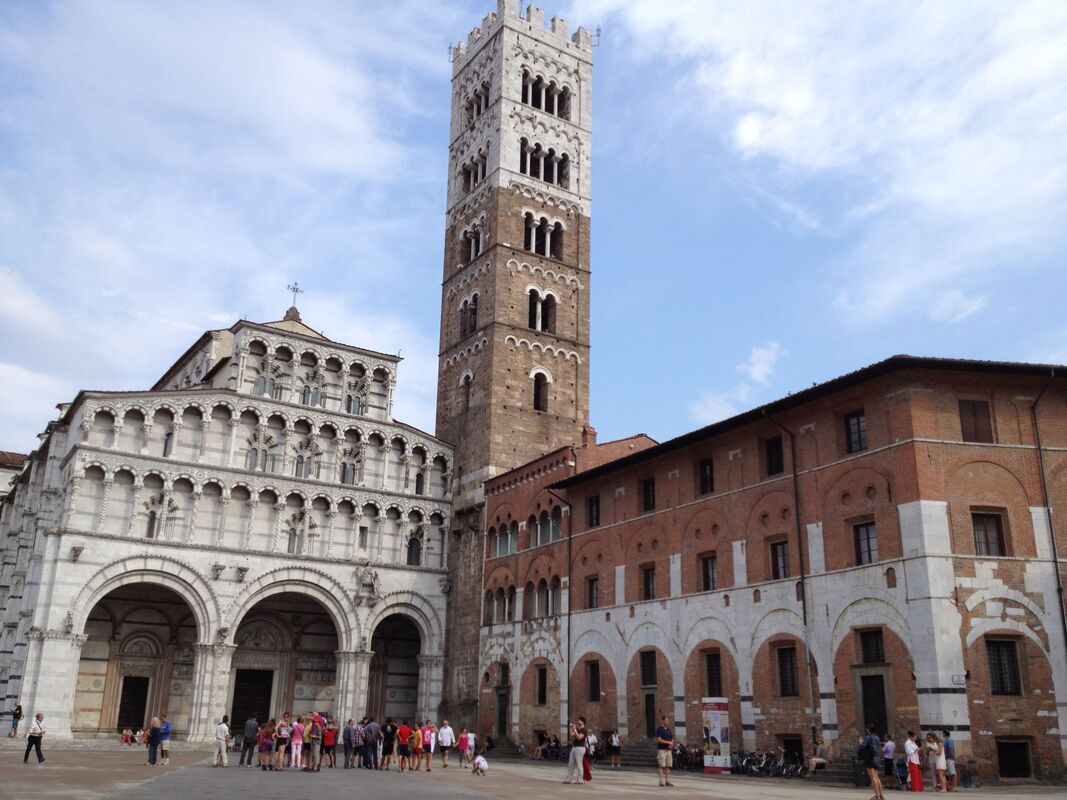
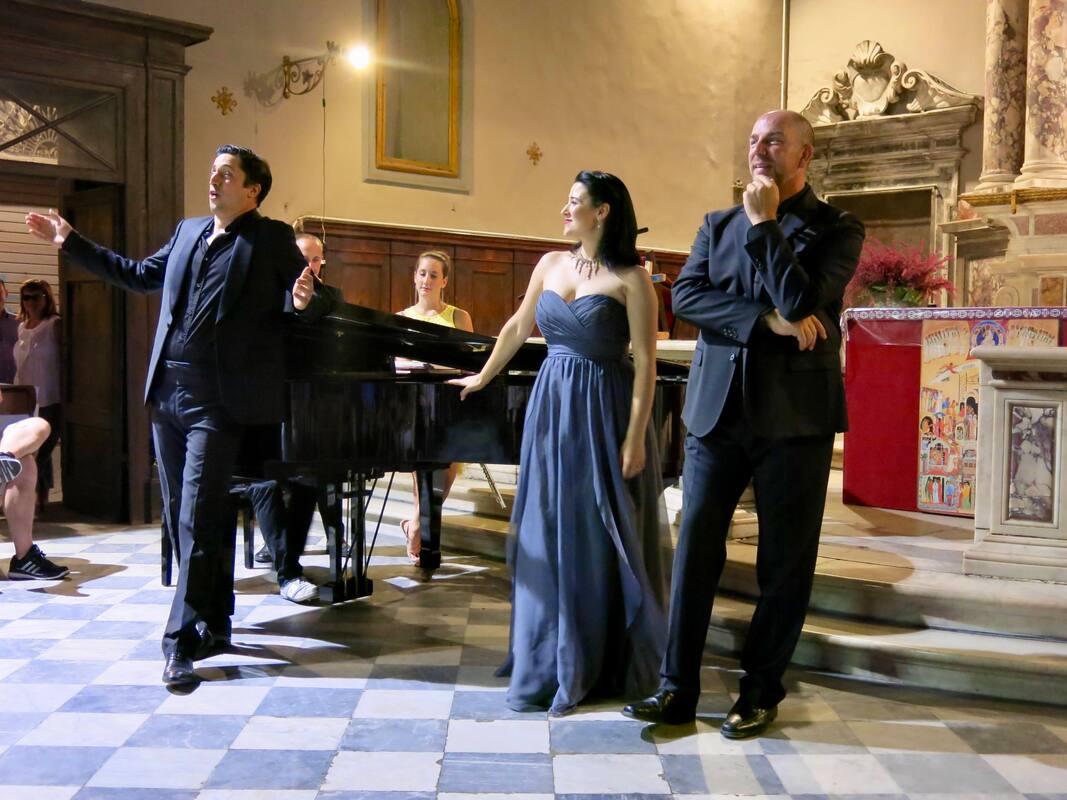
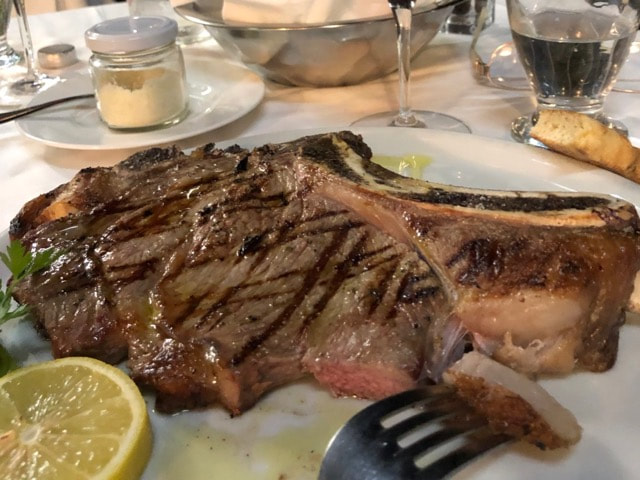
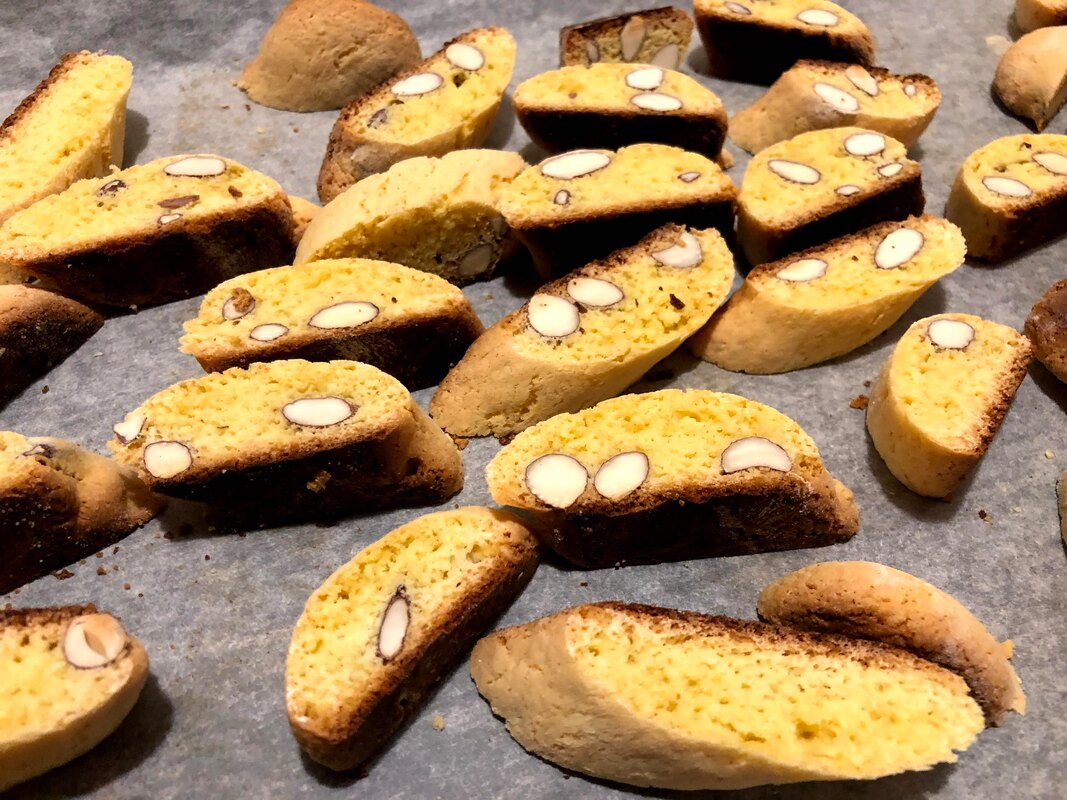
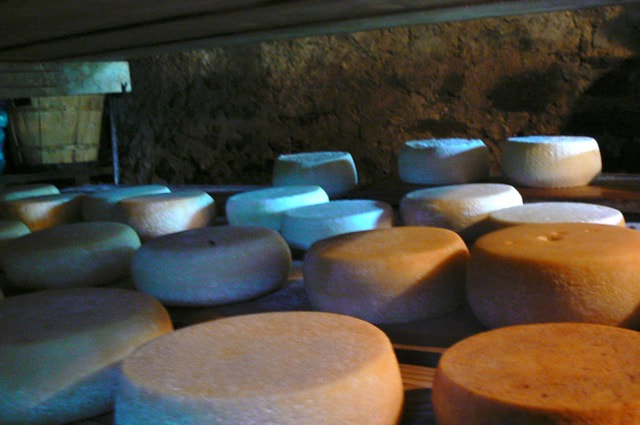
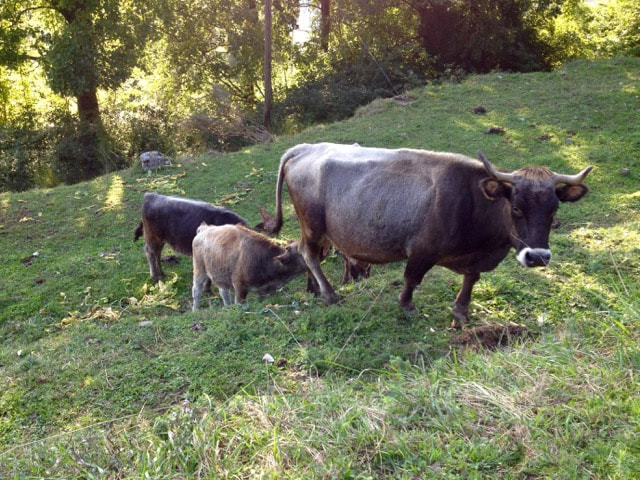
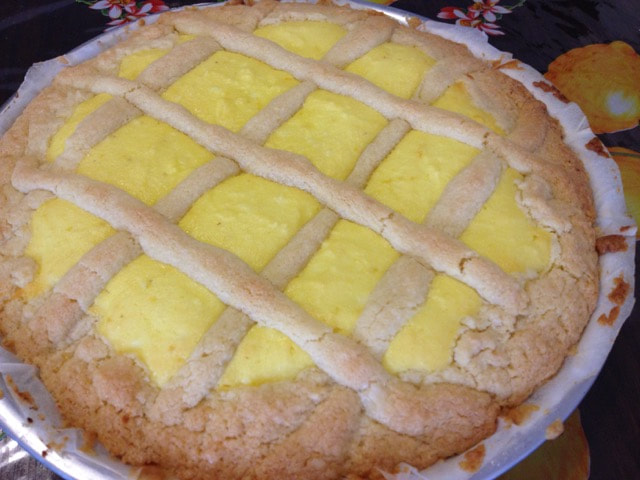

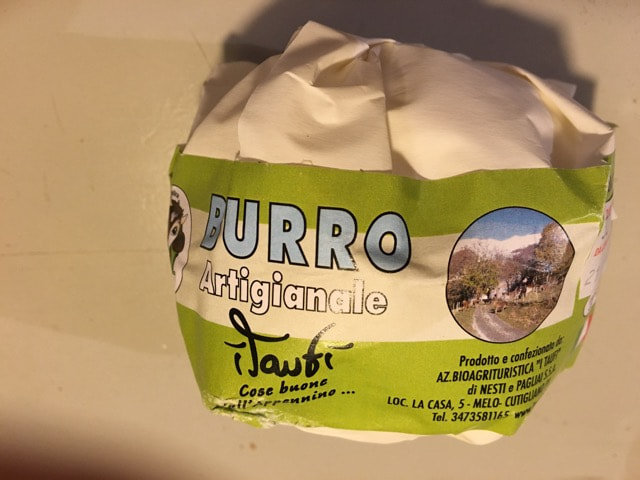
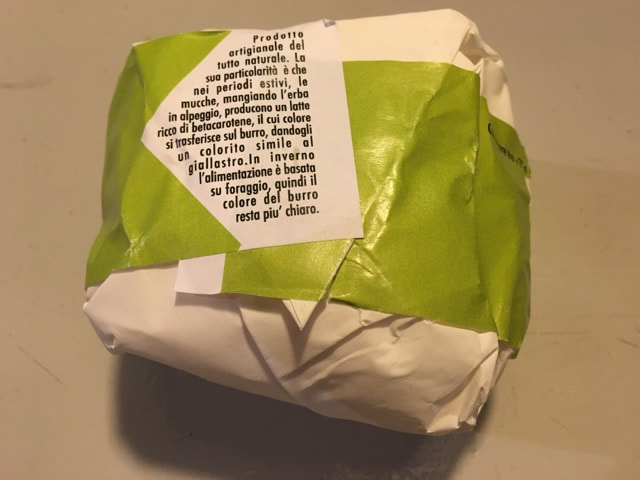
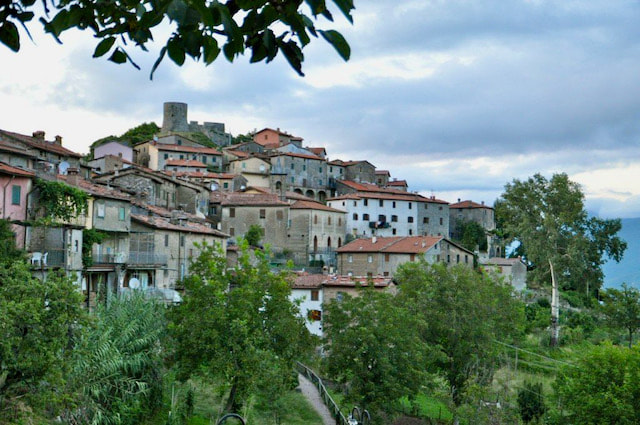
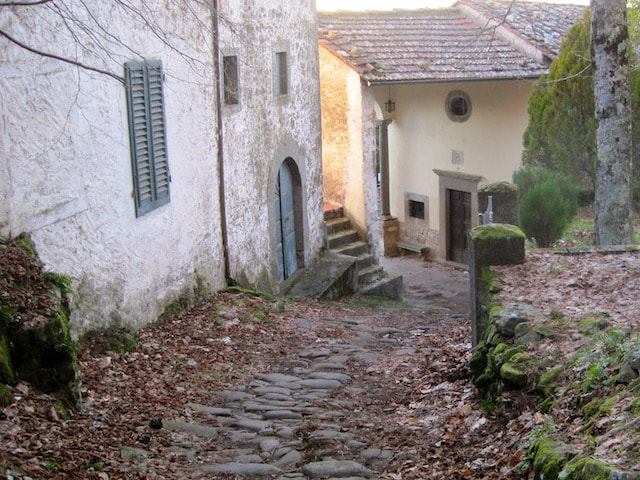

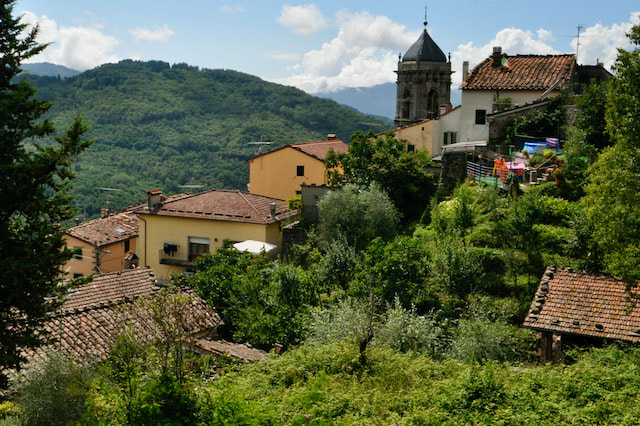
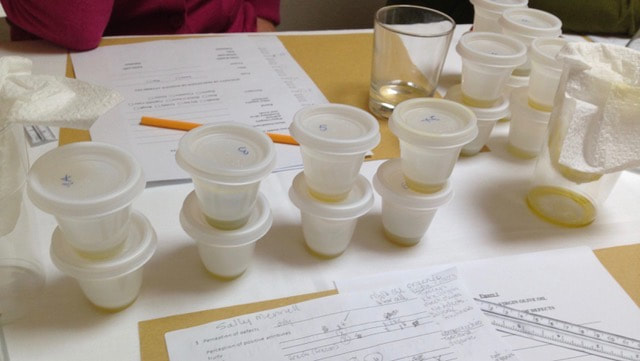

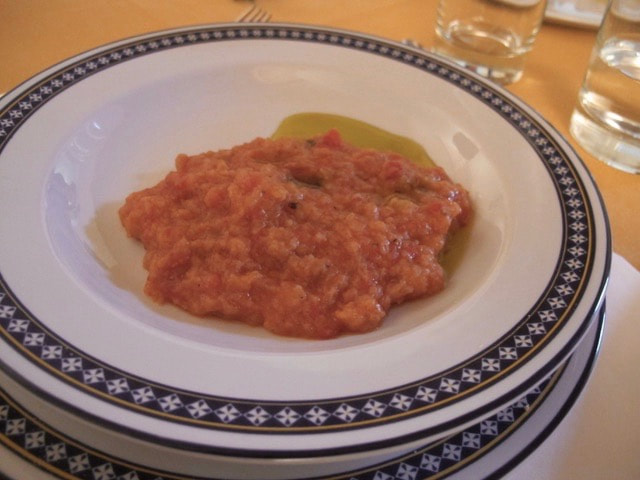
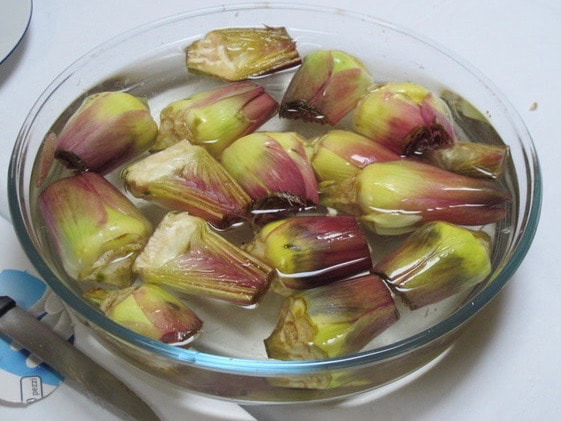
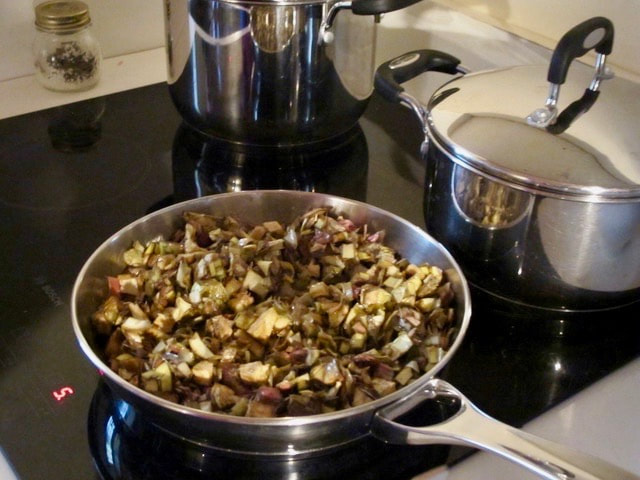
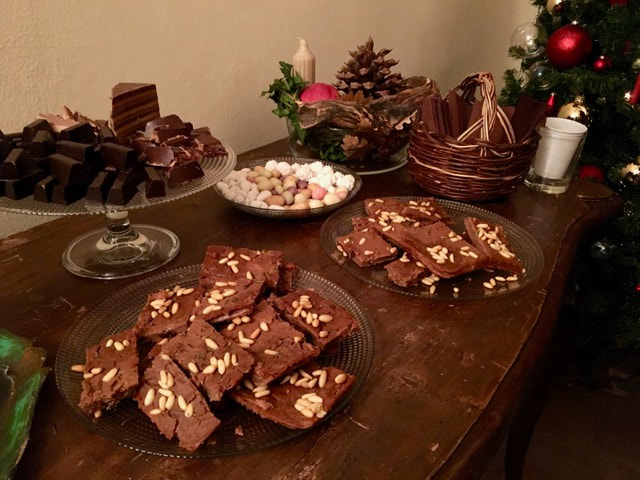
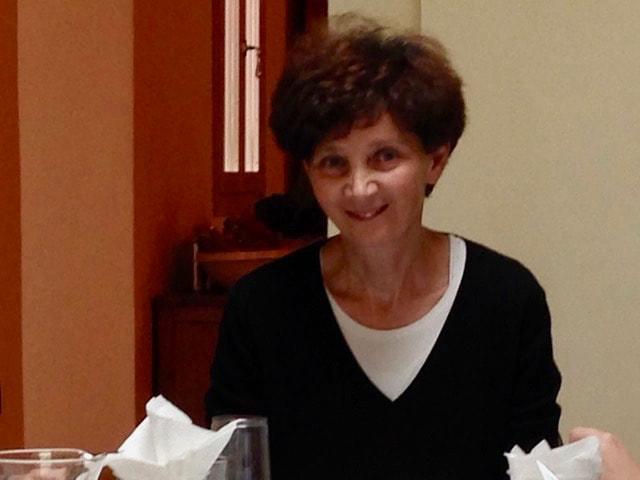
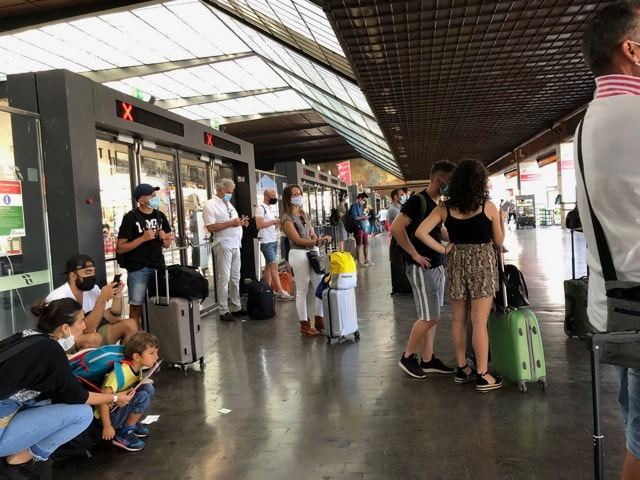

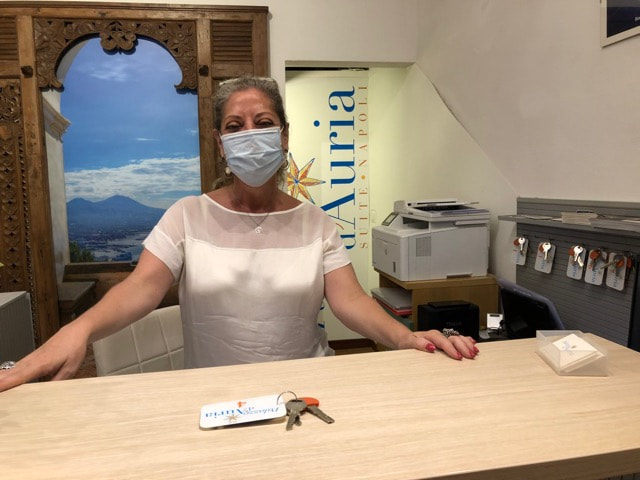
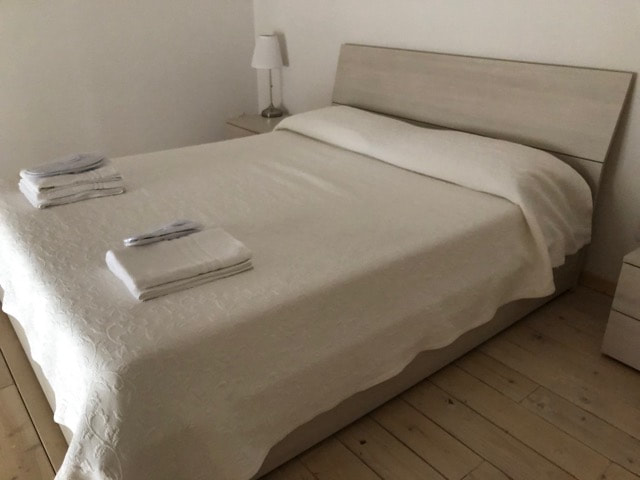
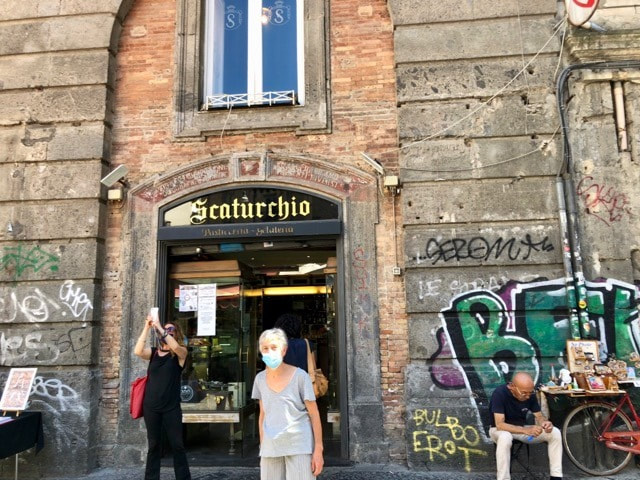
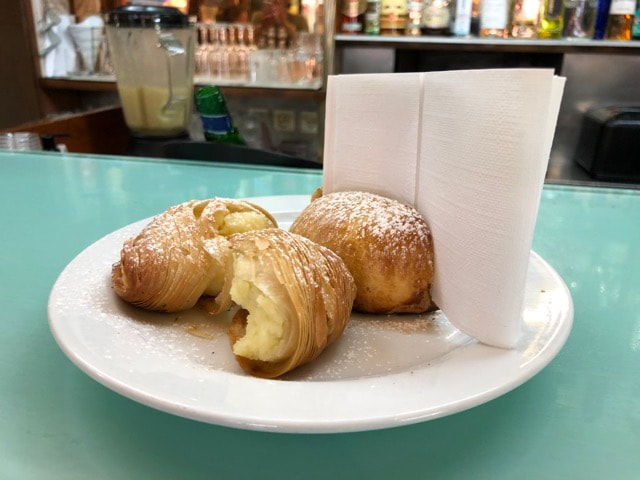
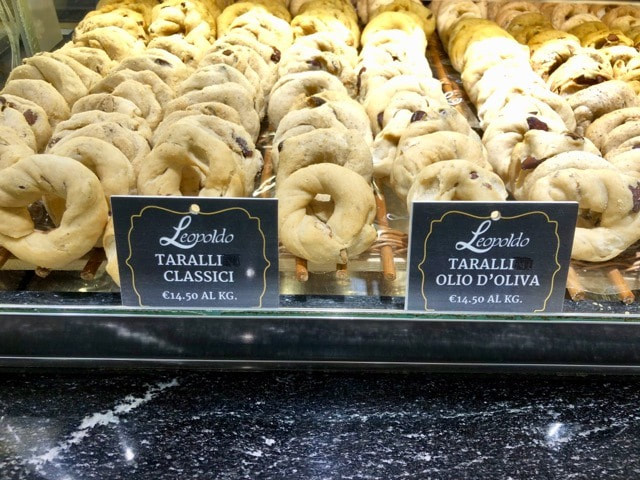
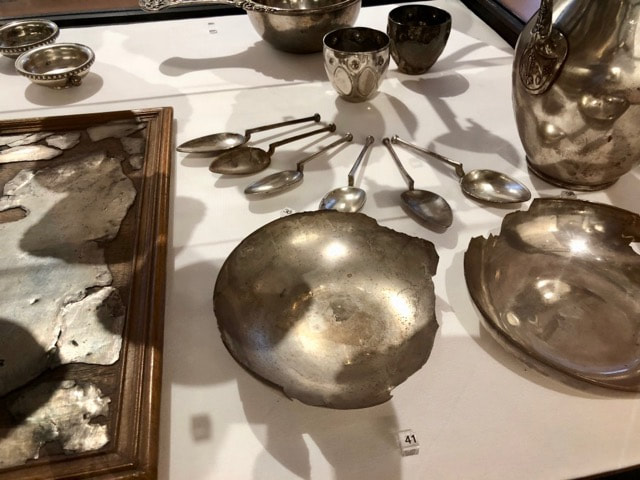
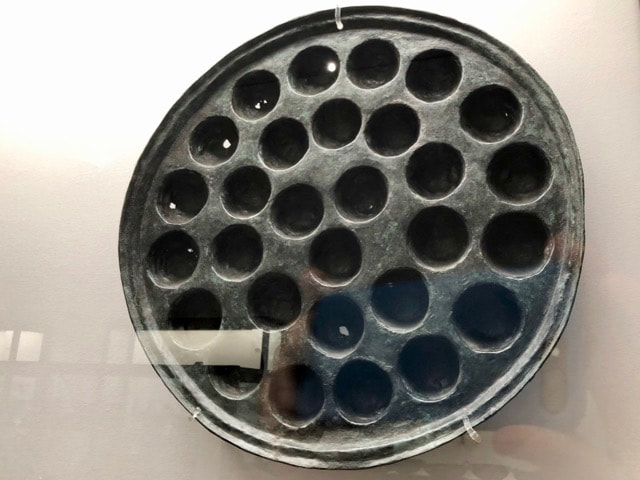
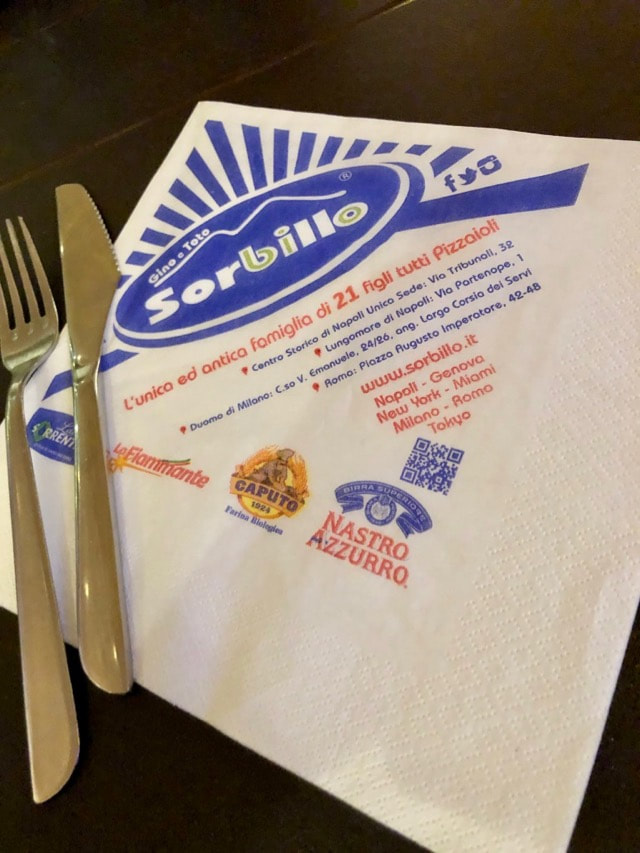
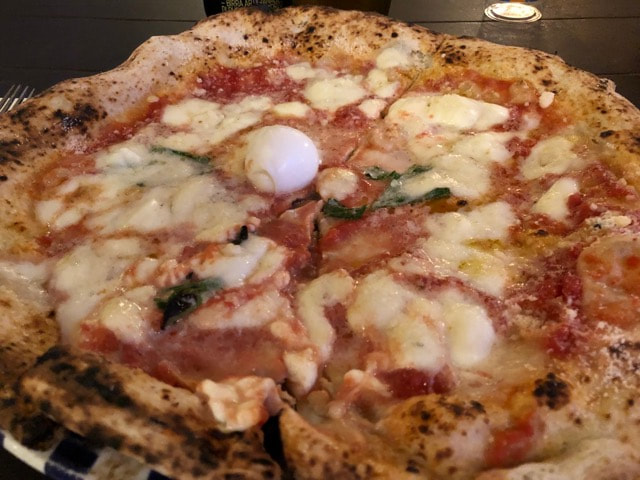

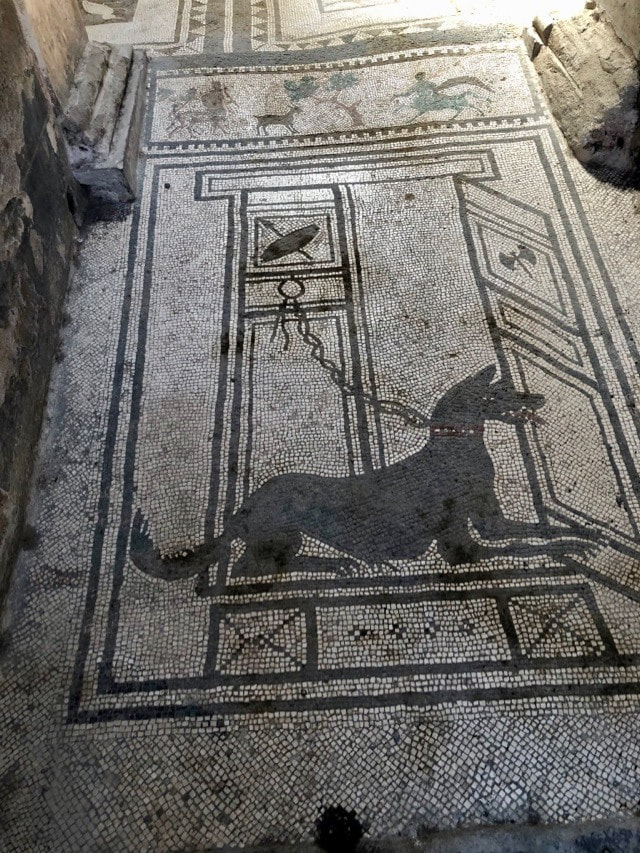
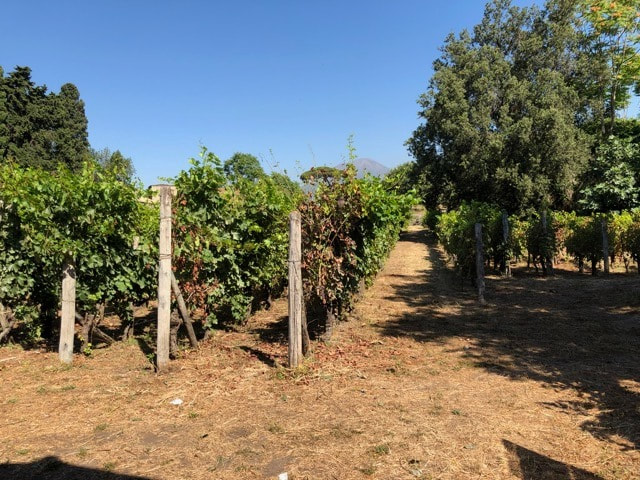
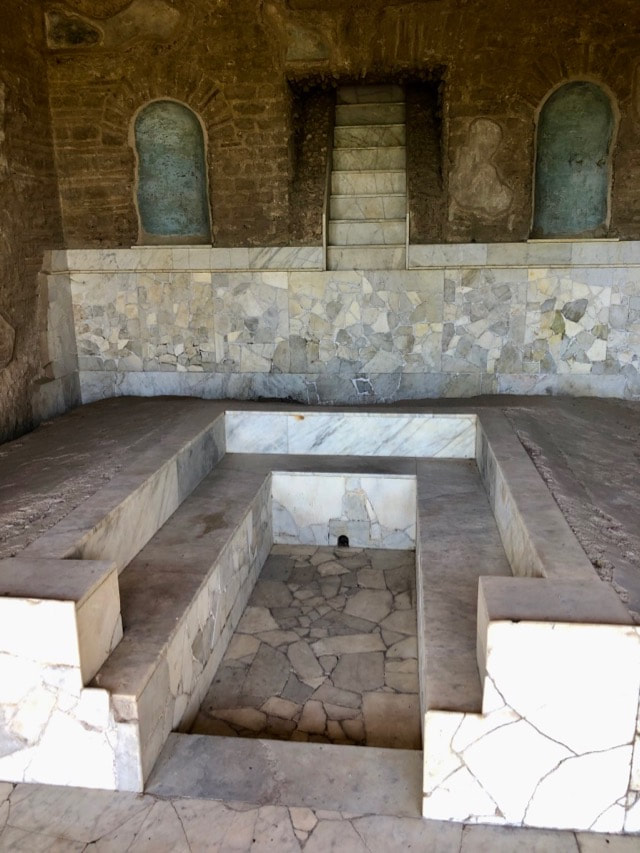

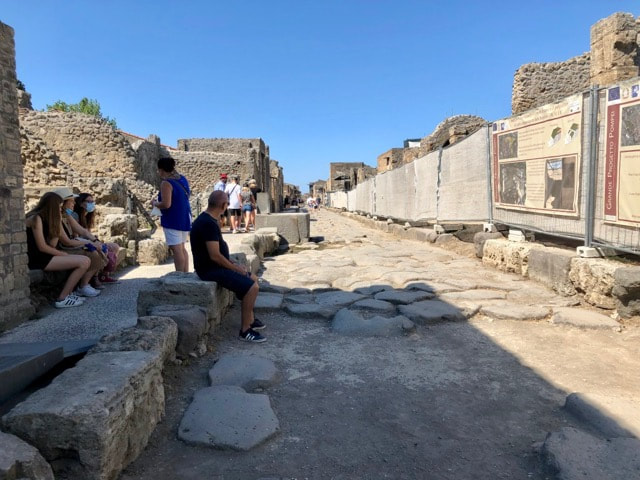
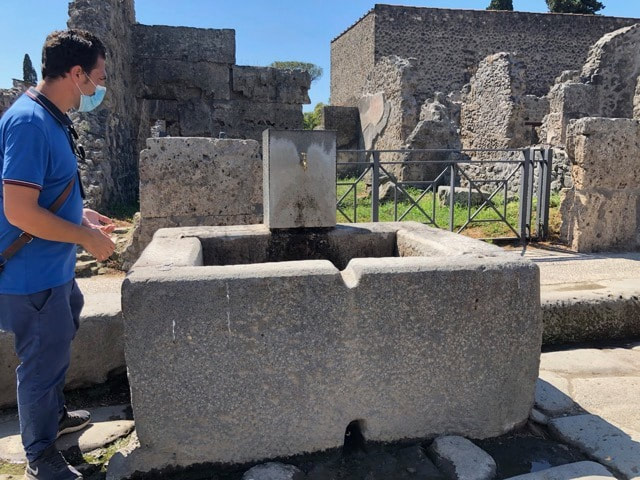
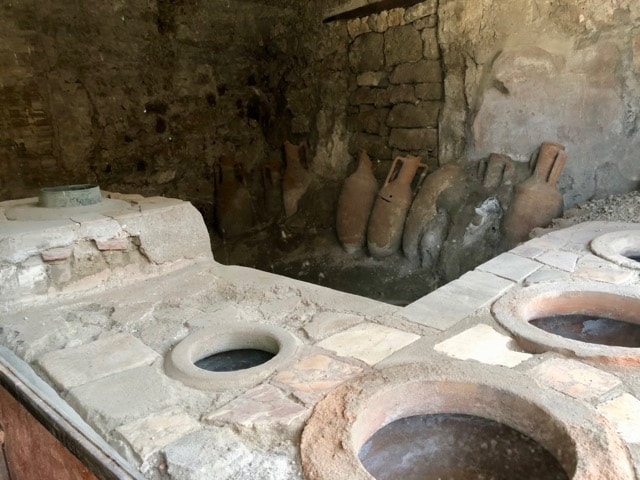
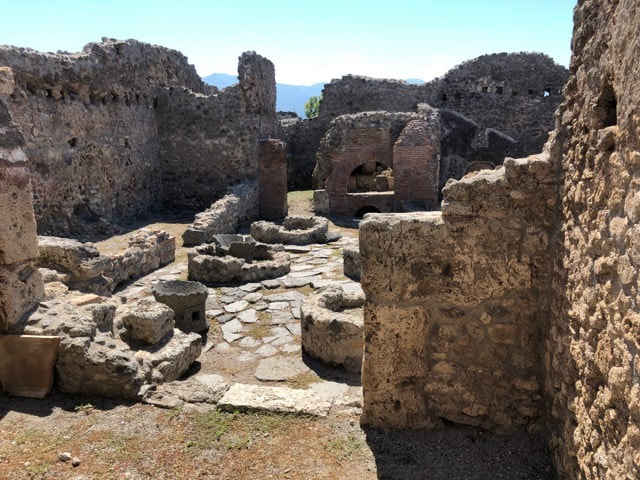
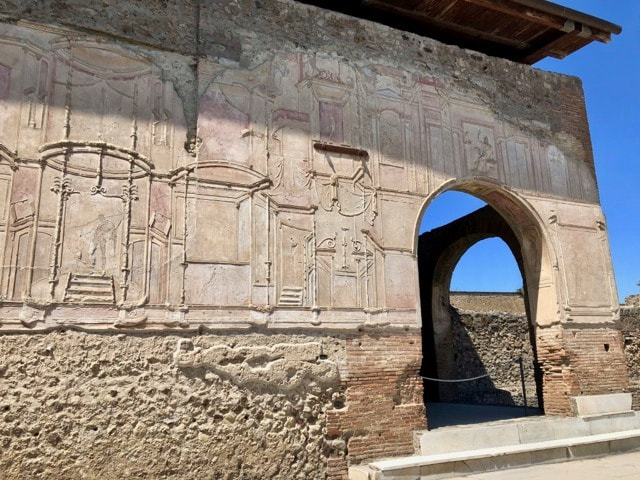
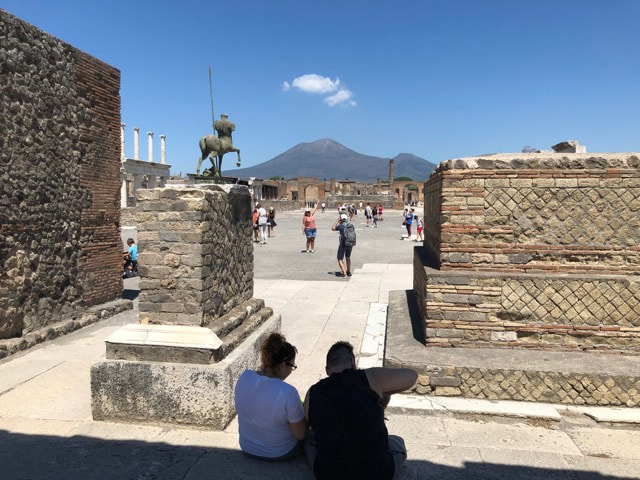
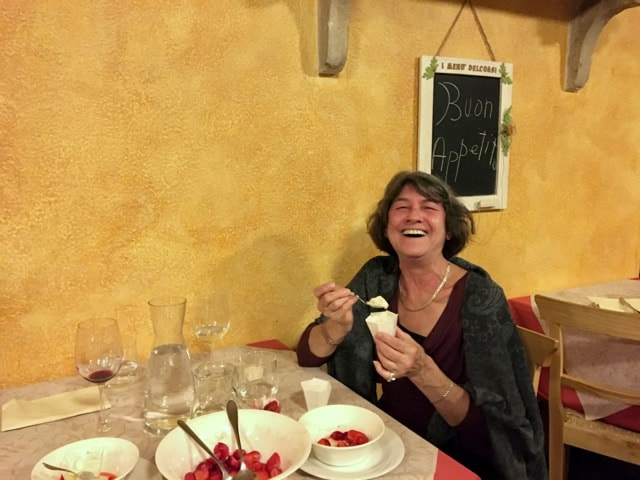
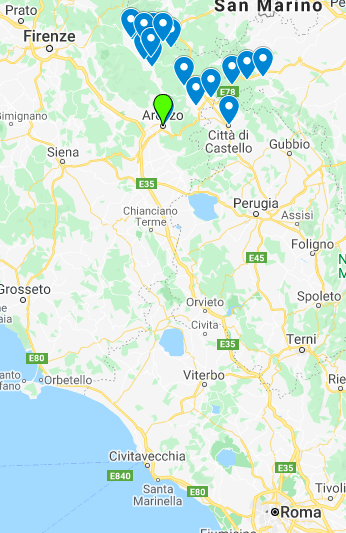
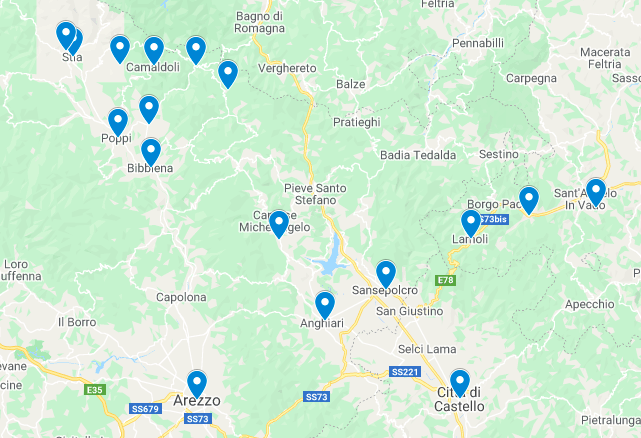
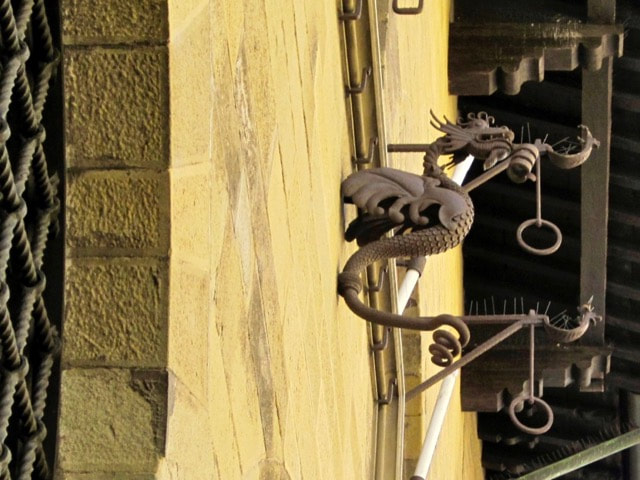
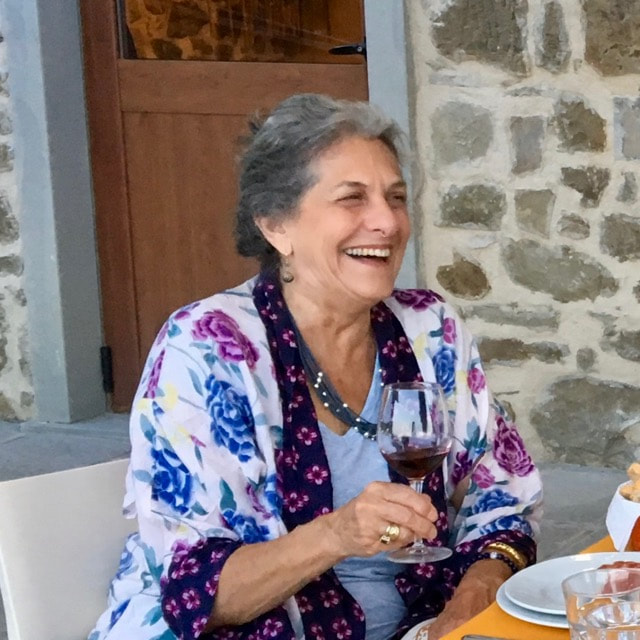
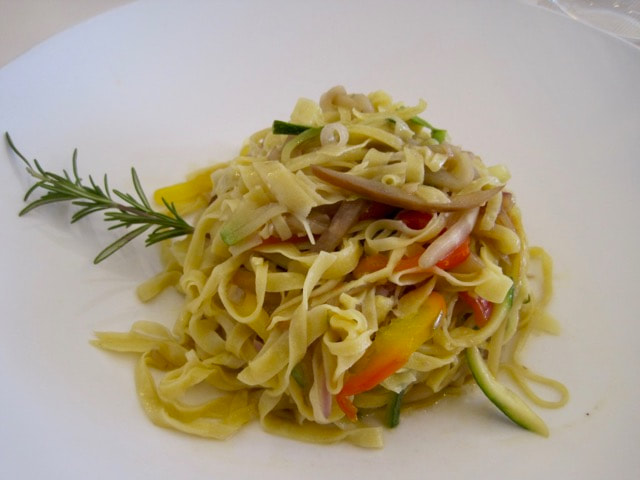
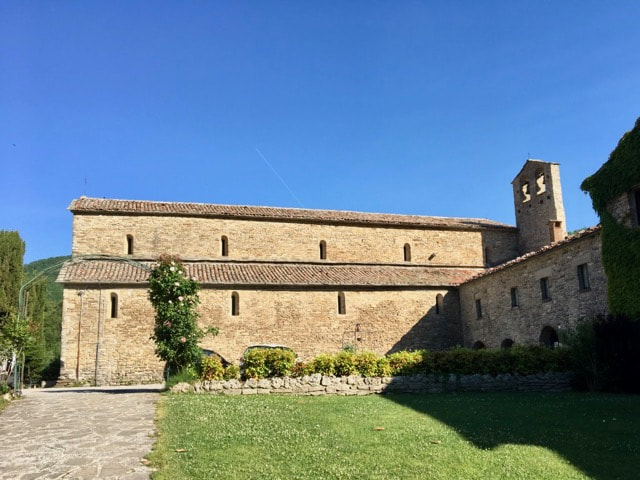
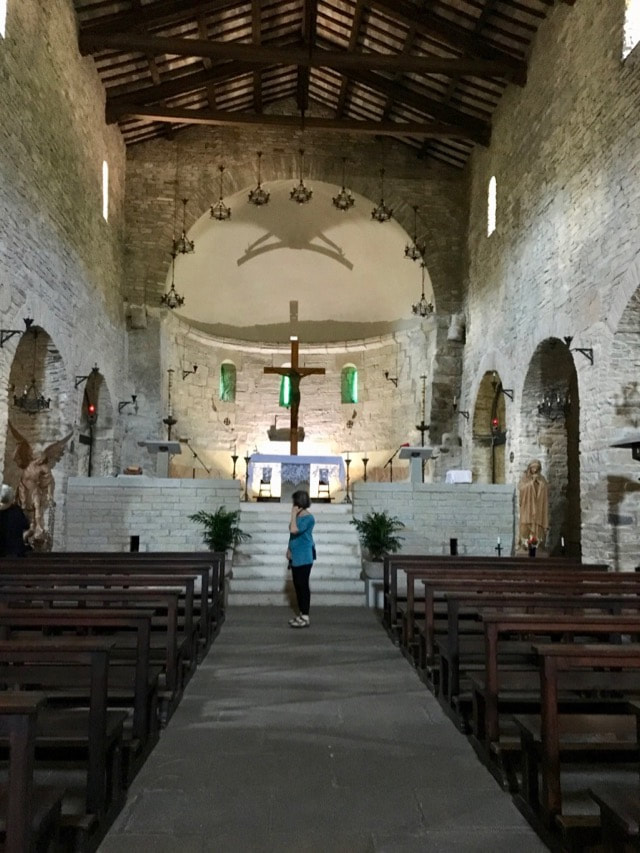
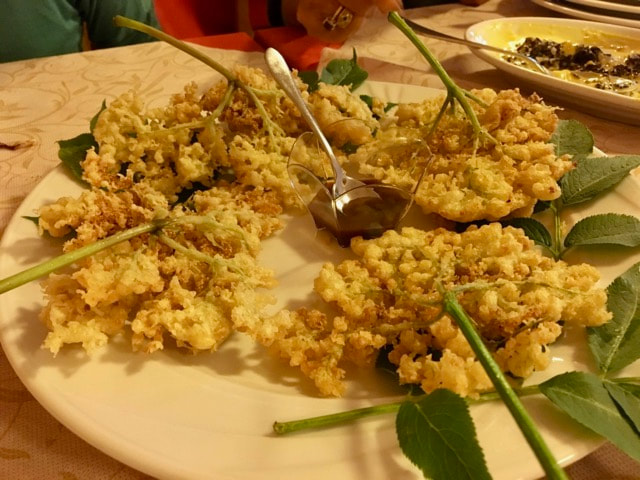
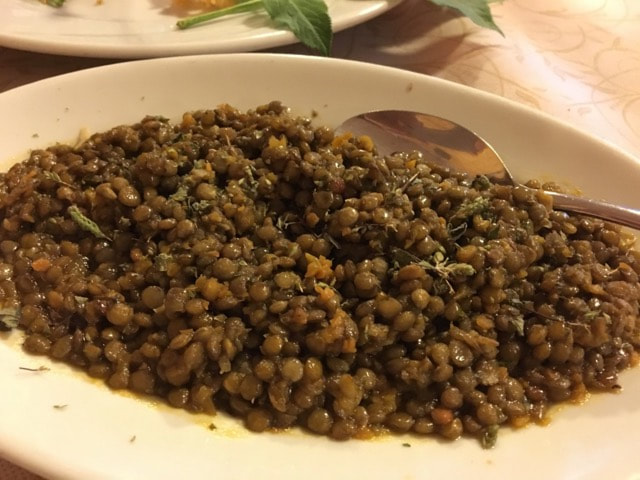
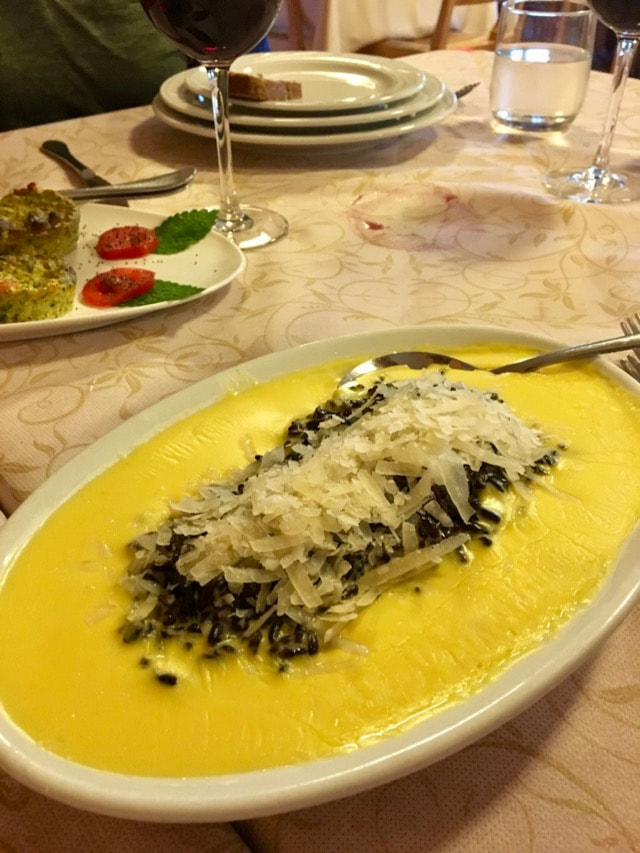
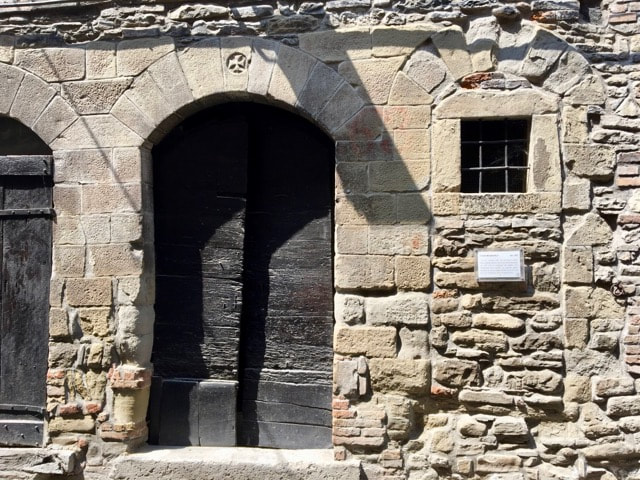
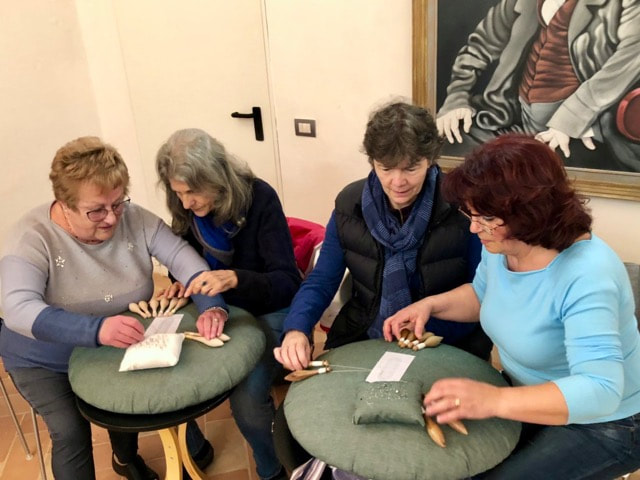
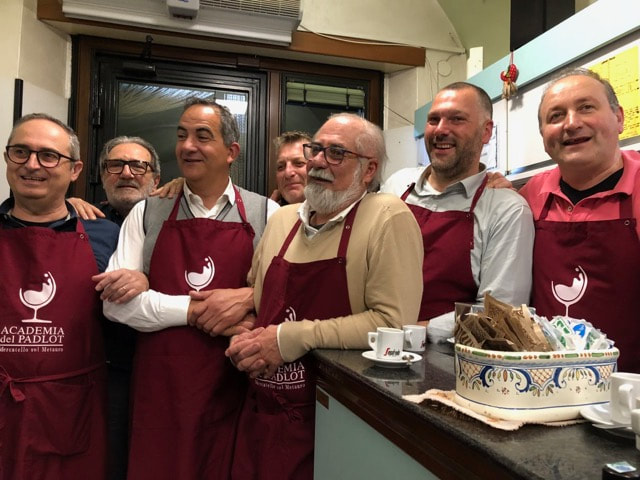

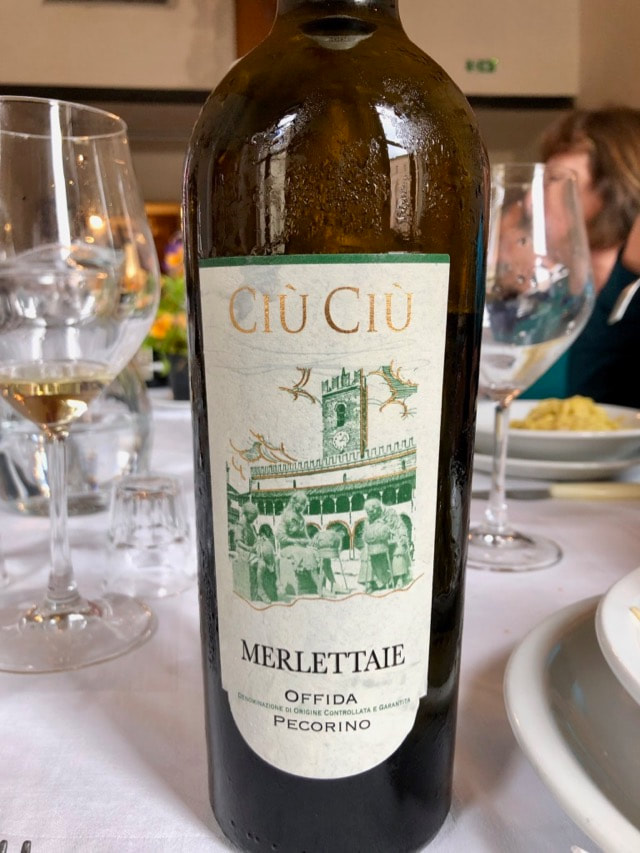
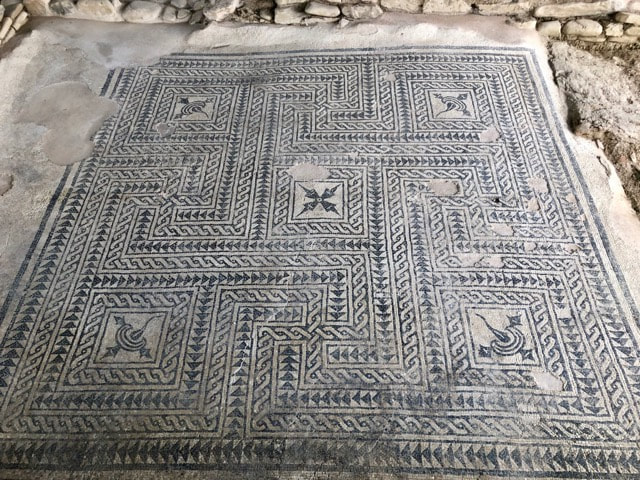
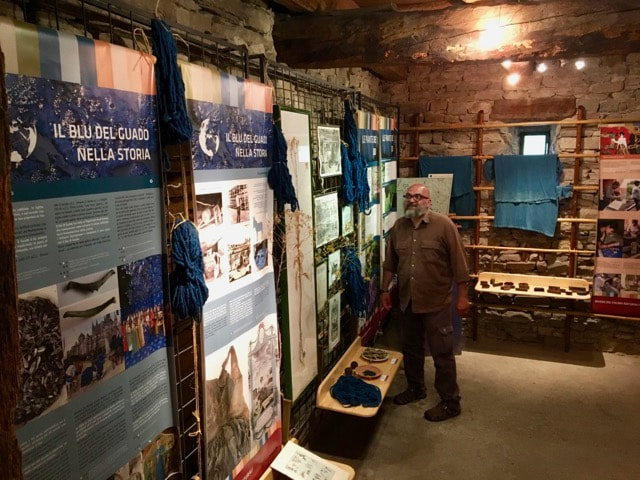
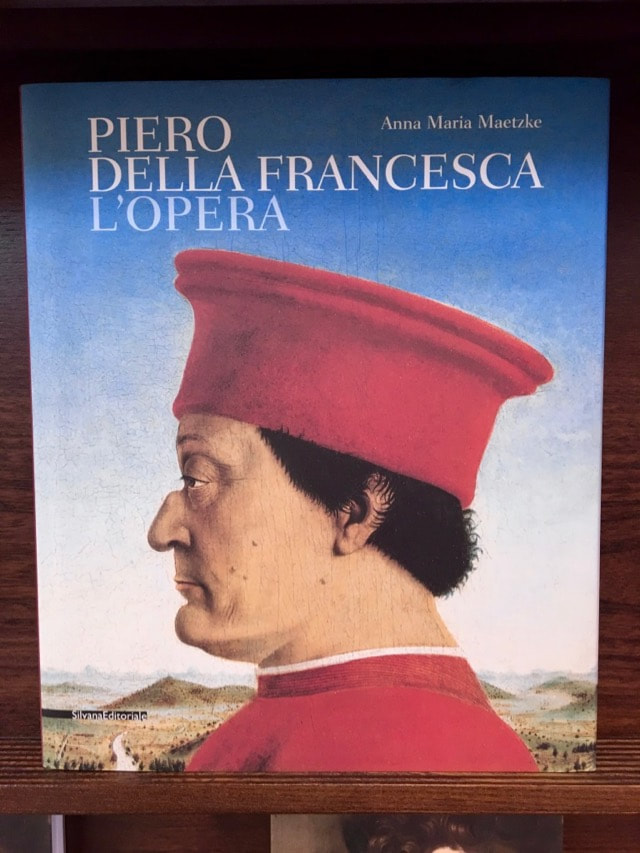
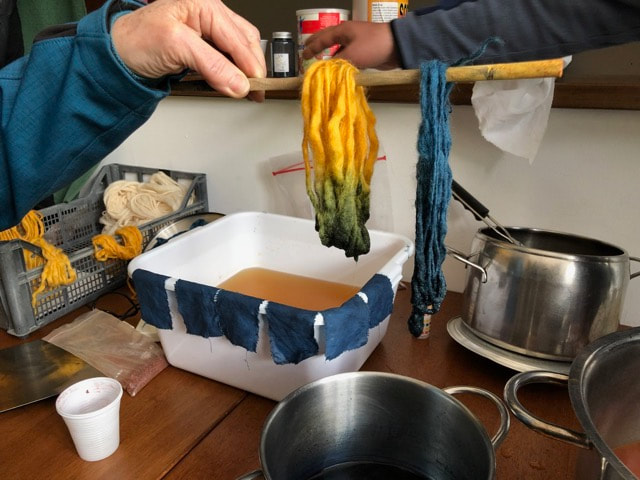
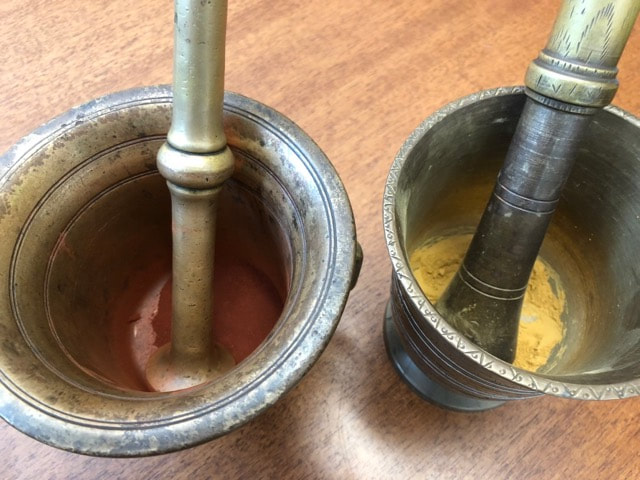
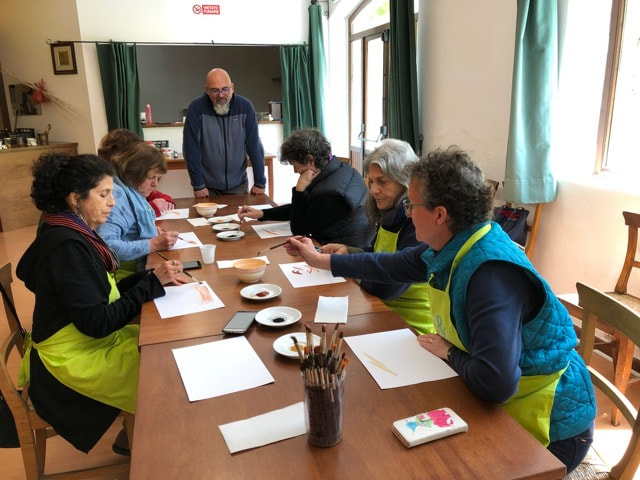
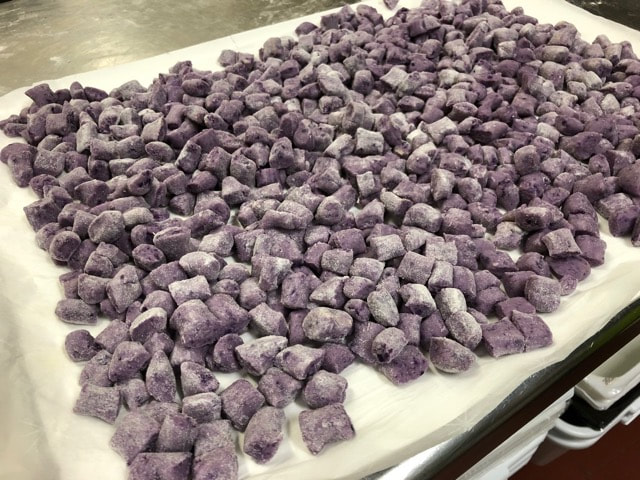
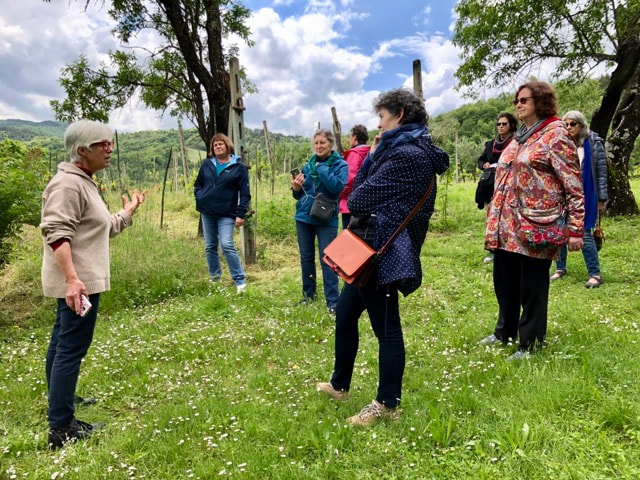
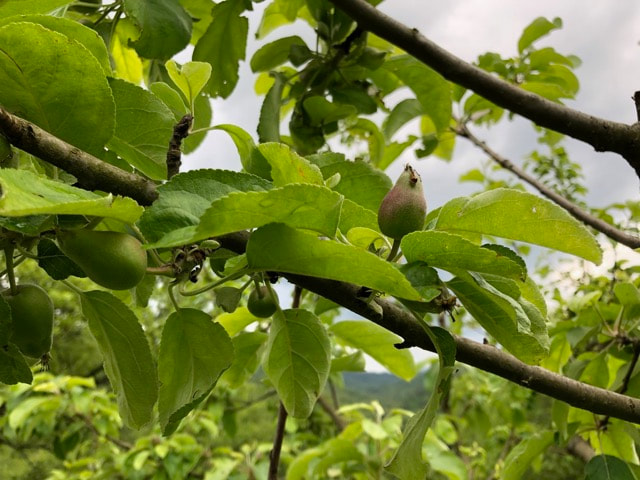
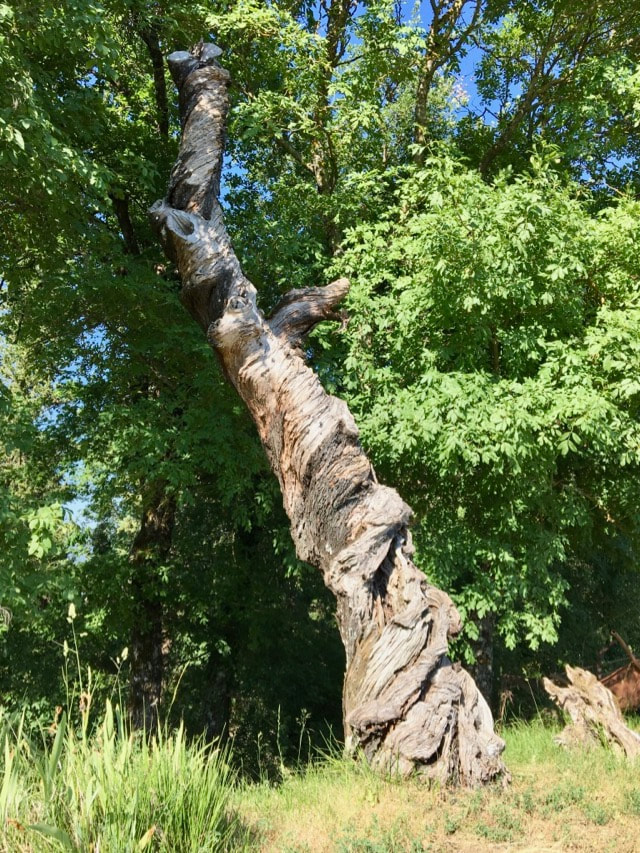
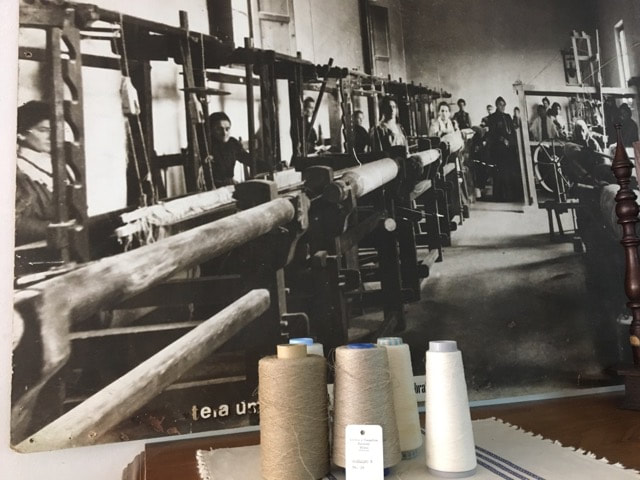

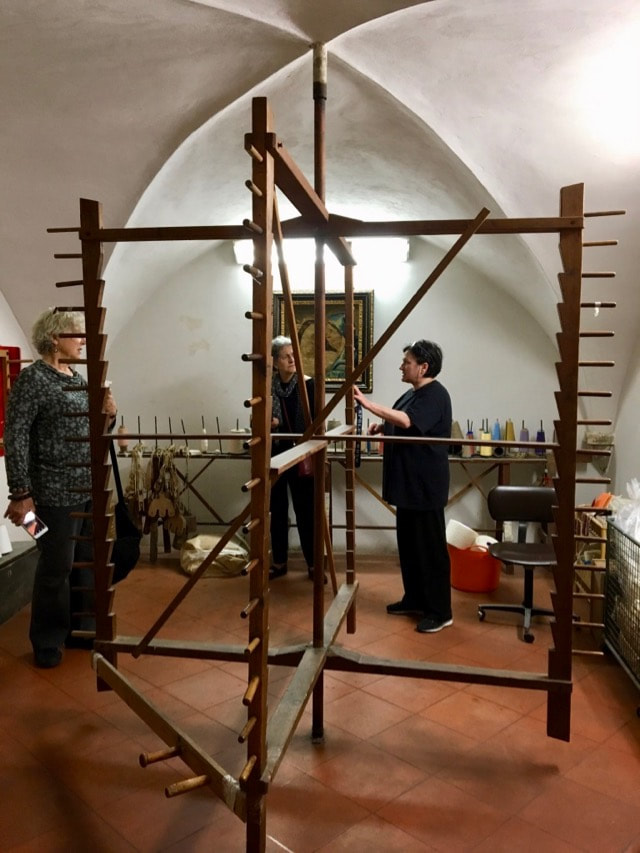
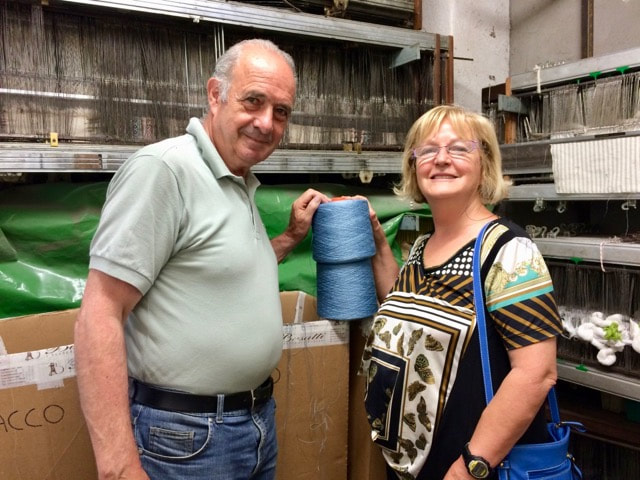
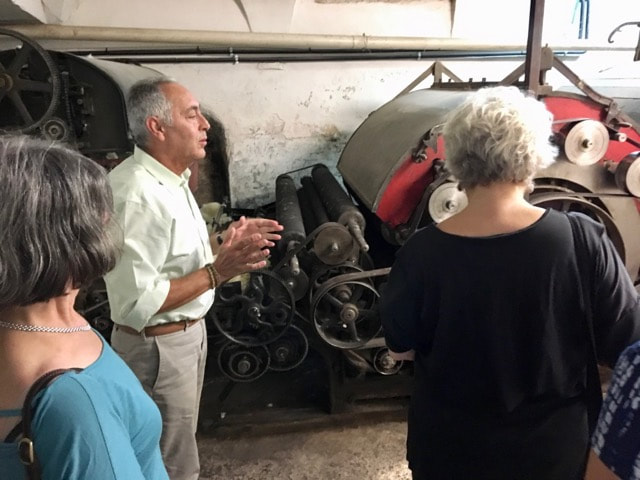
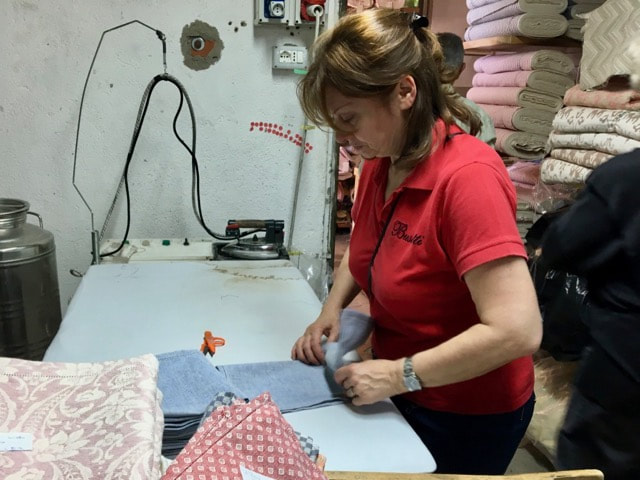
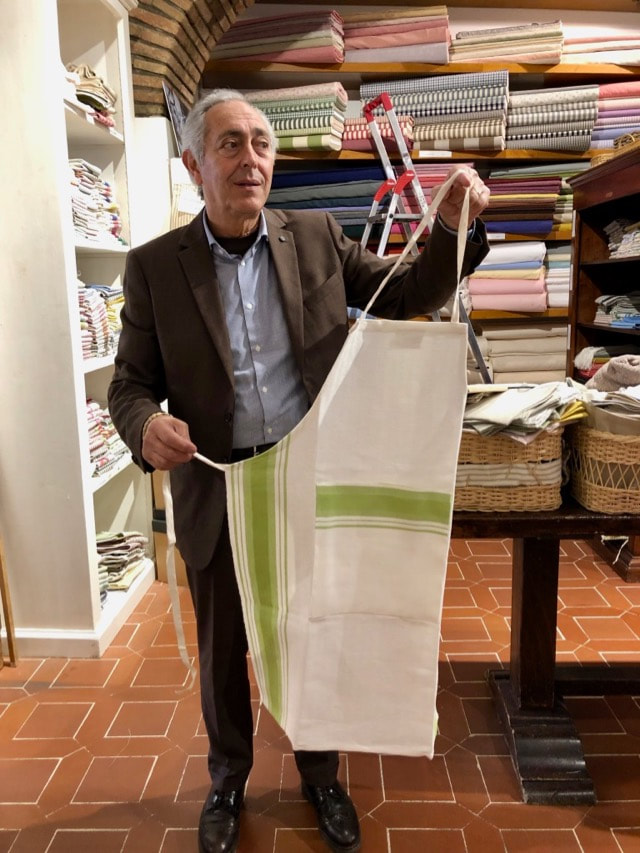

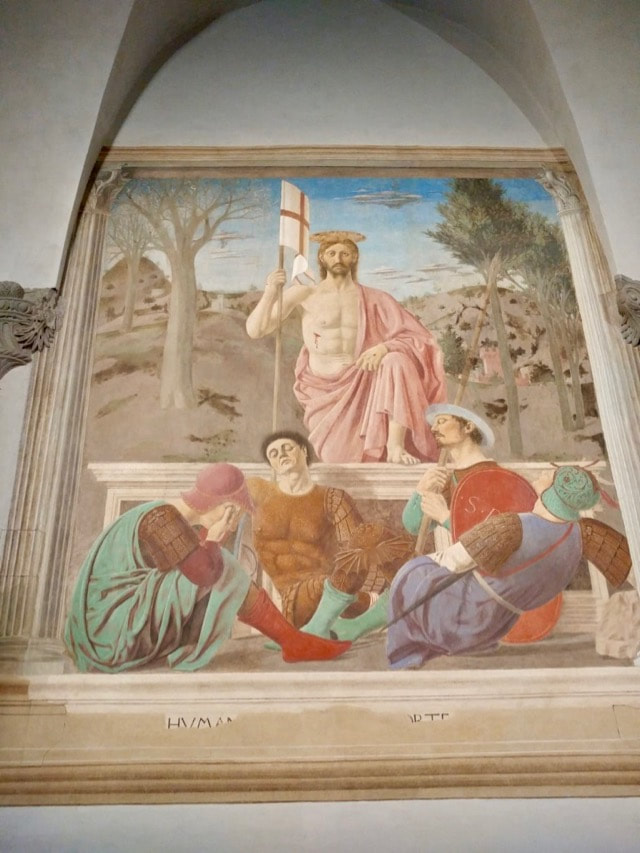
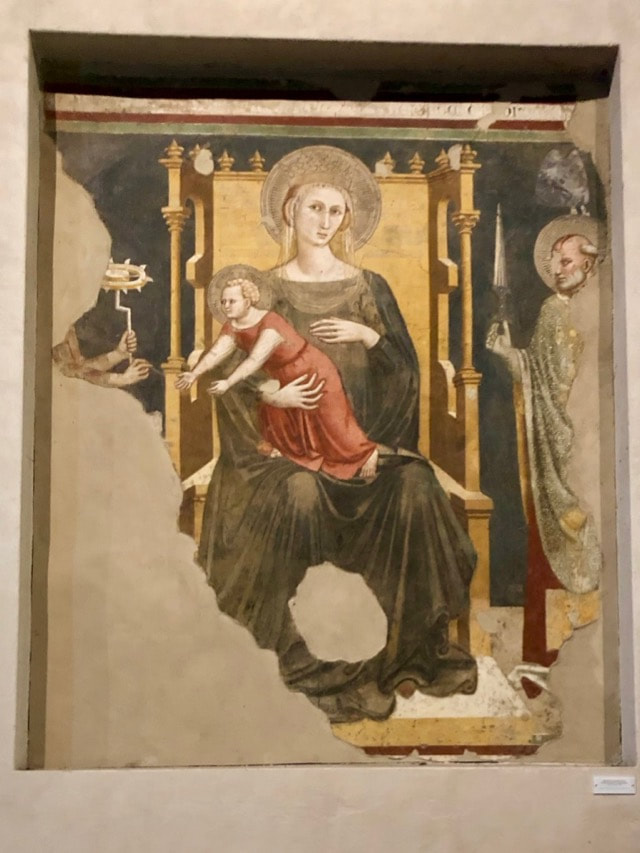
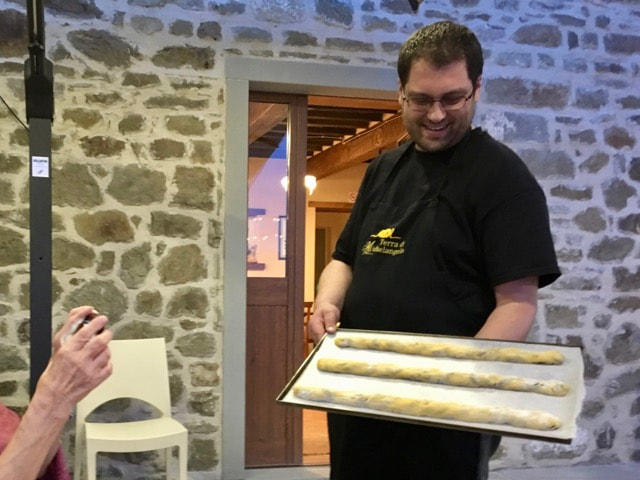
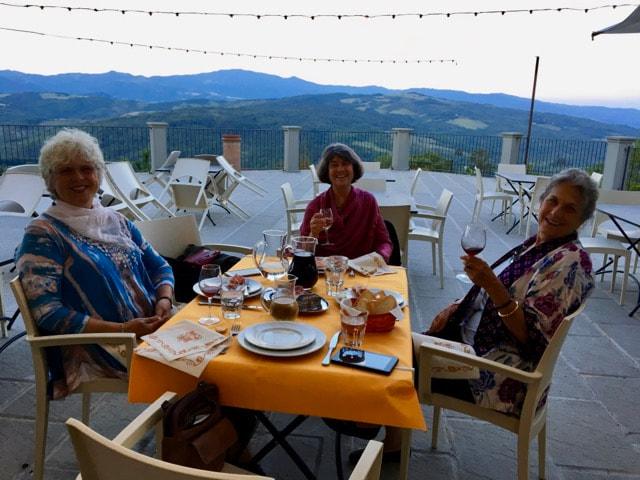
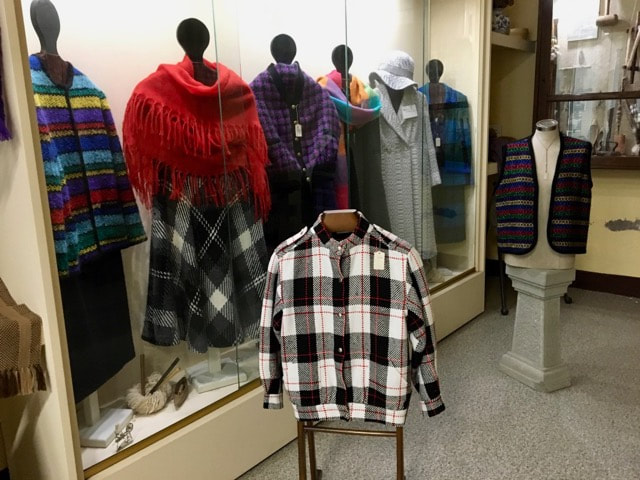
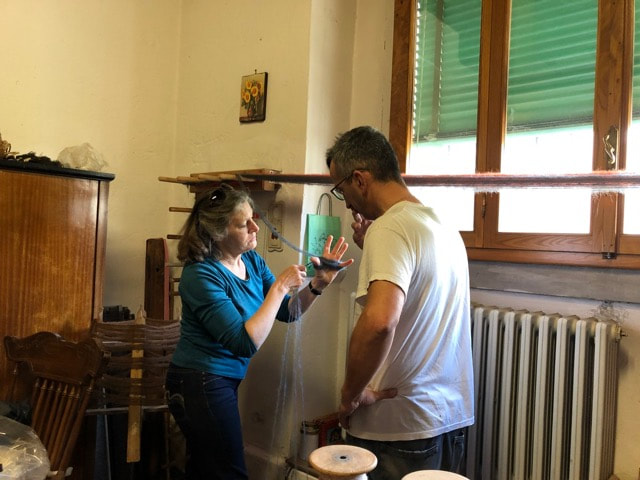
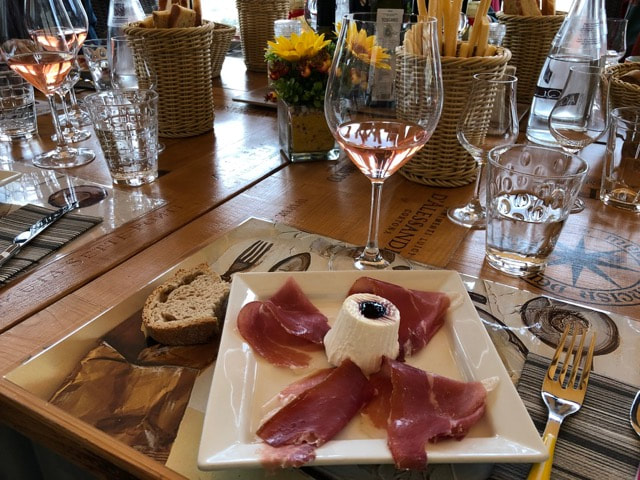
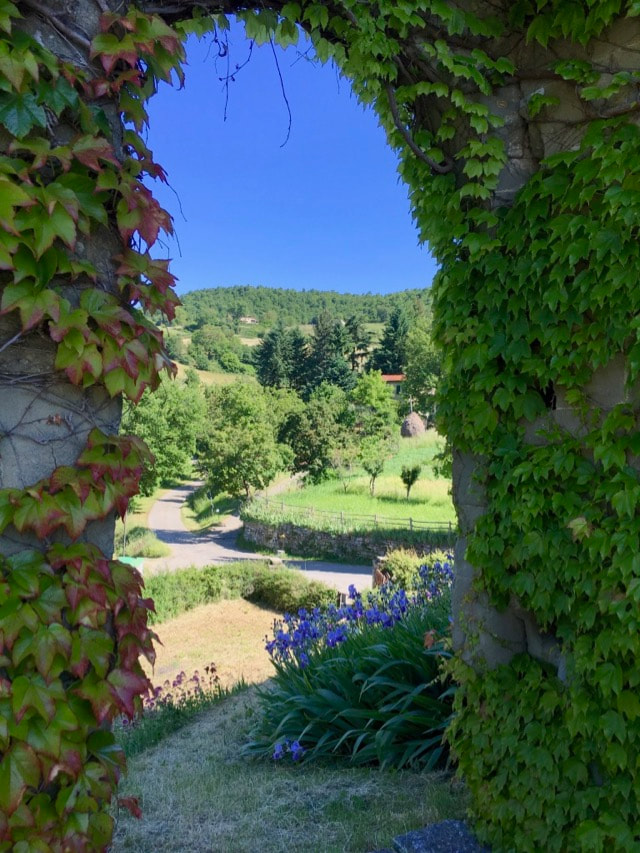
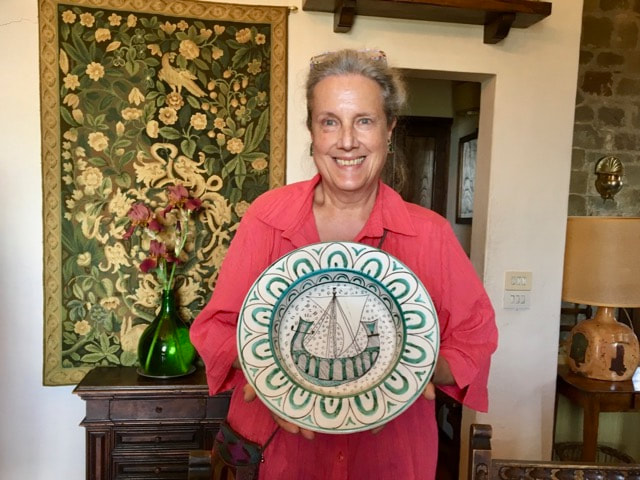
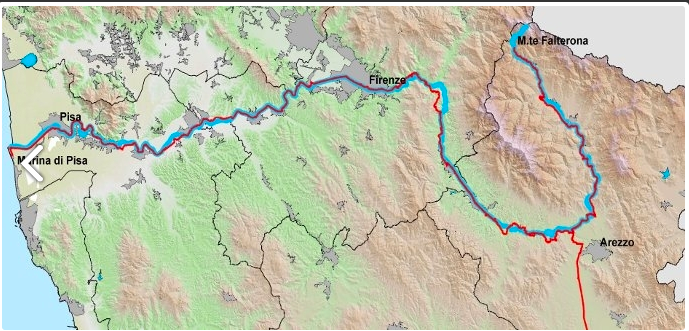
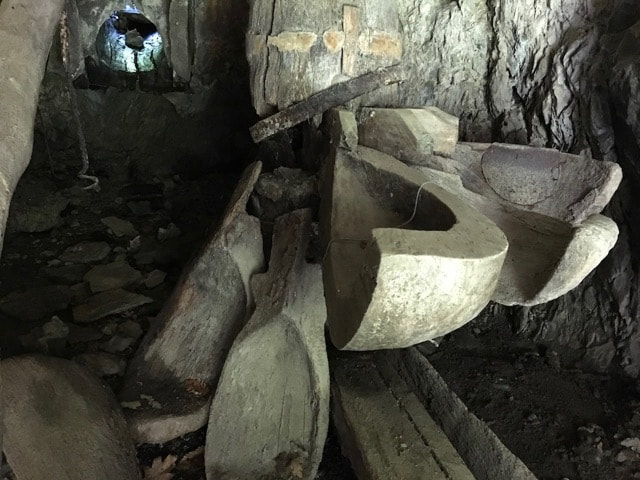
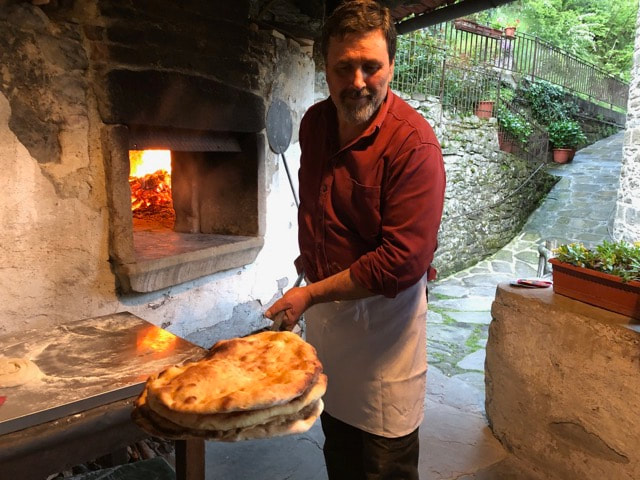
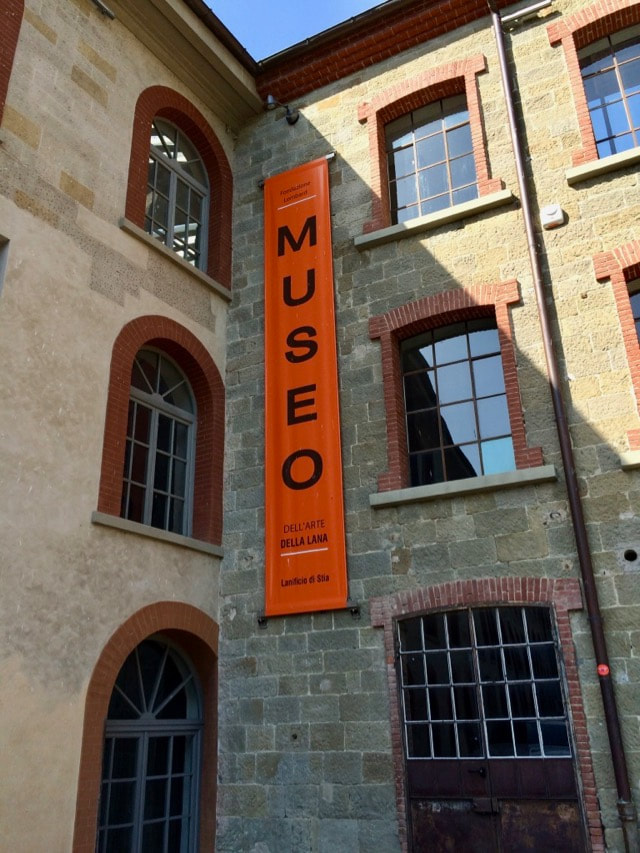
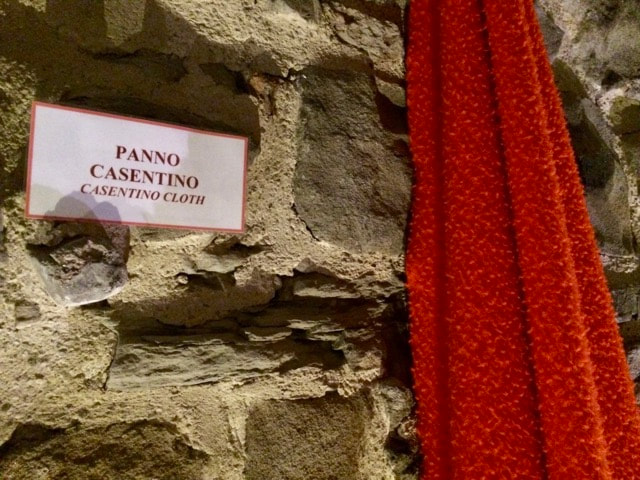
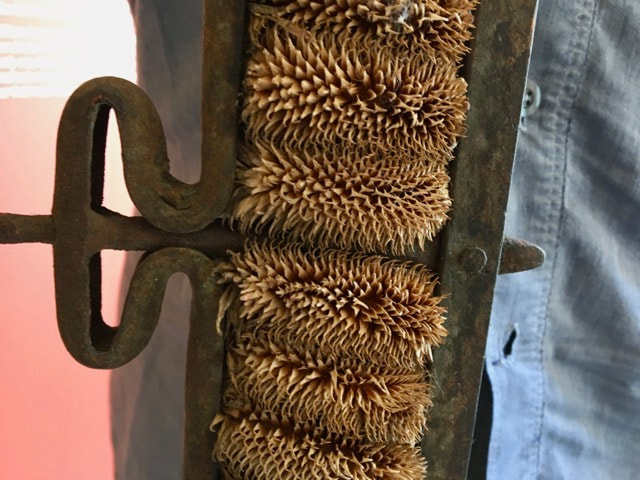
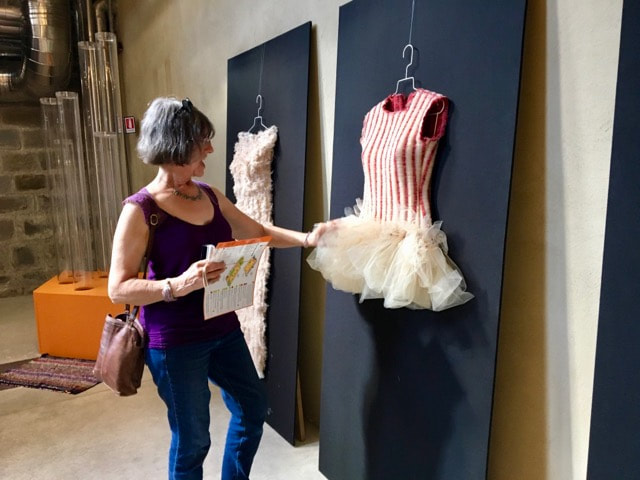
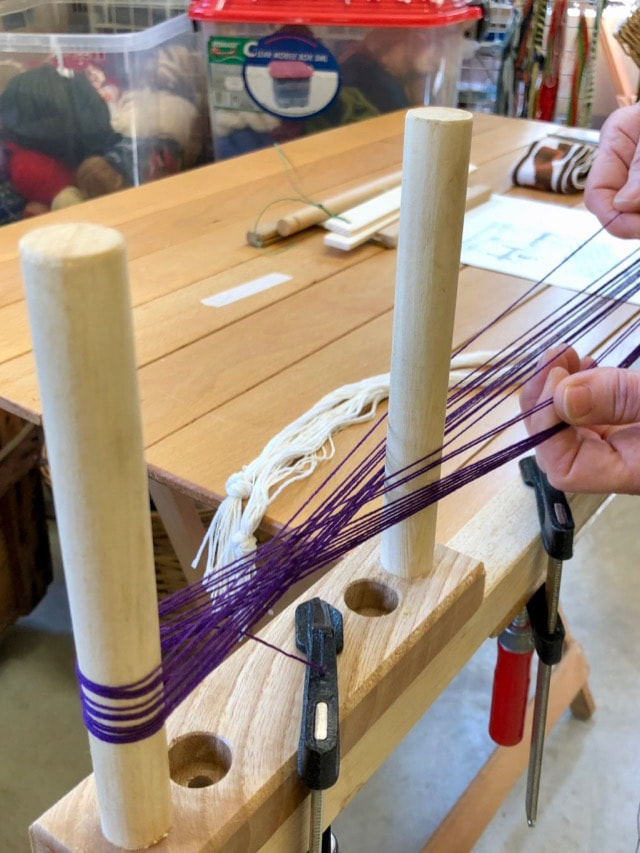
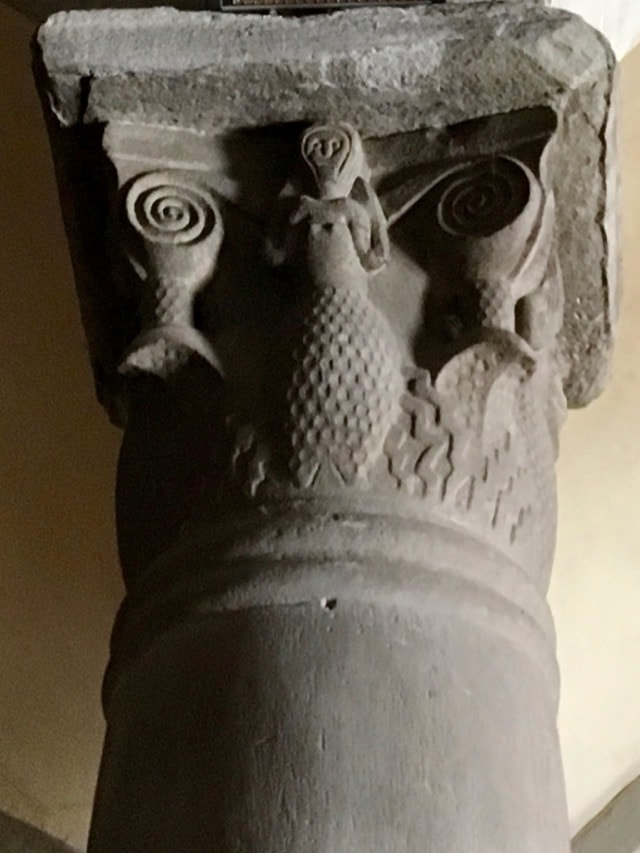
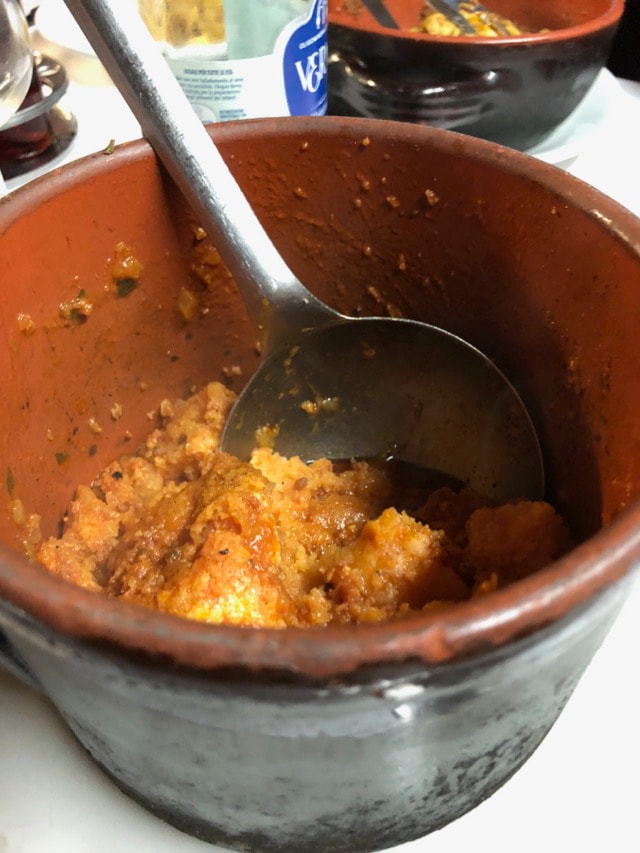
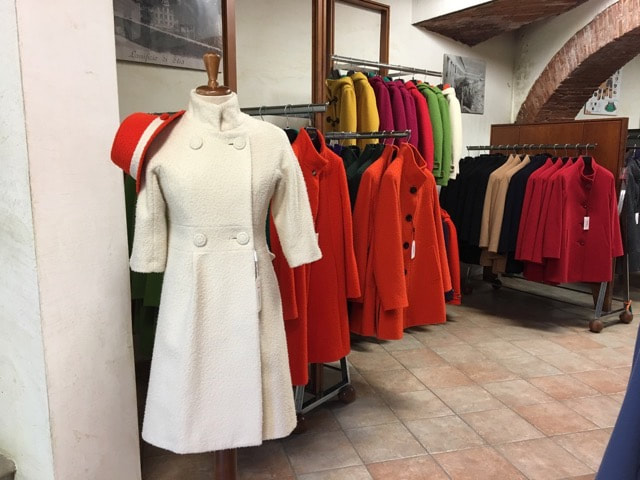
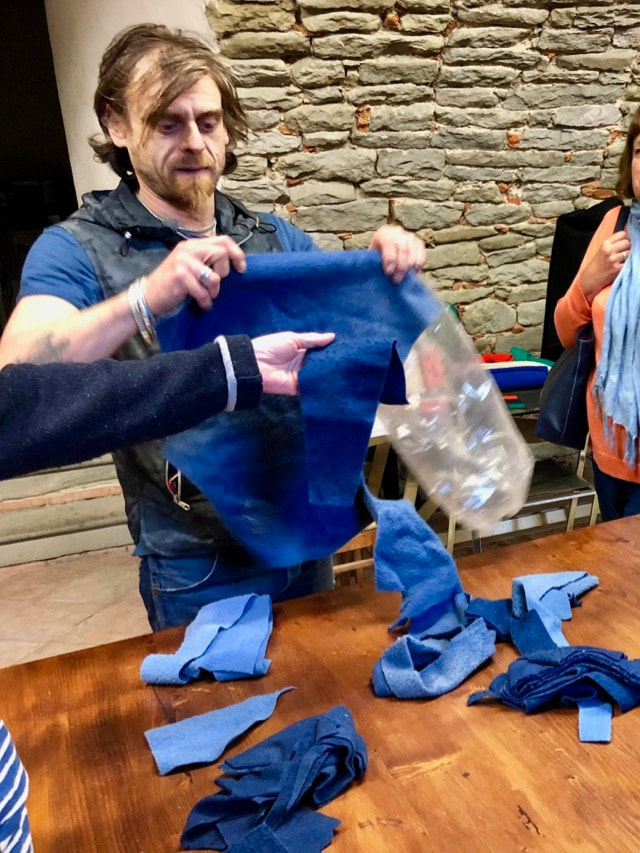
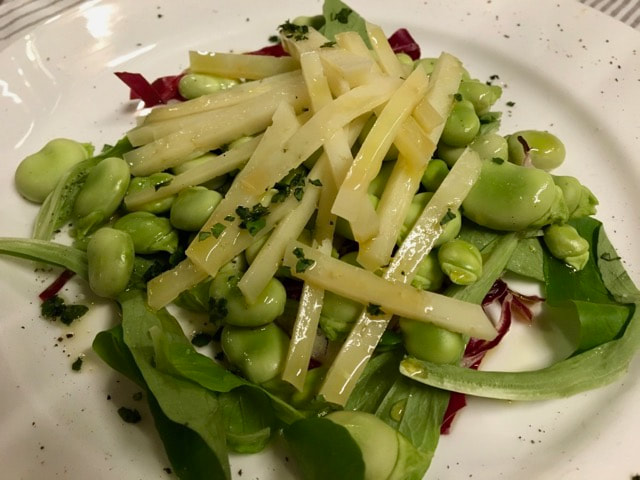
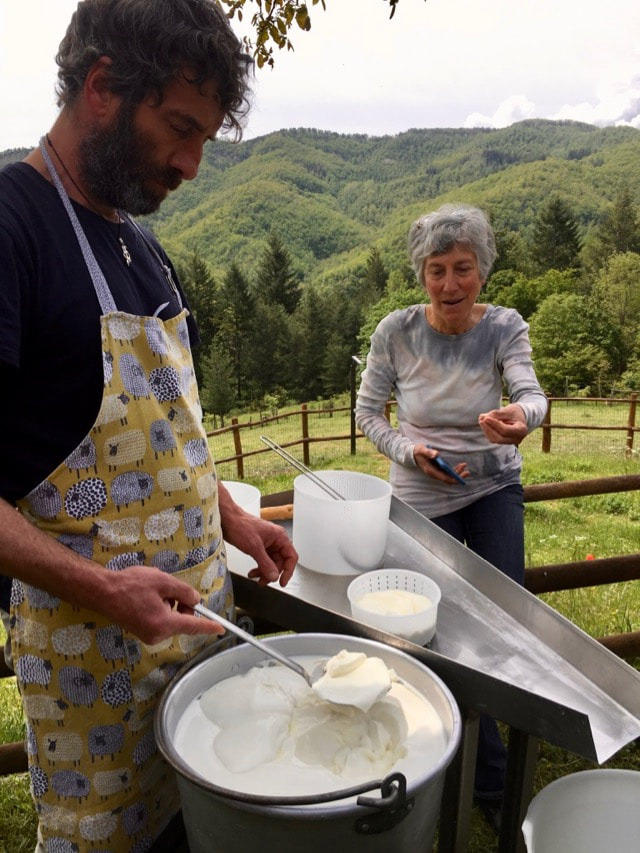

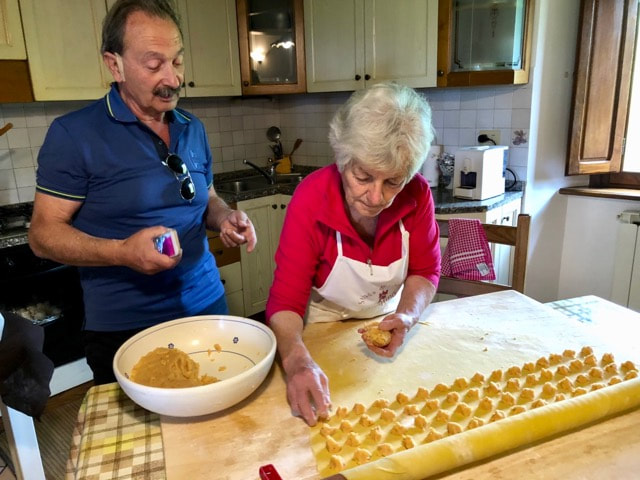
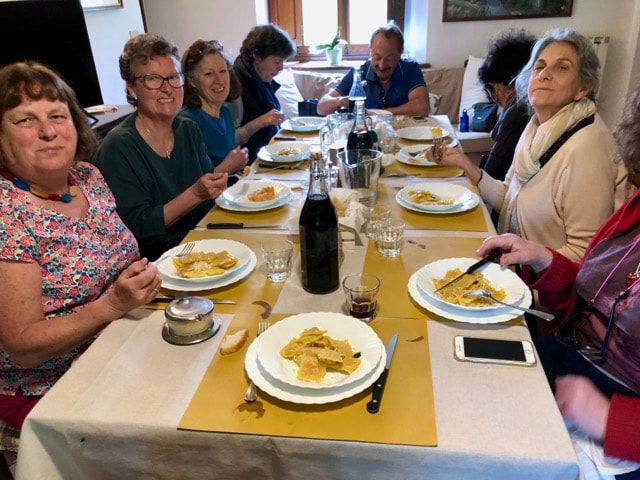
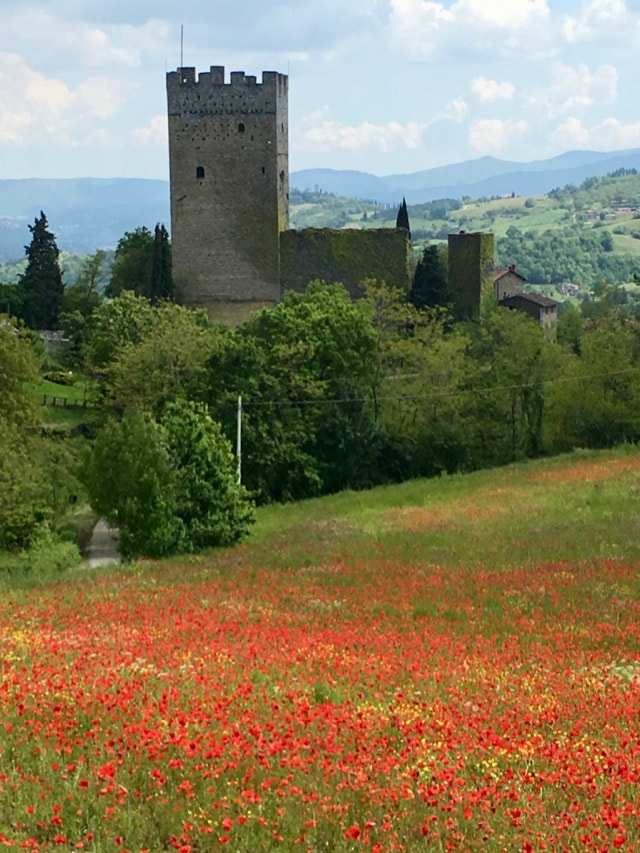
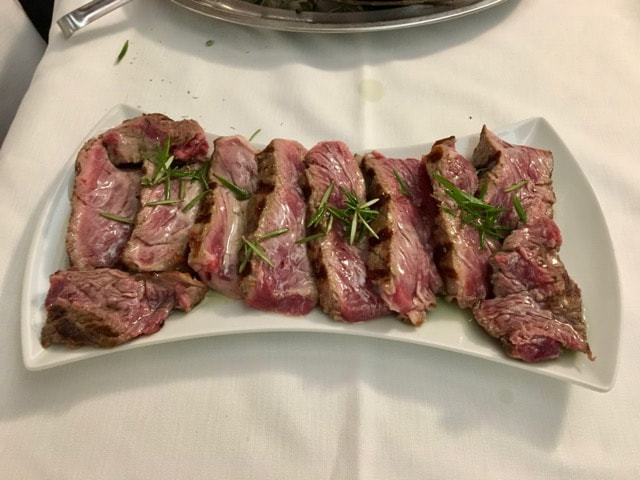
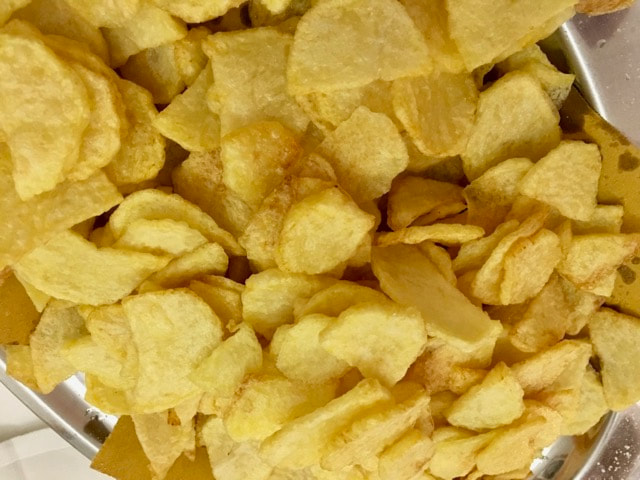
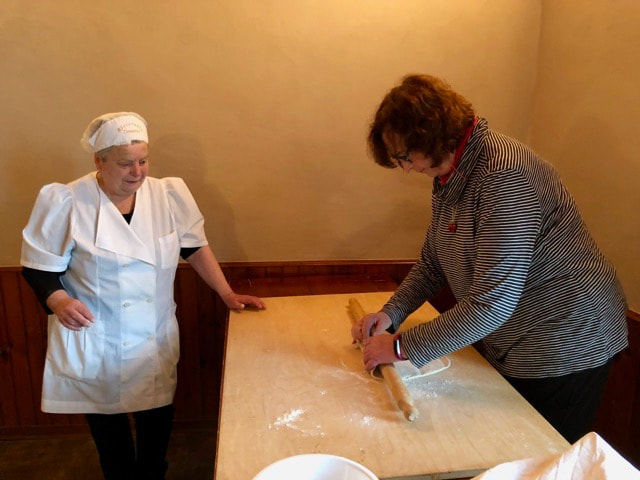
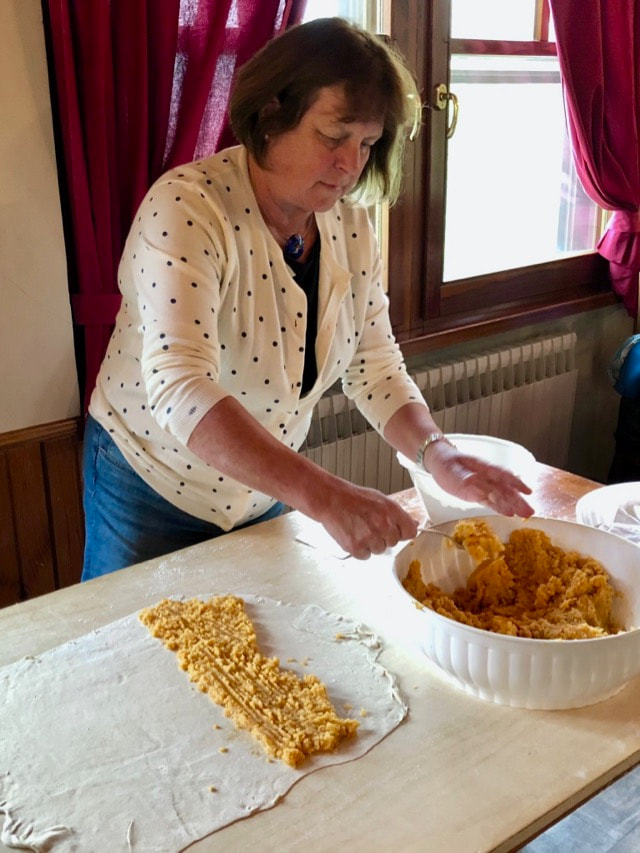
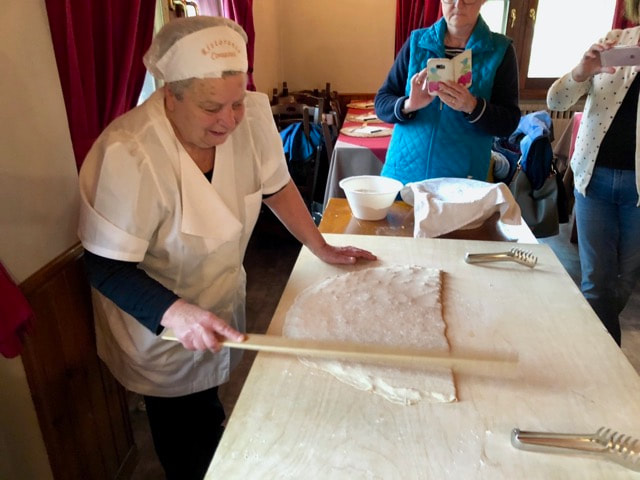
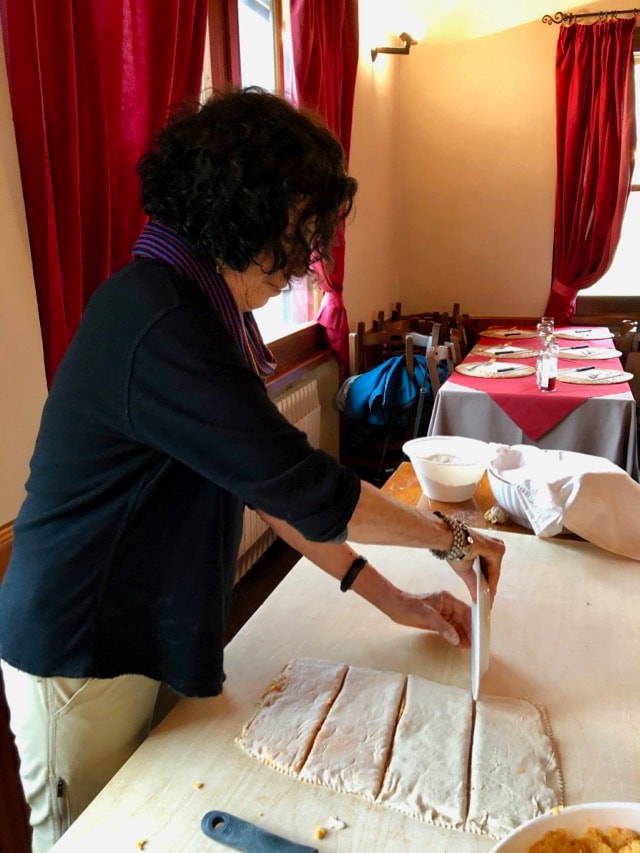

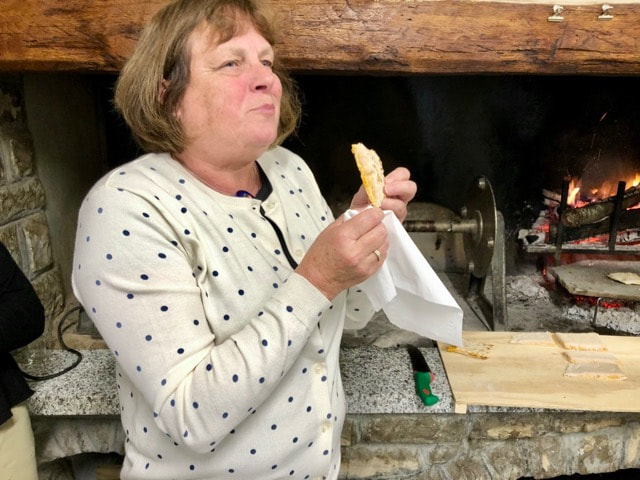
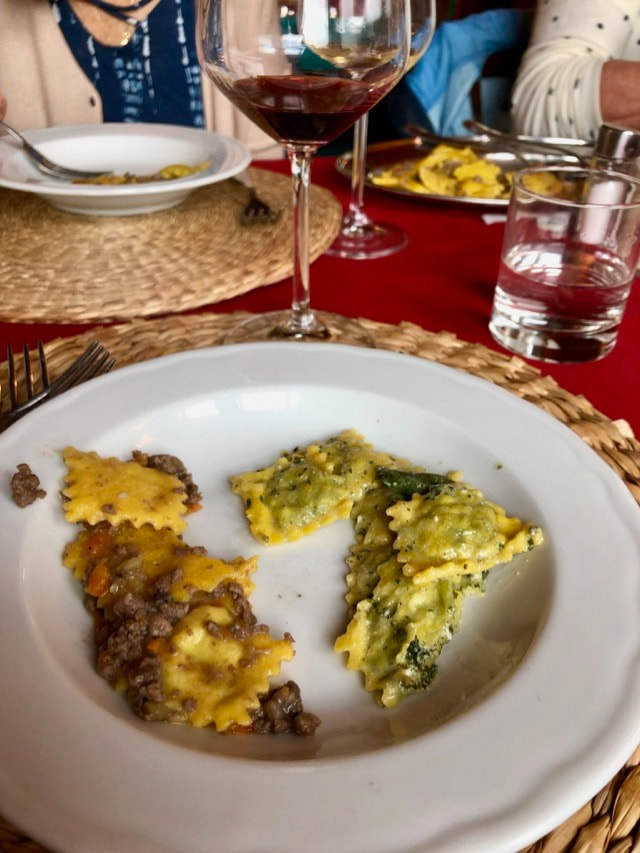
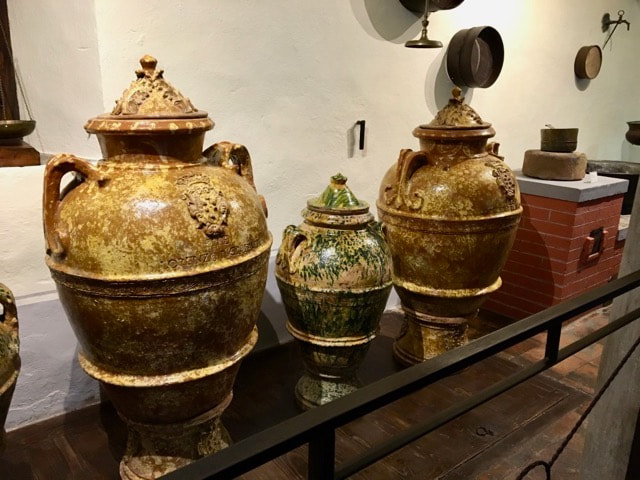
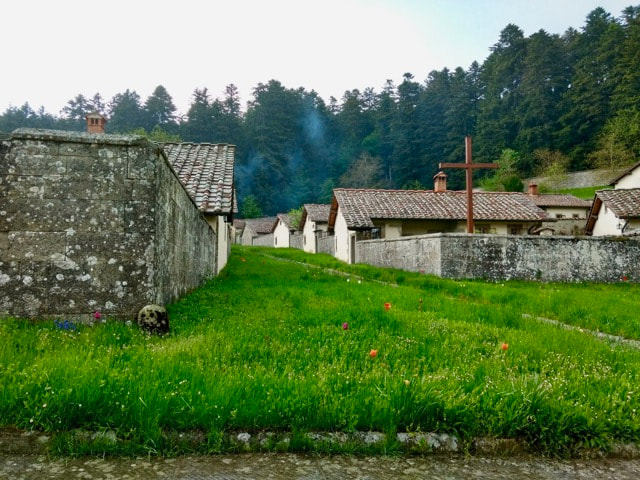
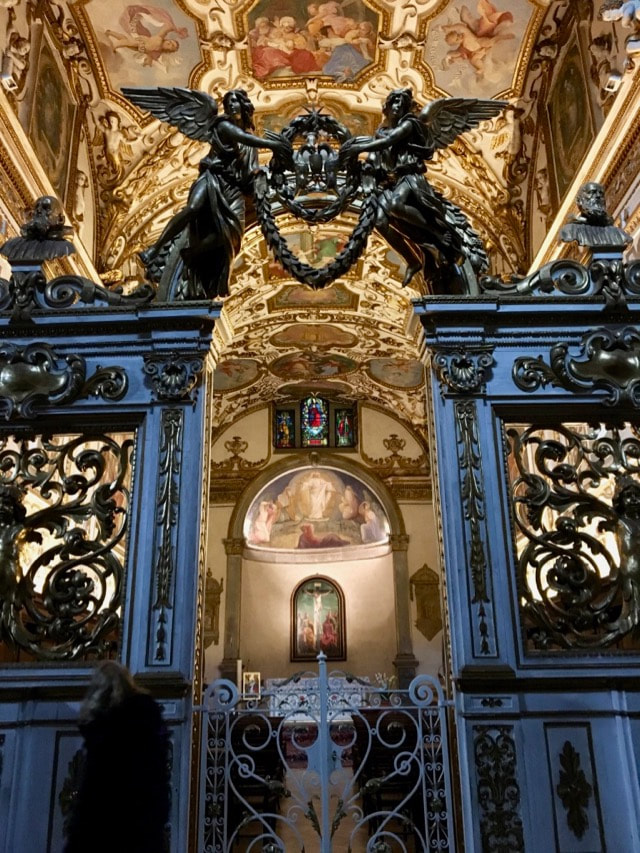
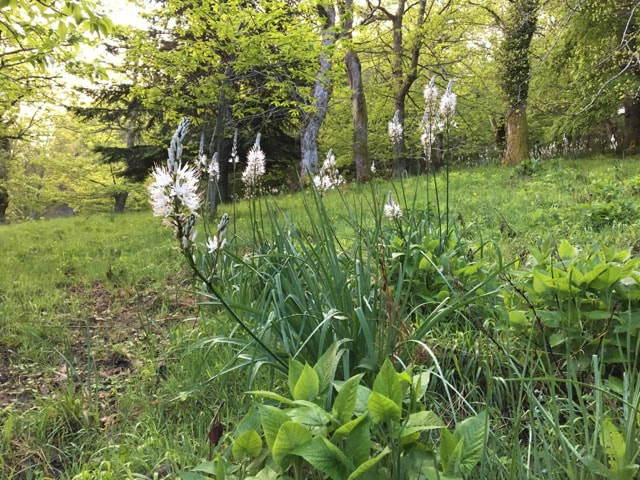
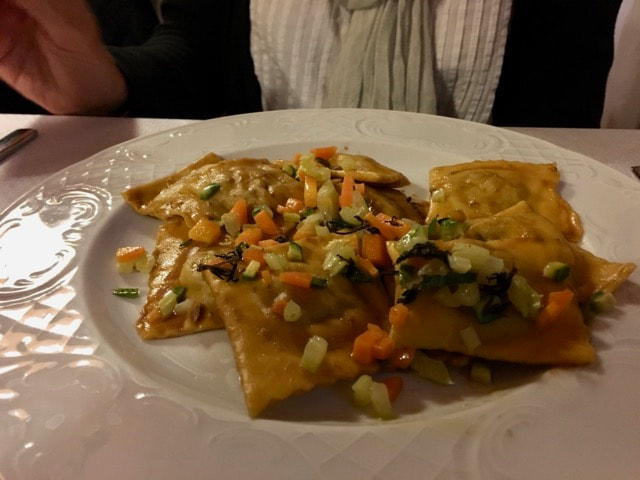

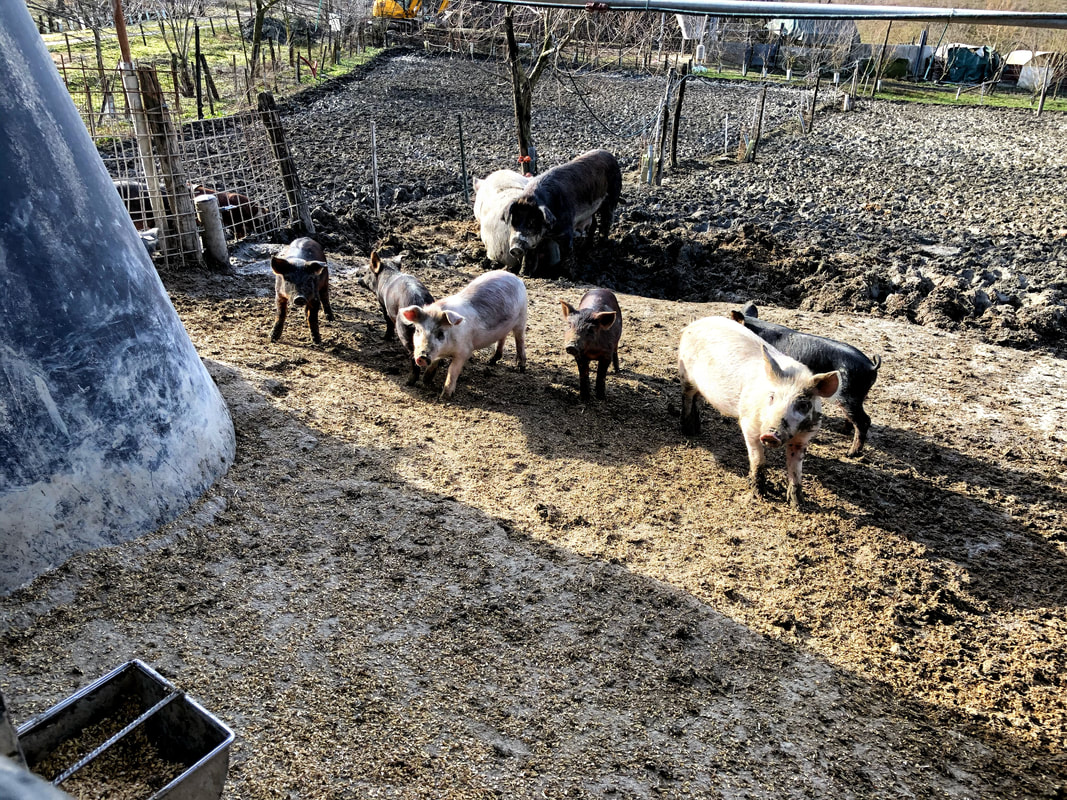
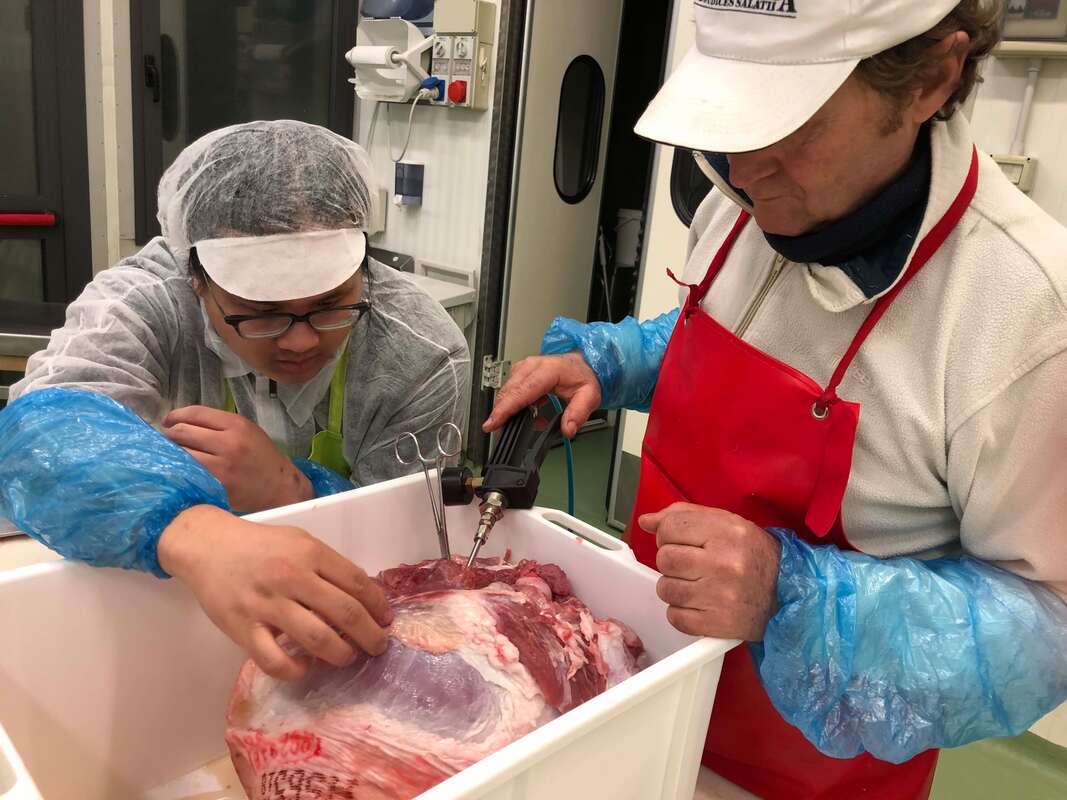
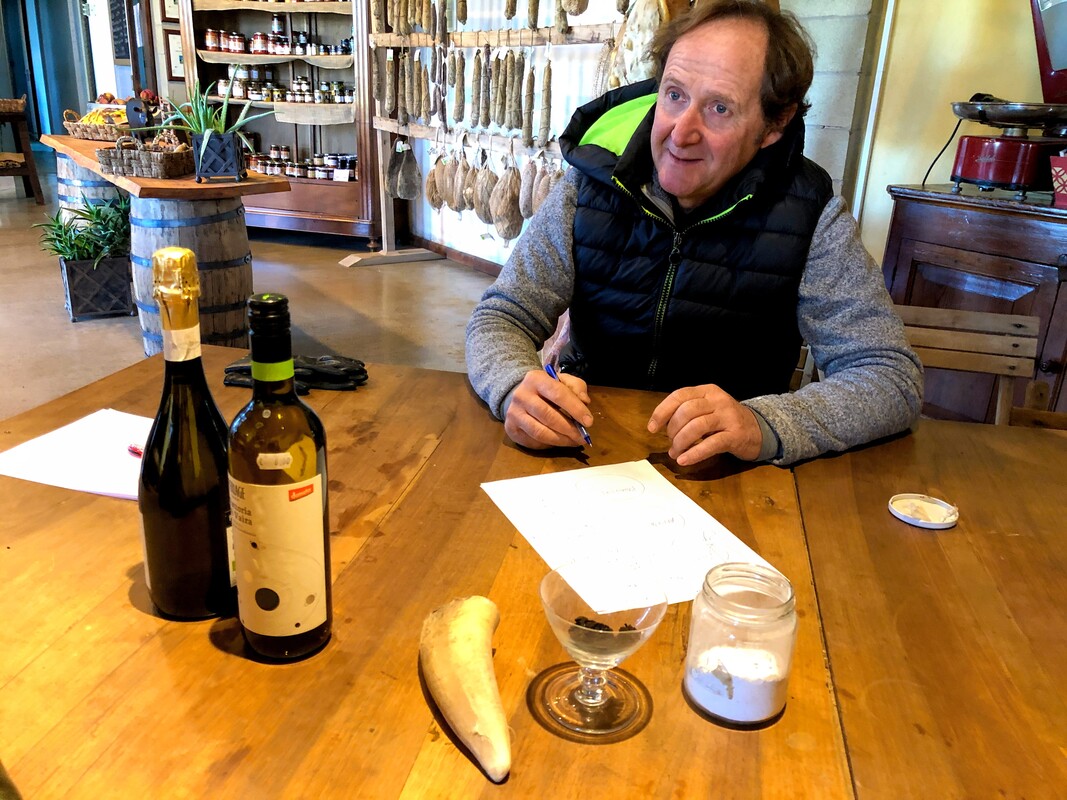
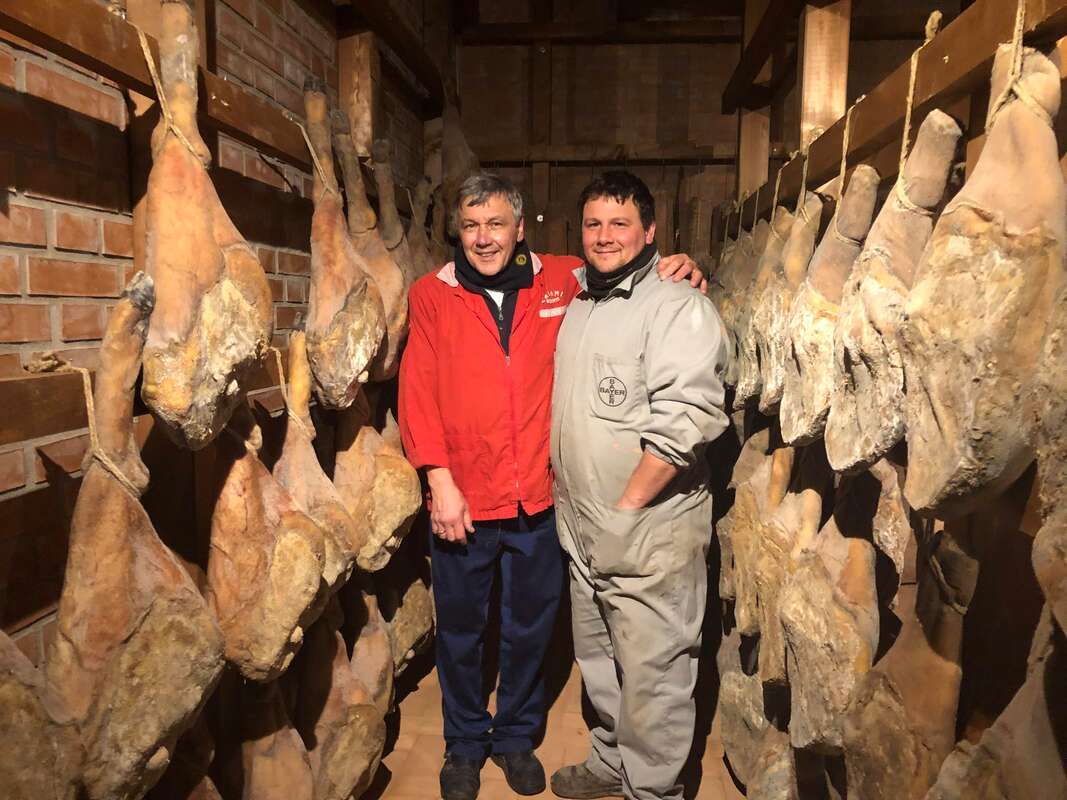
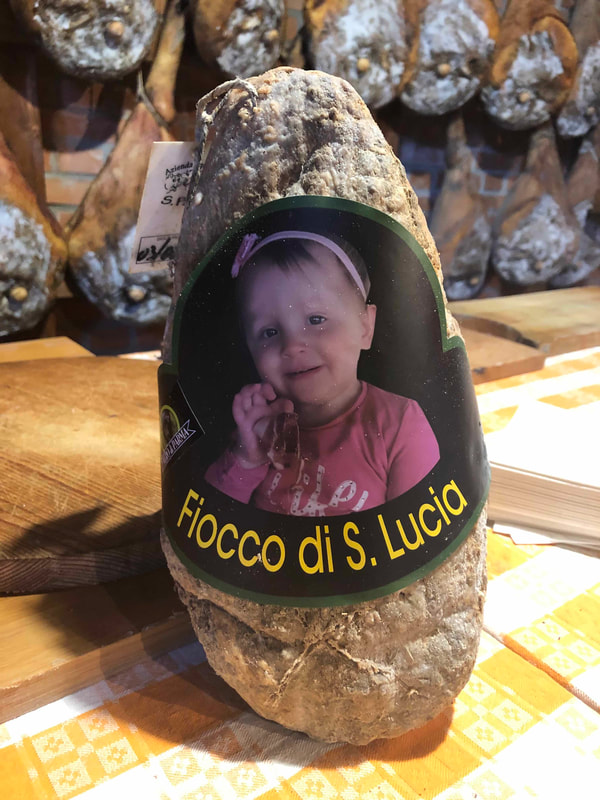

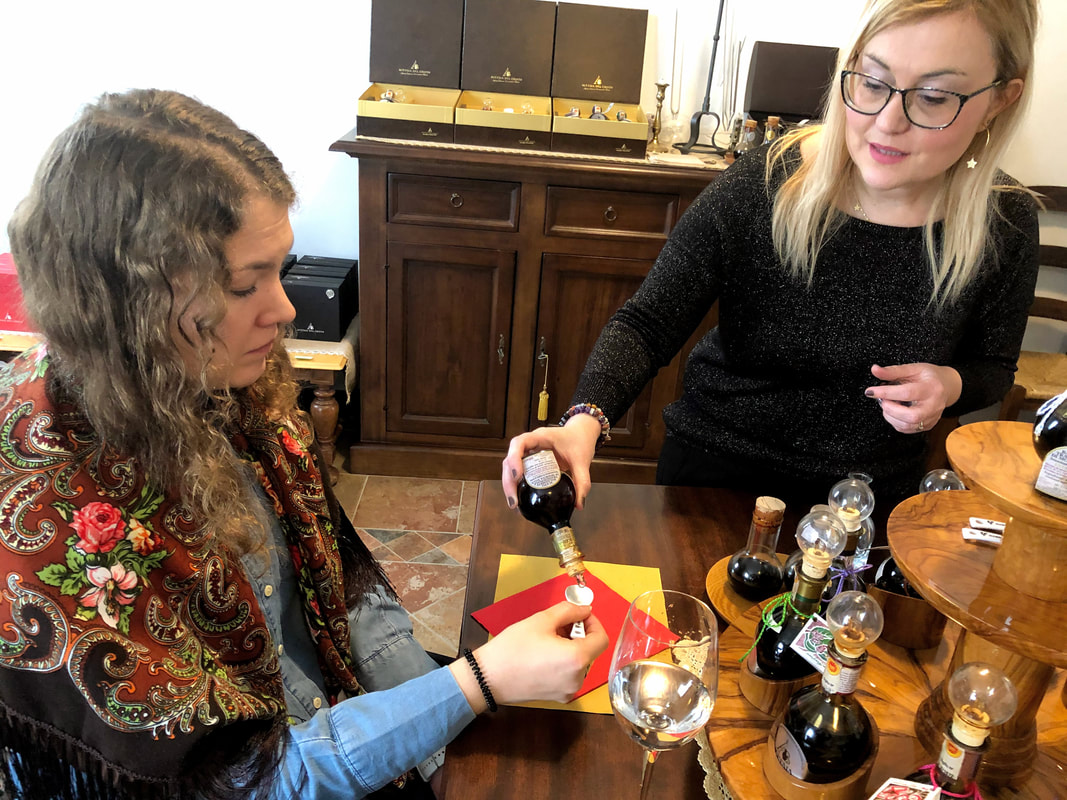
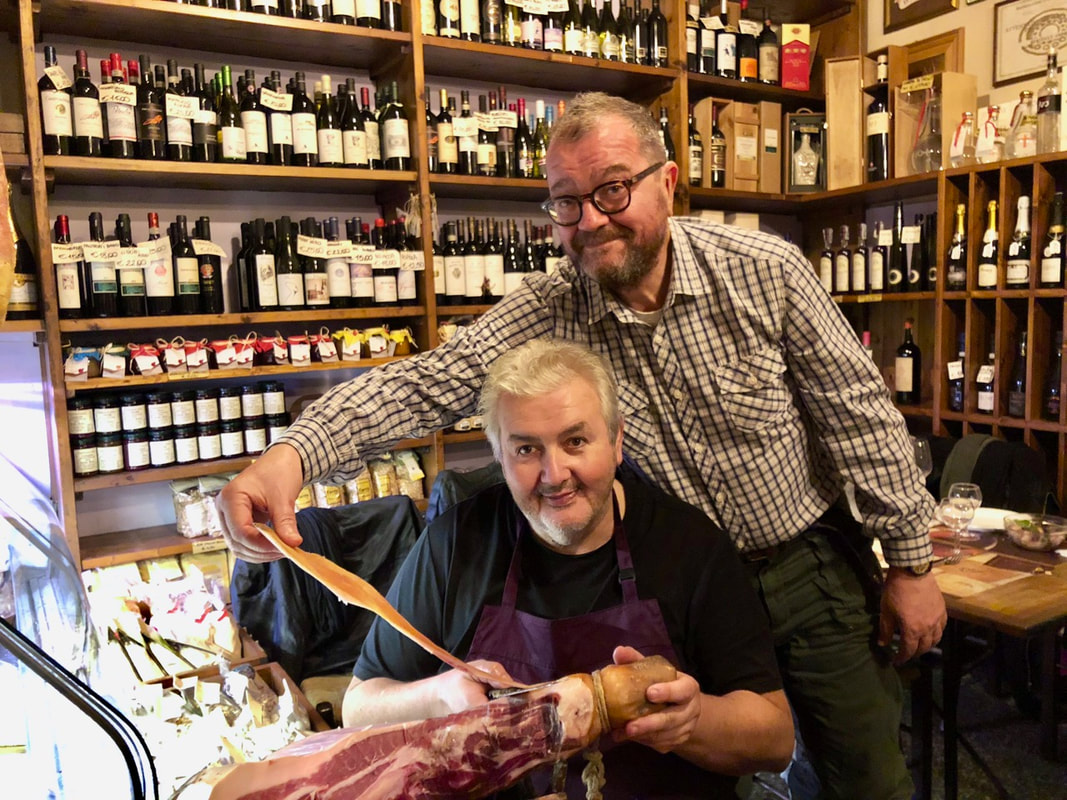
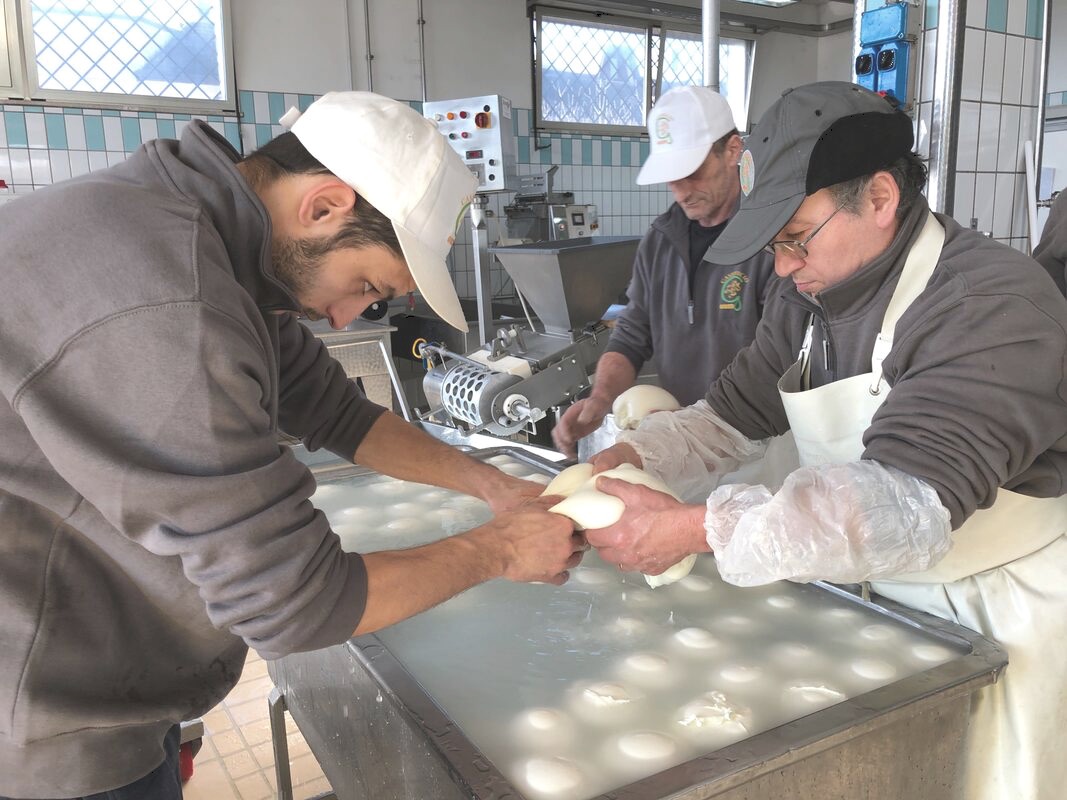
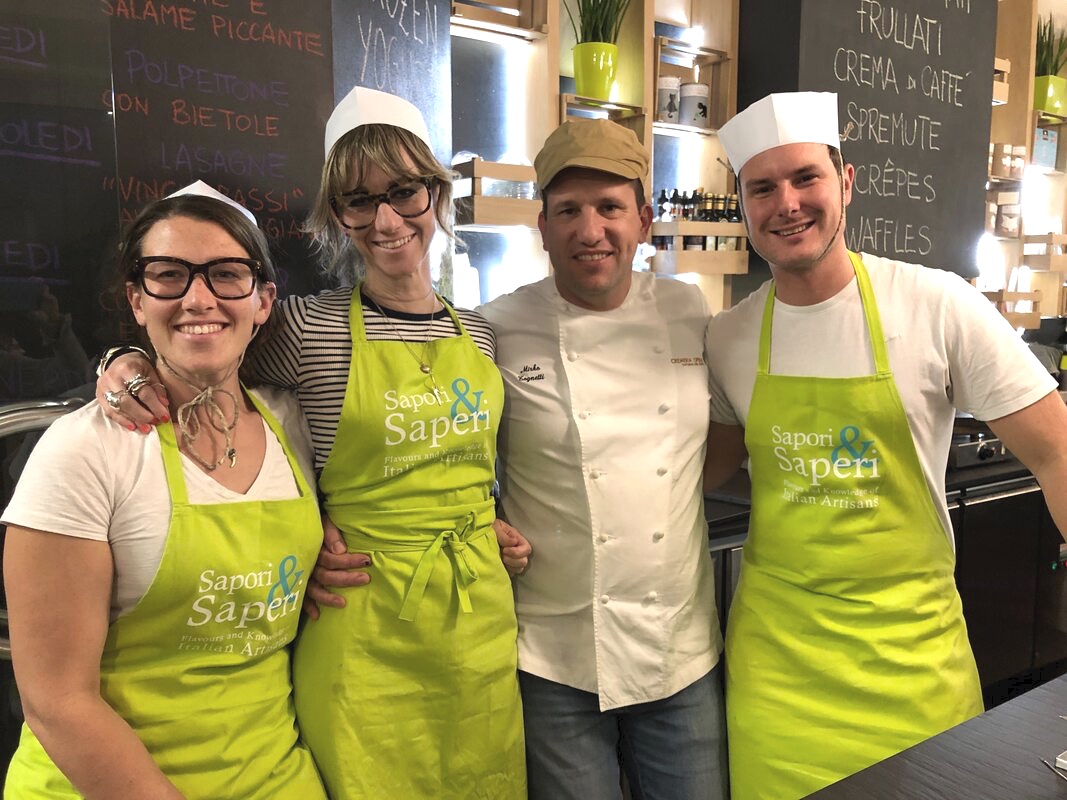
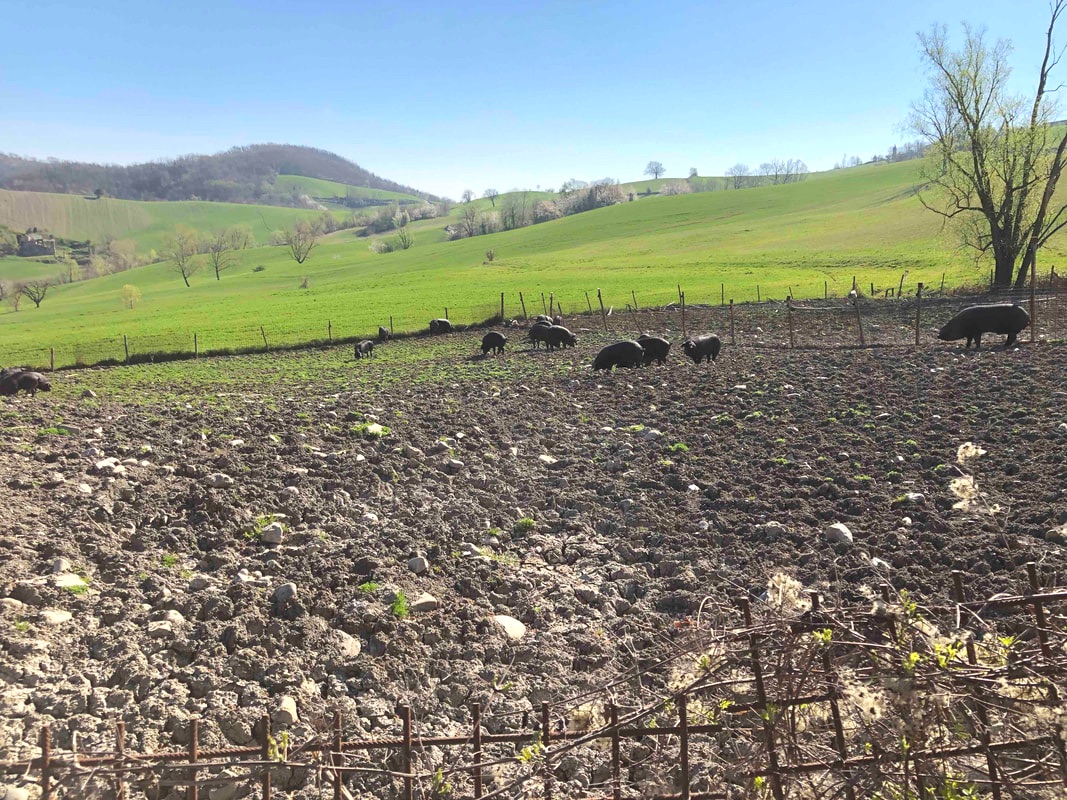
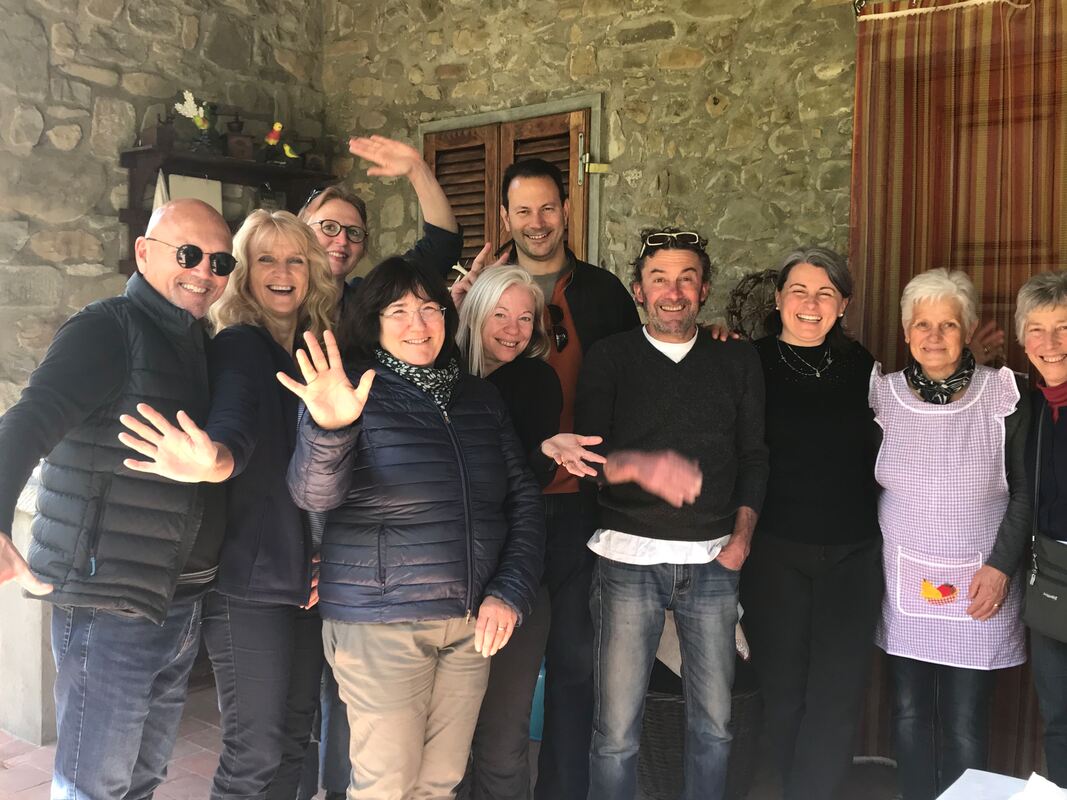
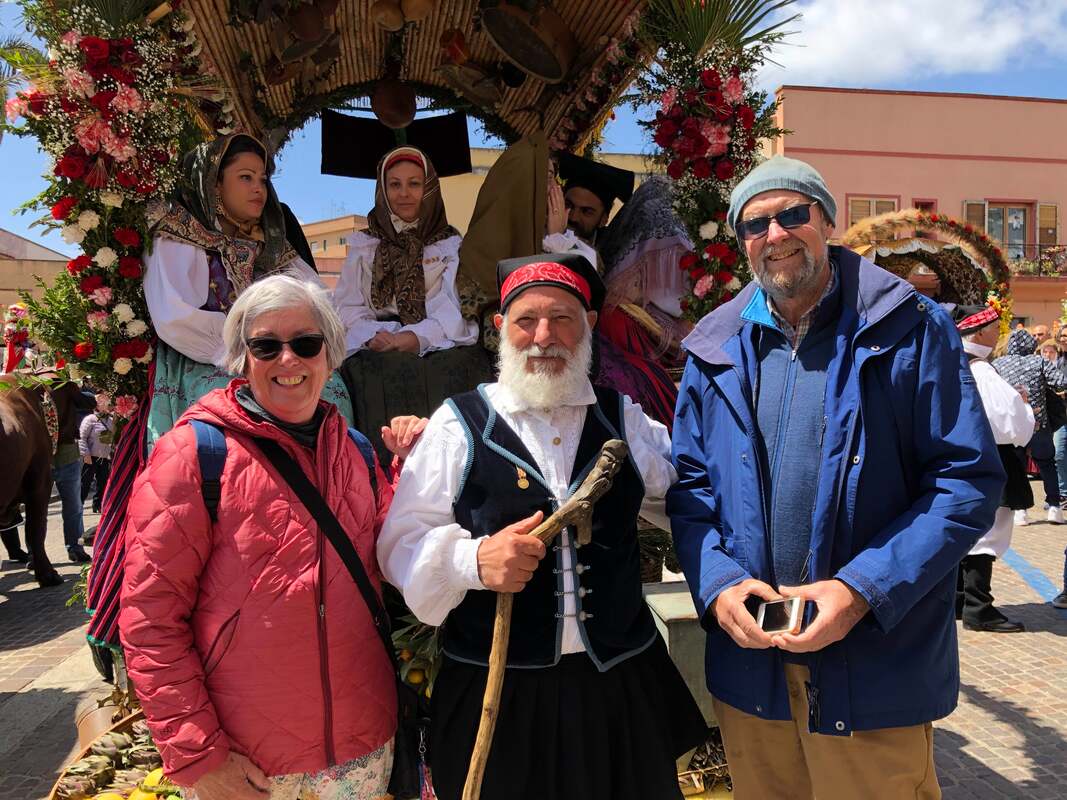
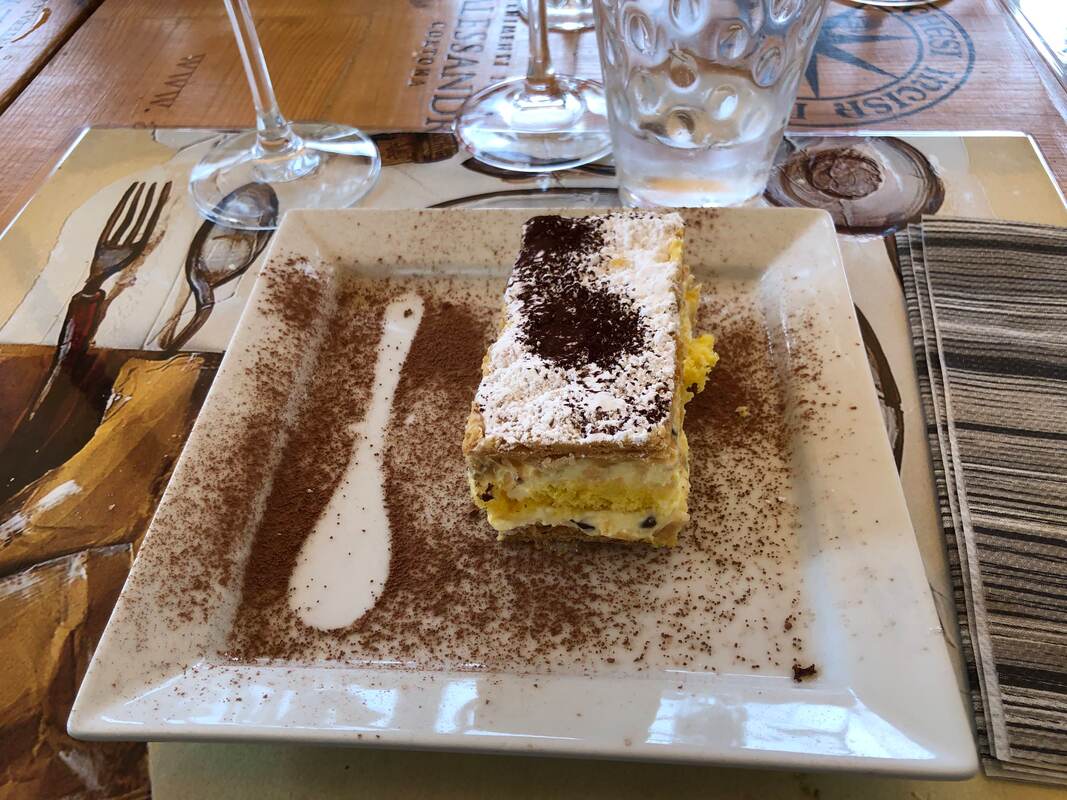
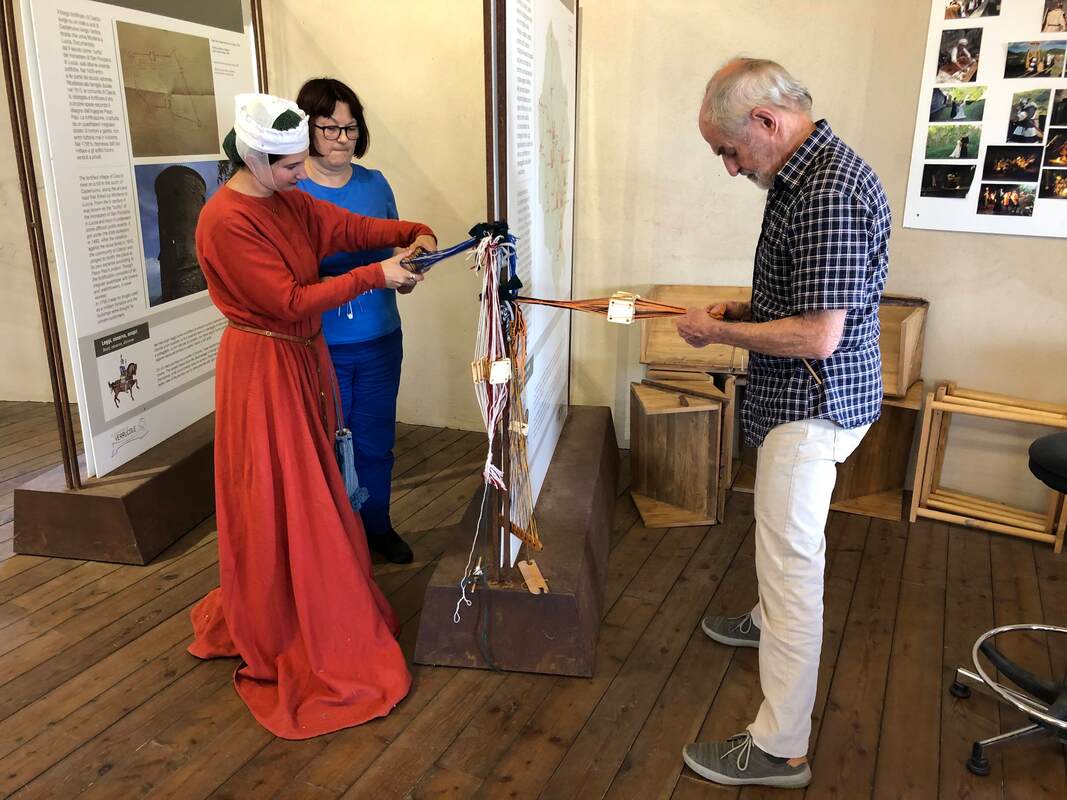
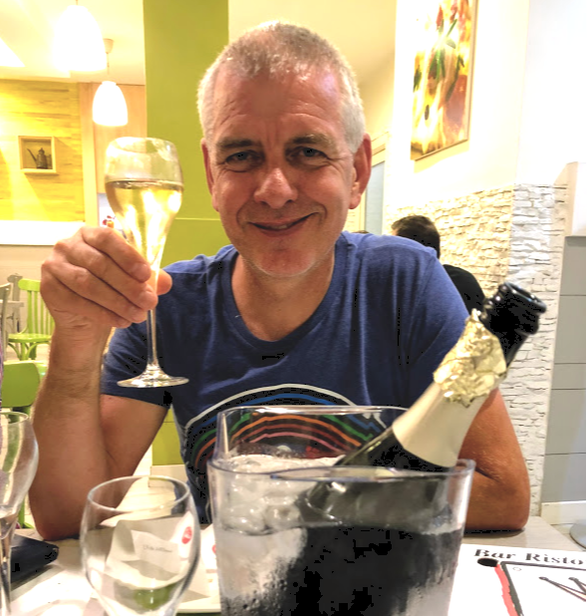
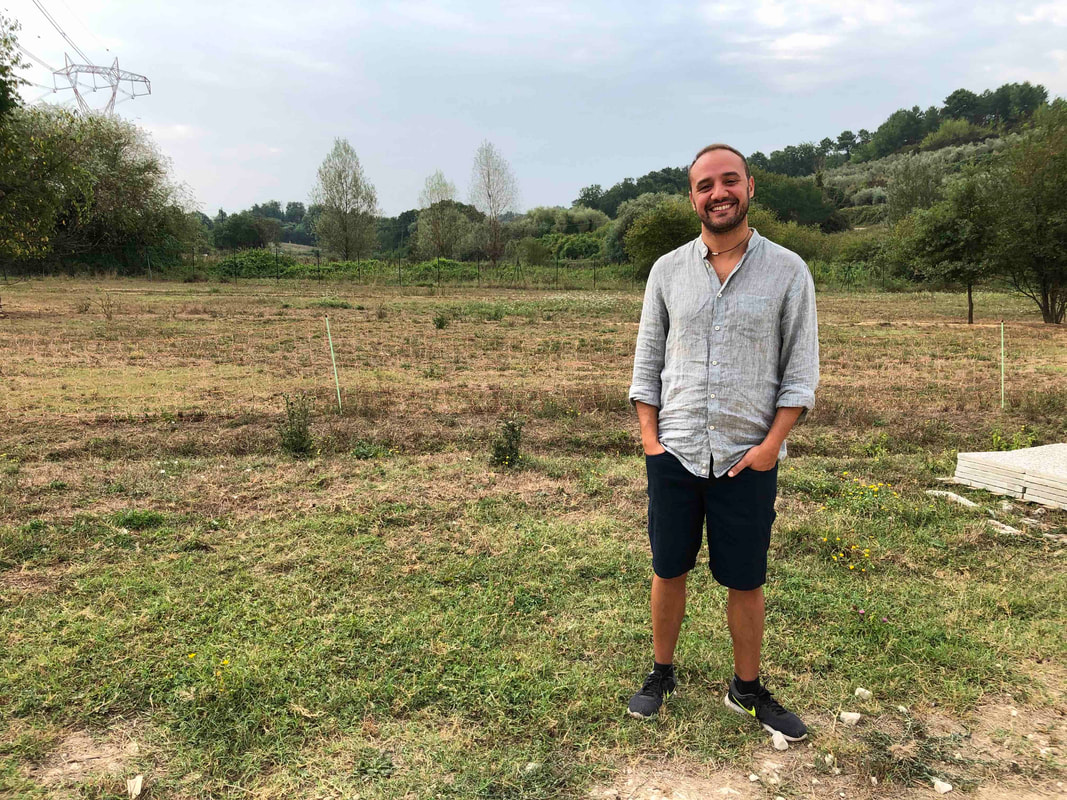
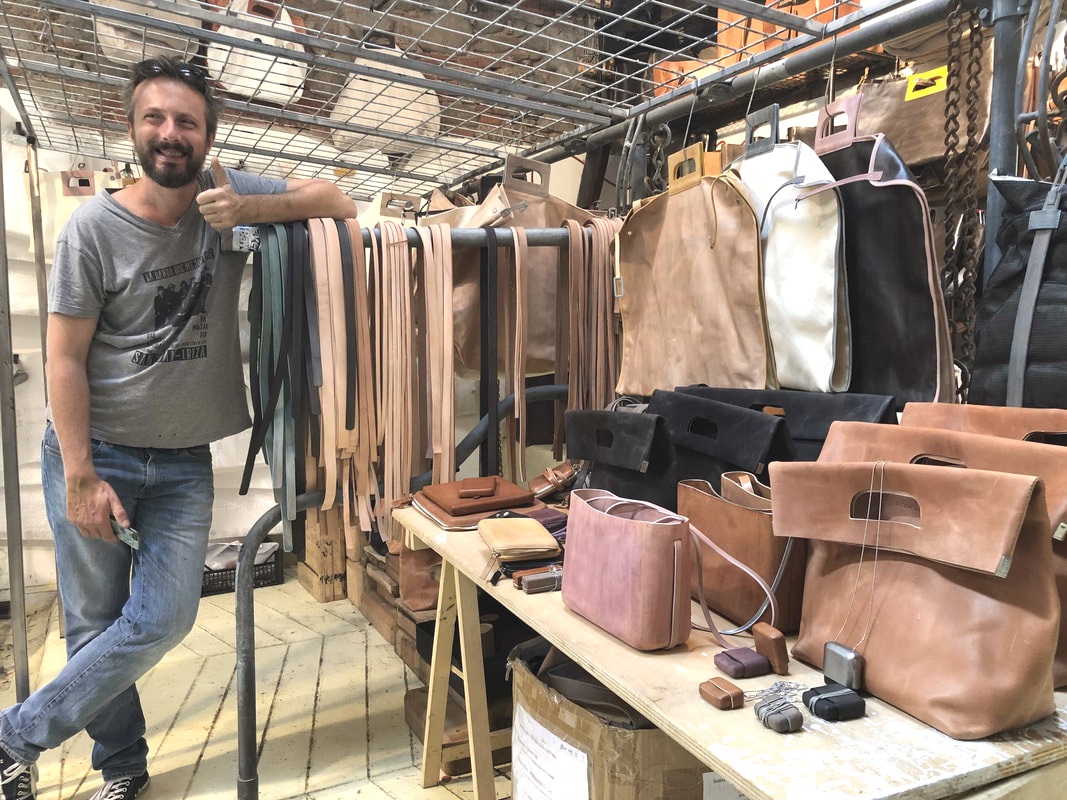
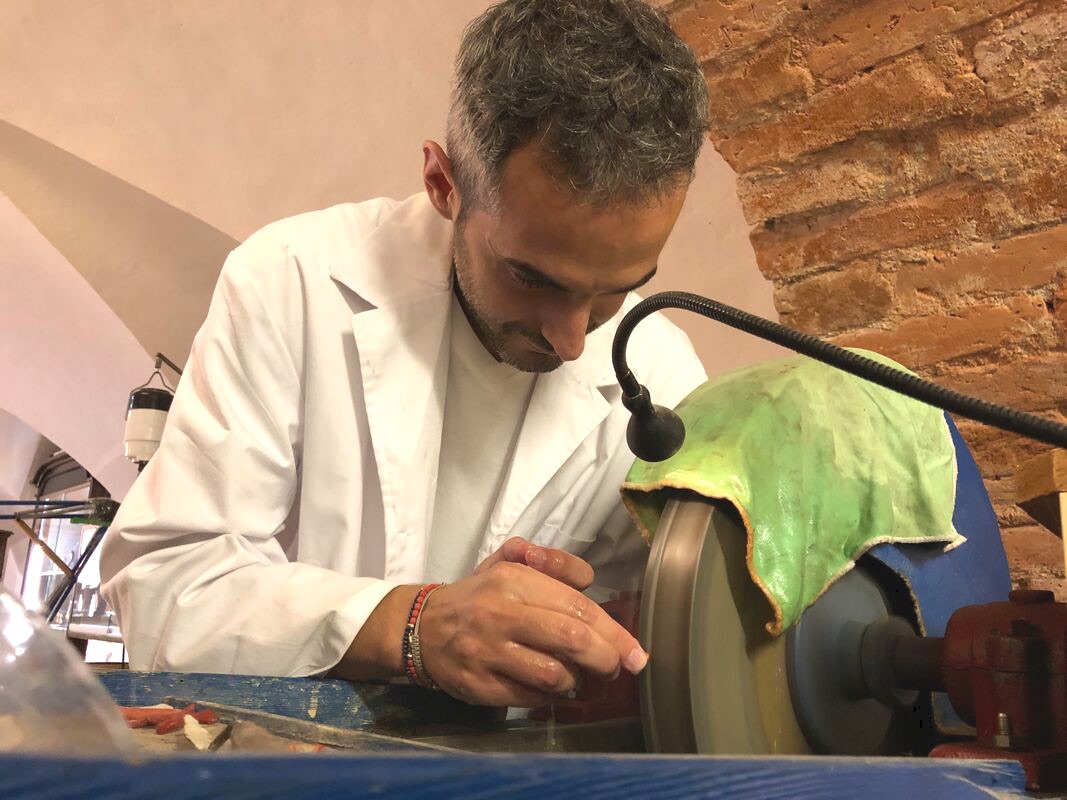
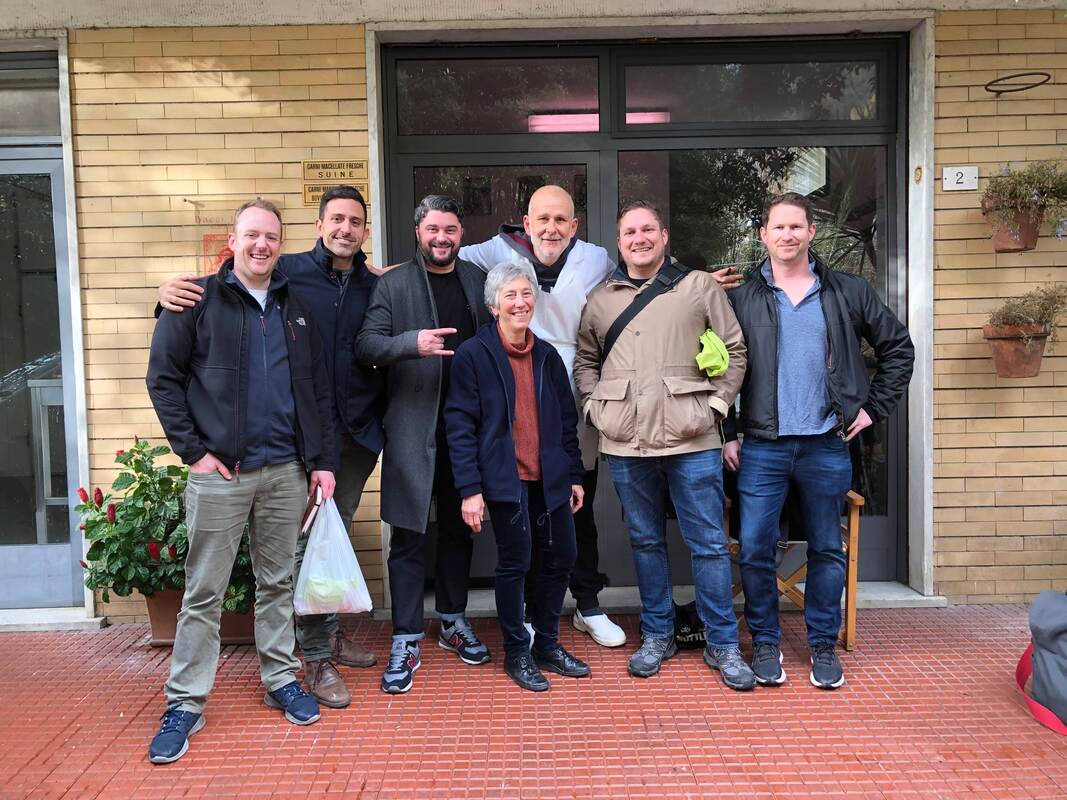
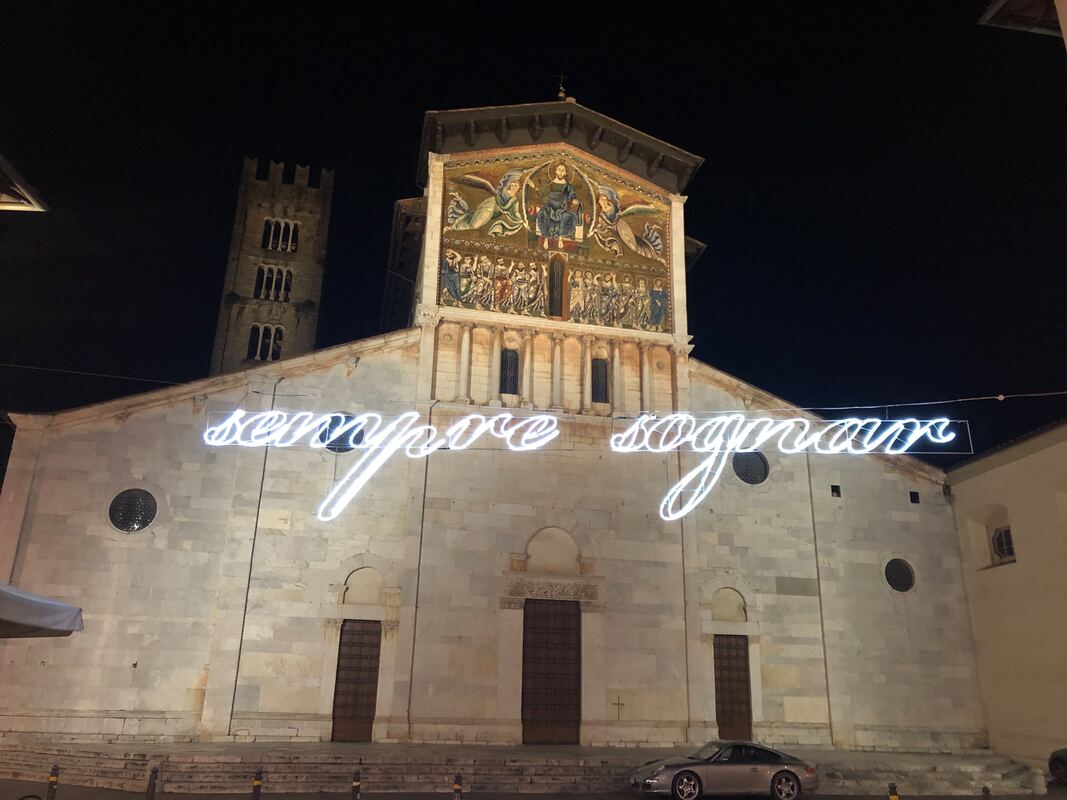
 RSS Feed
RSS Feed



